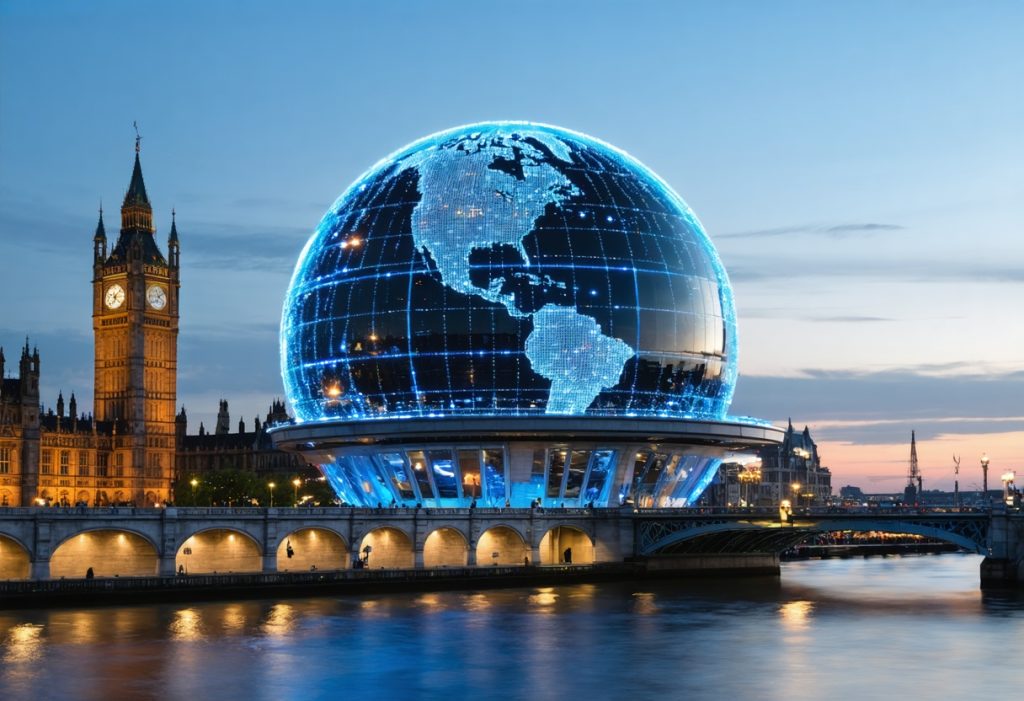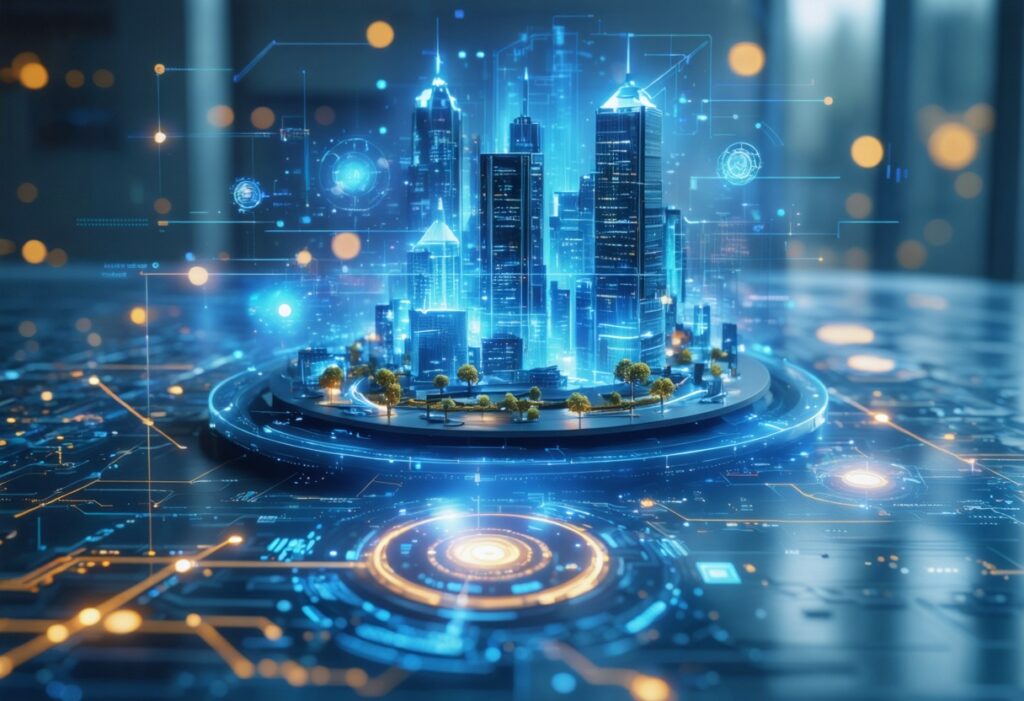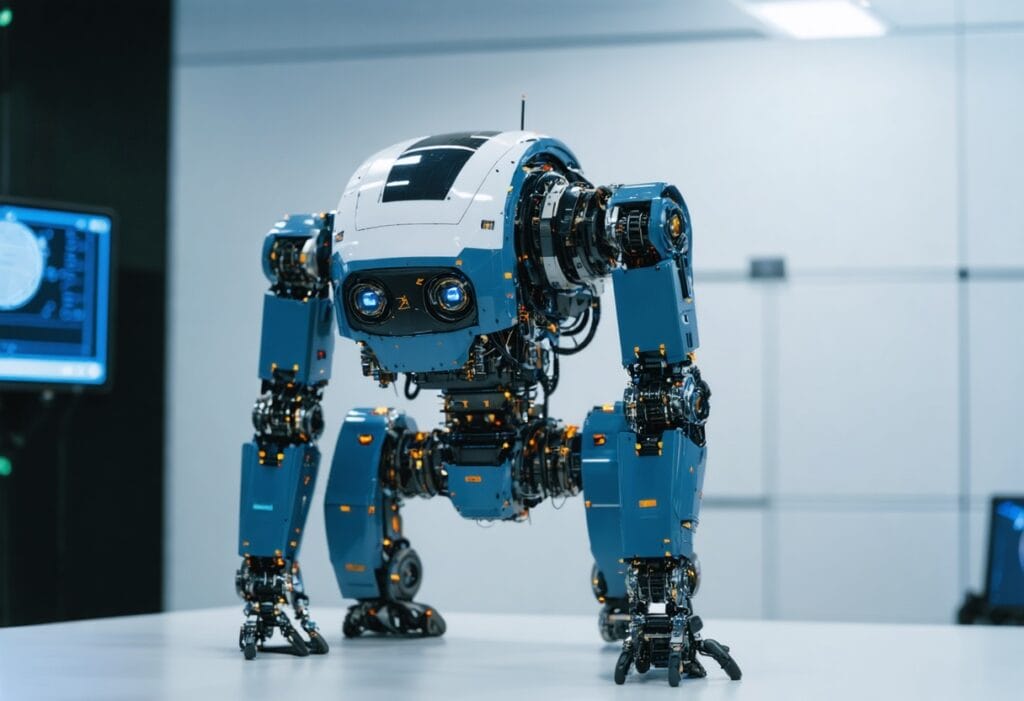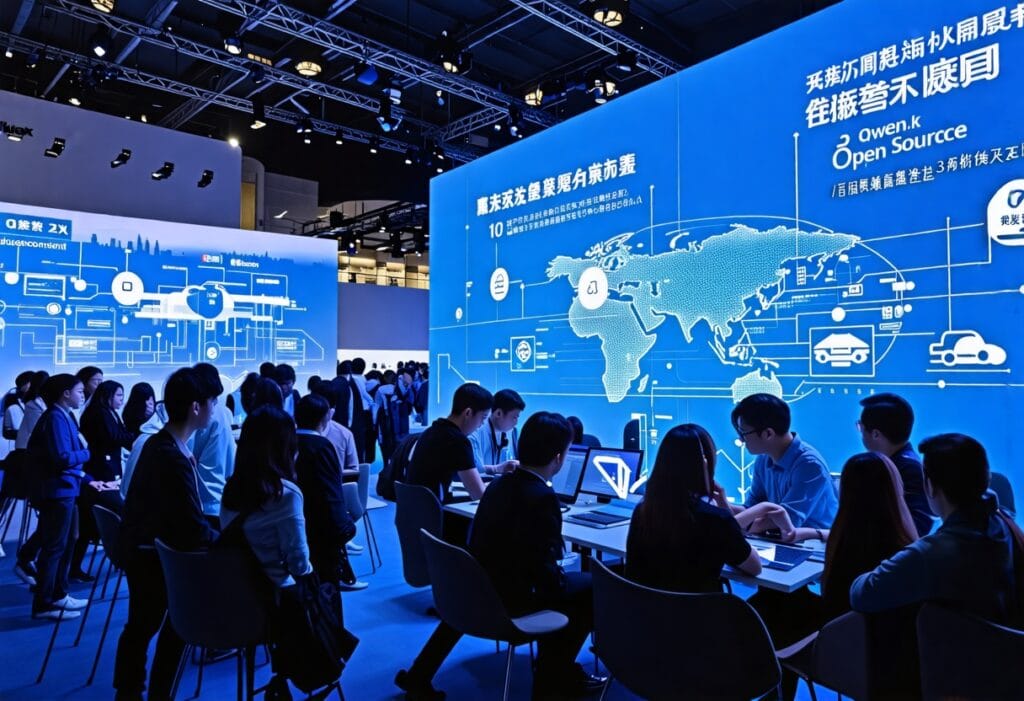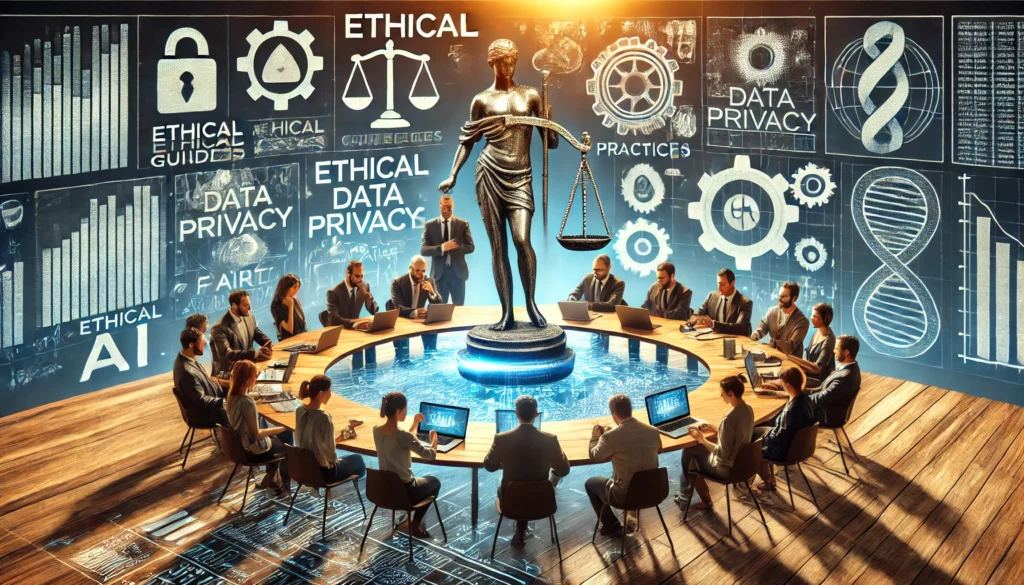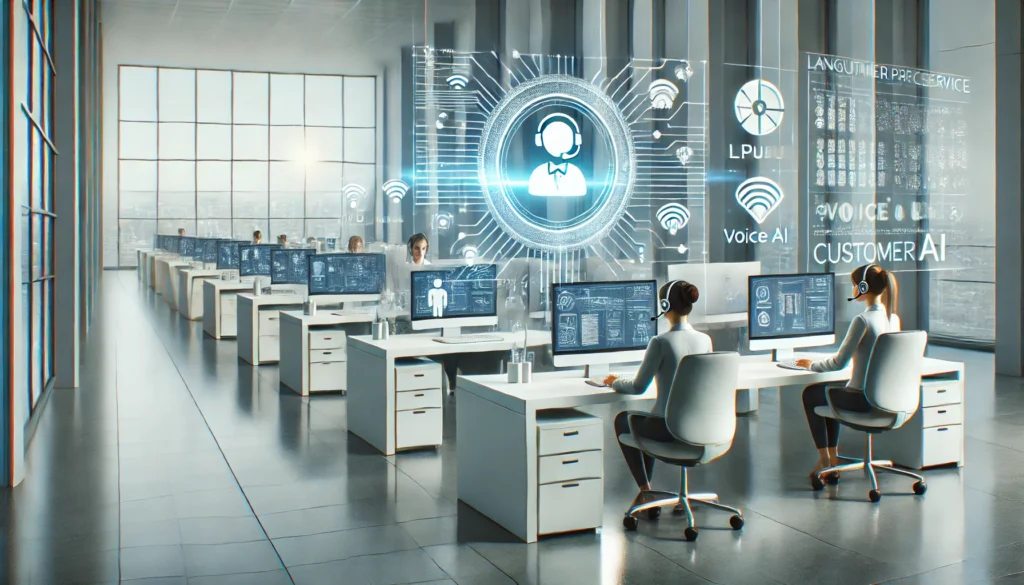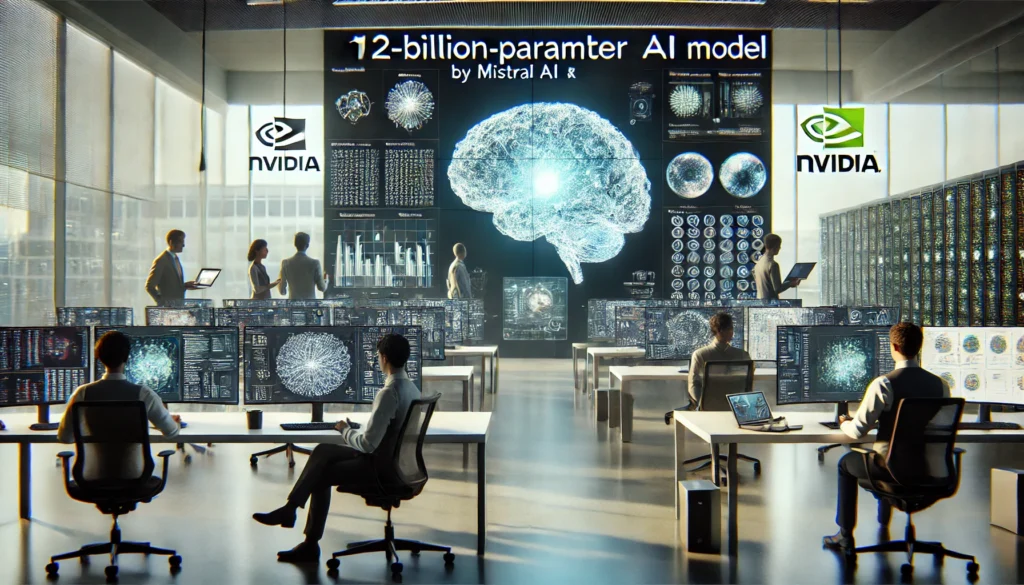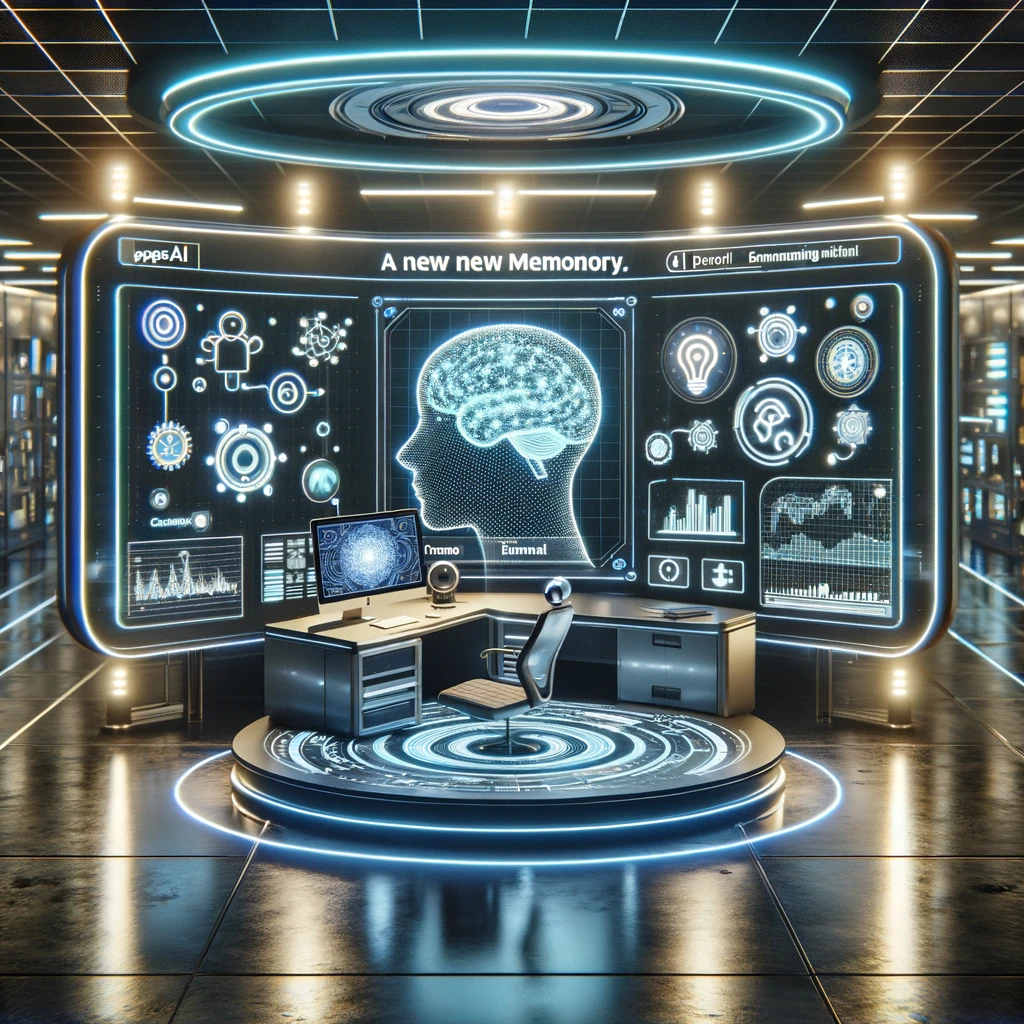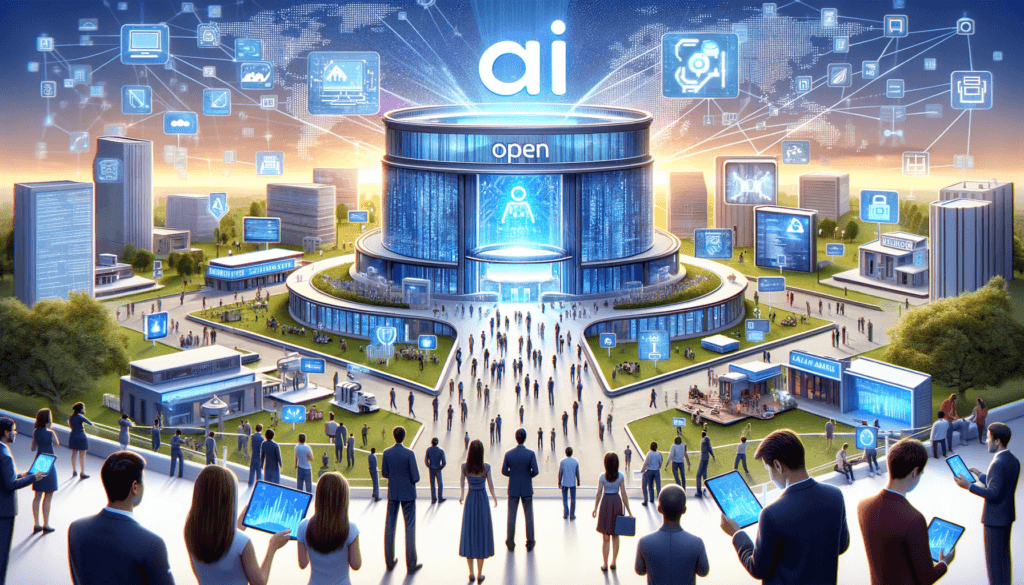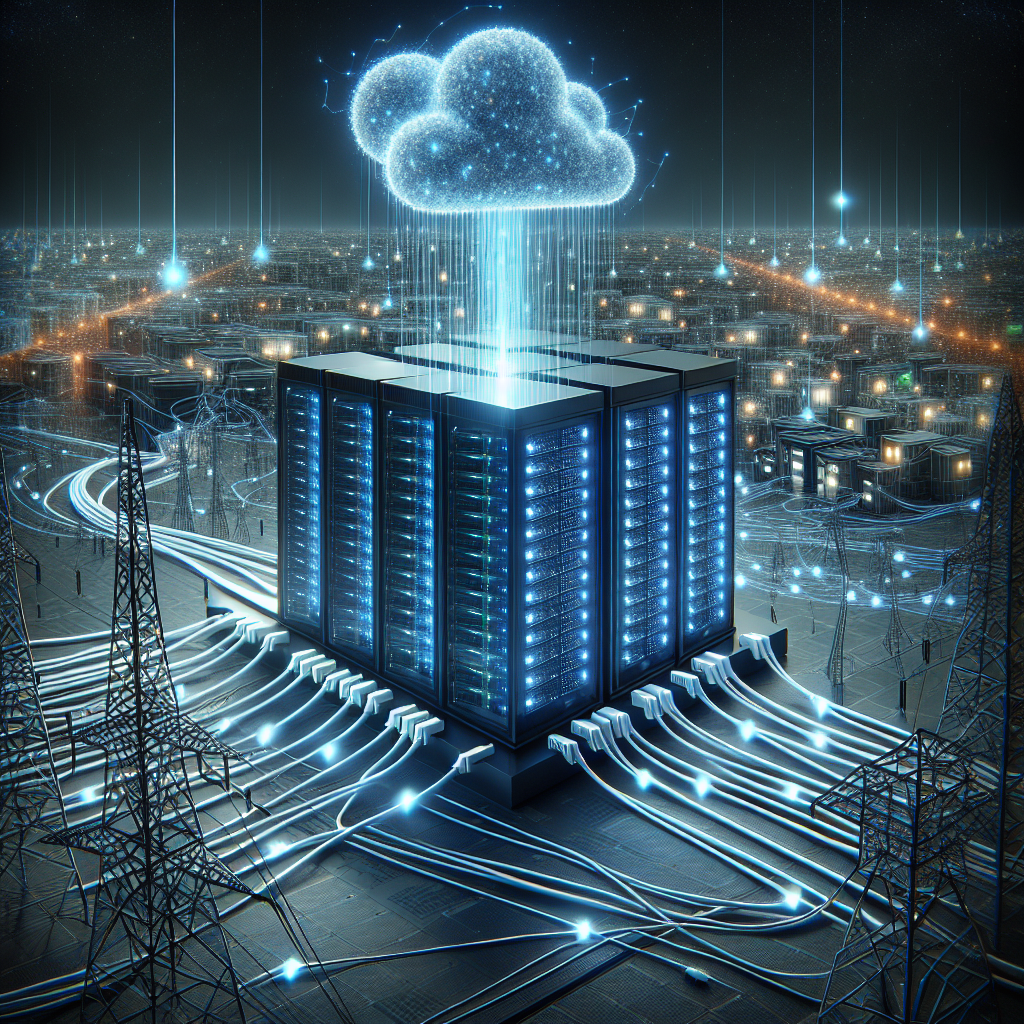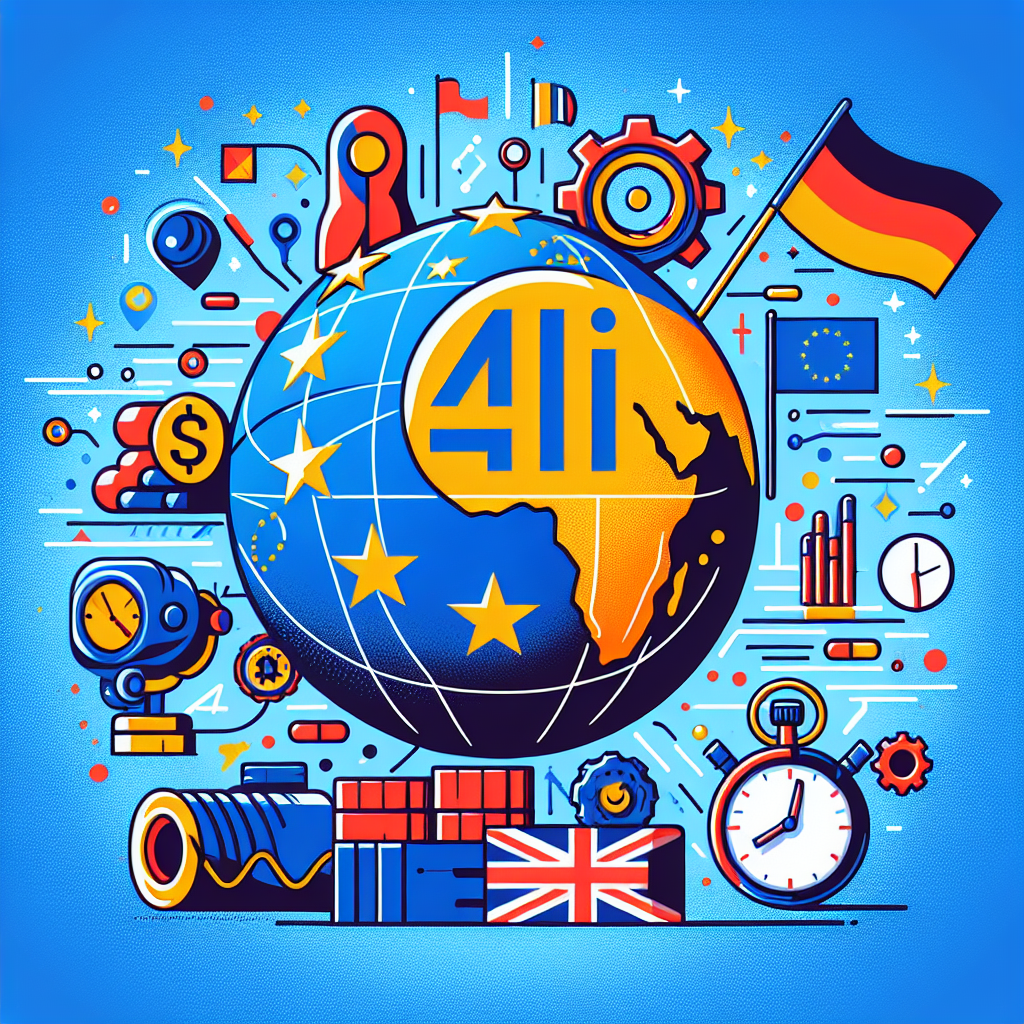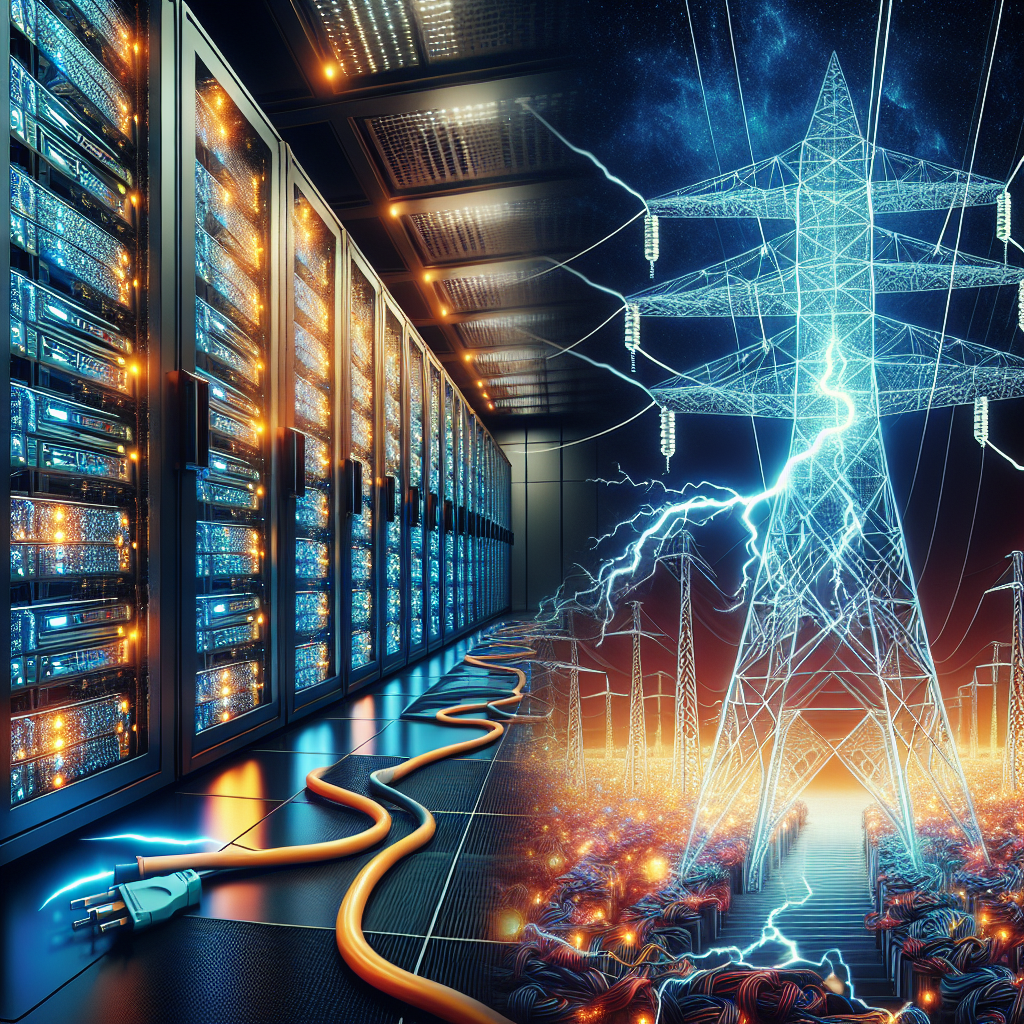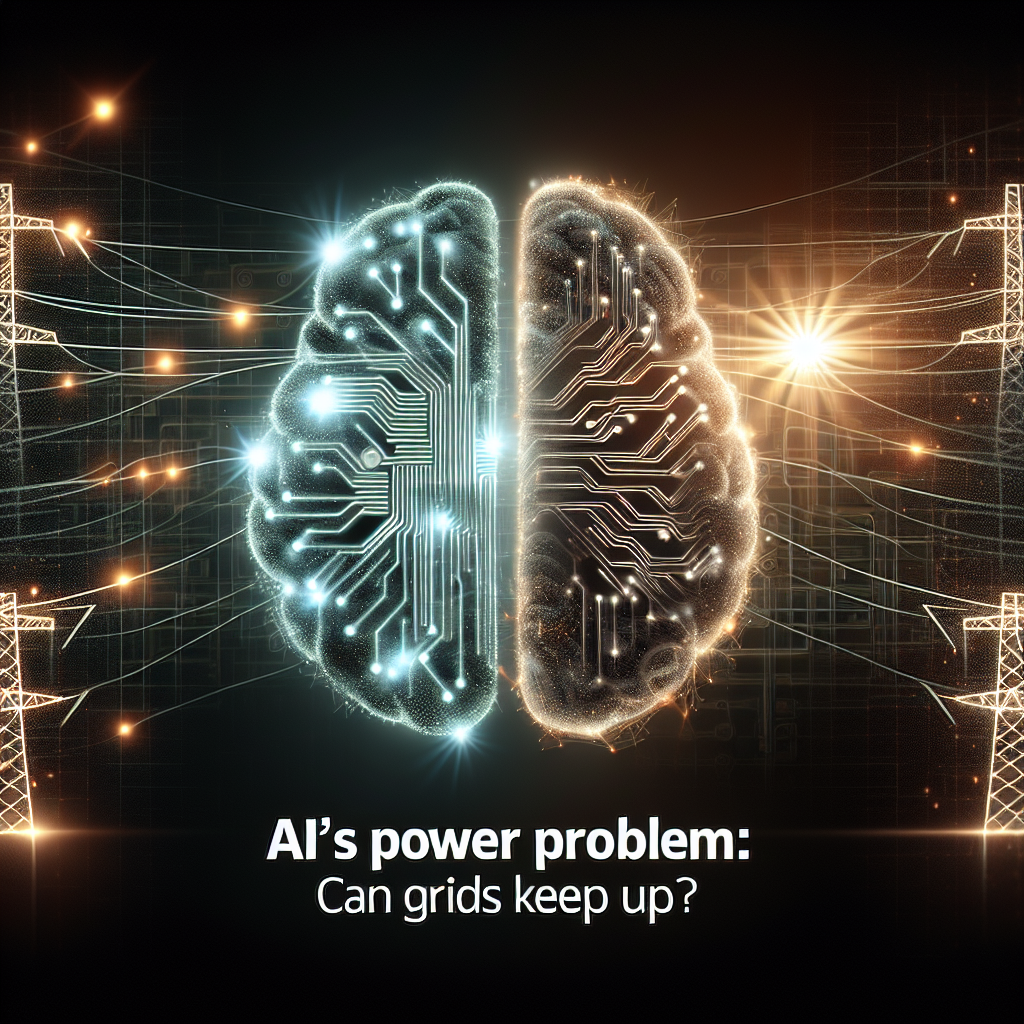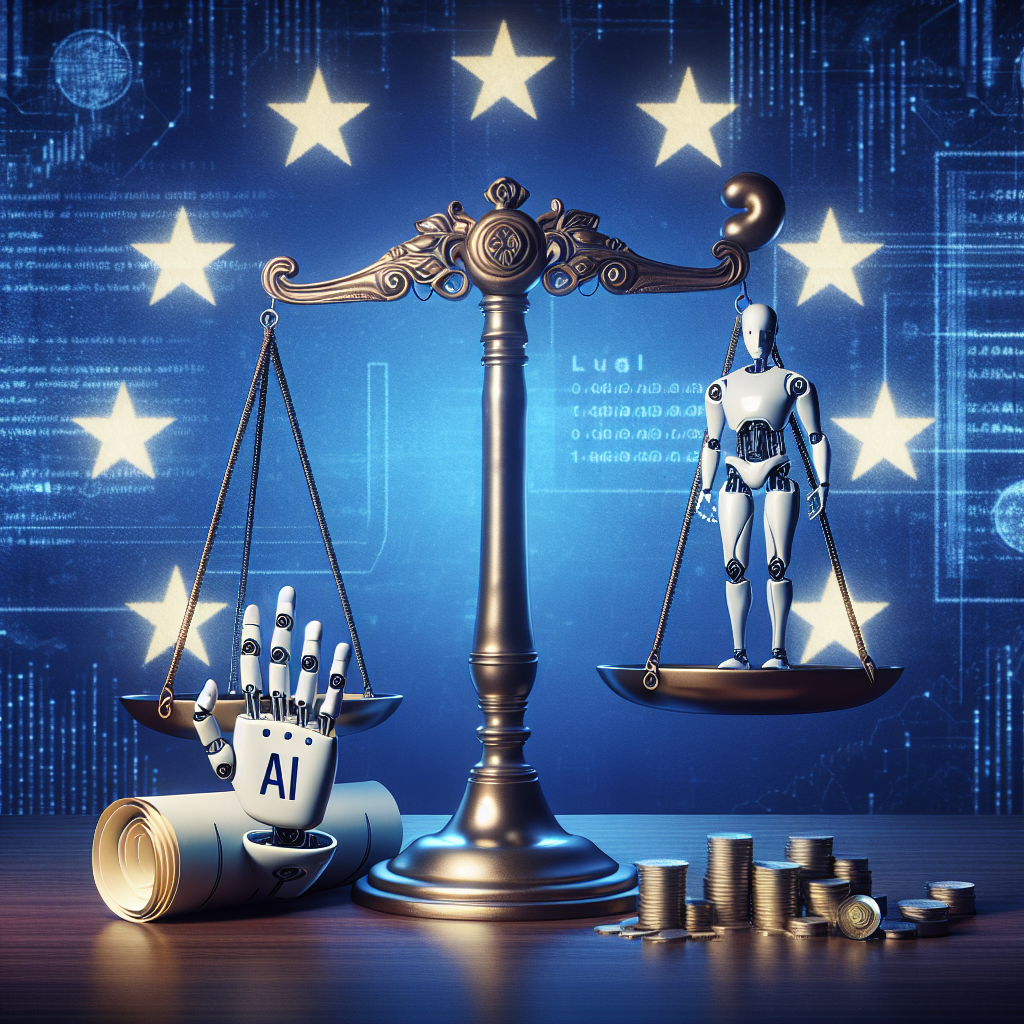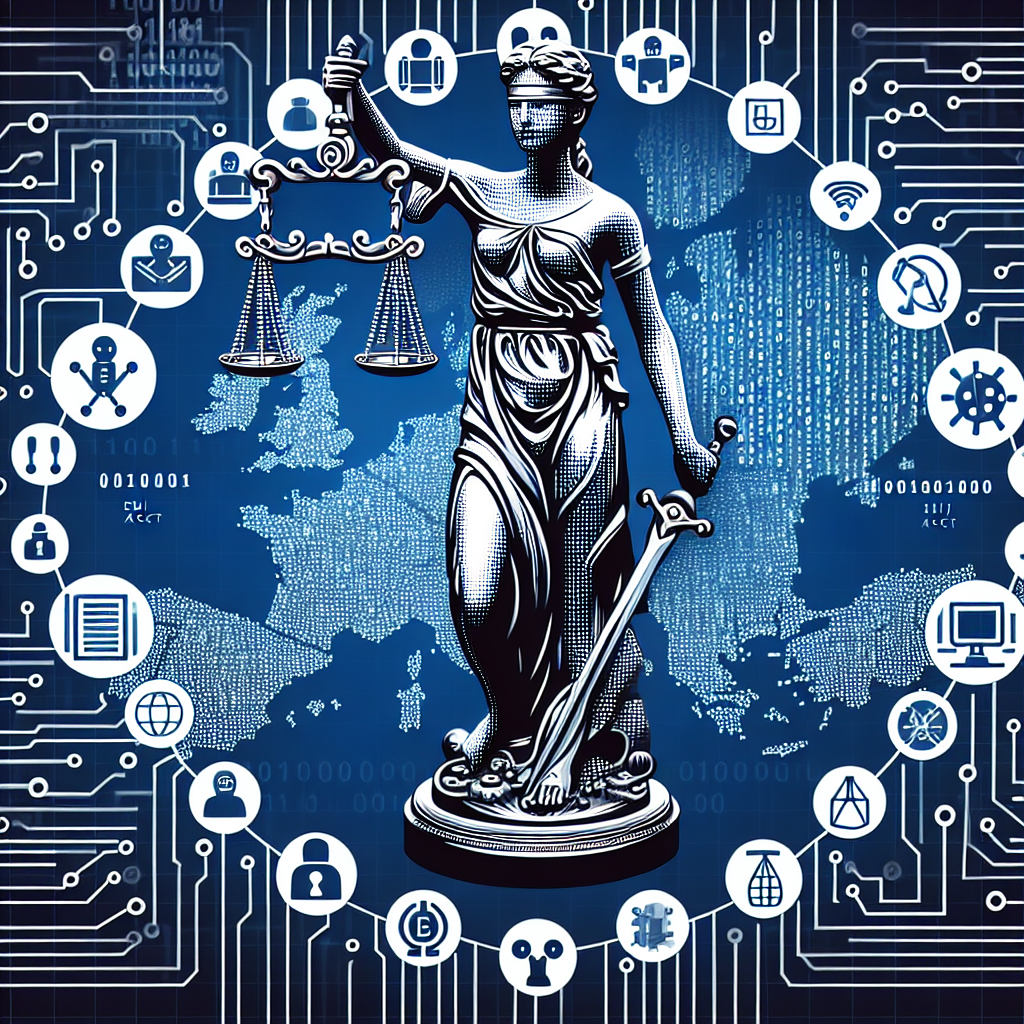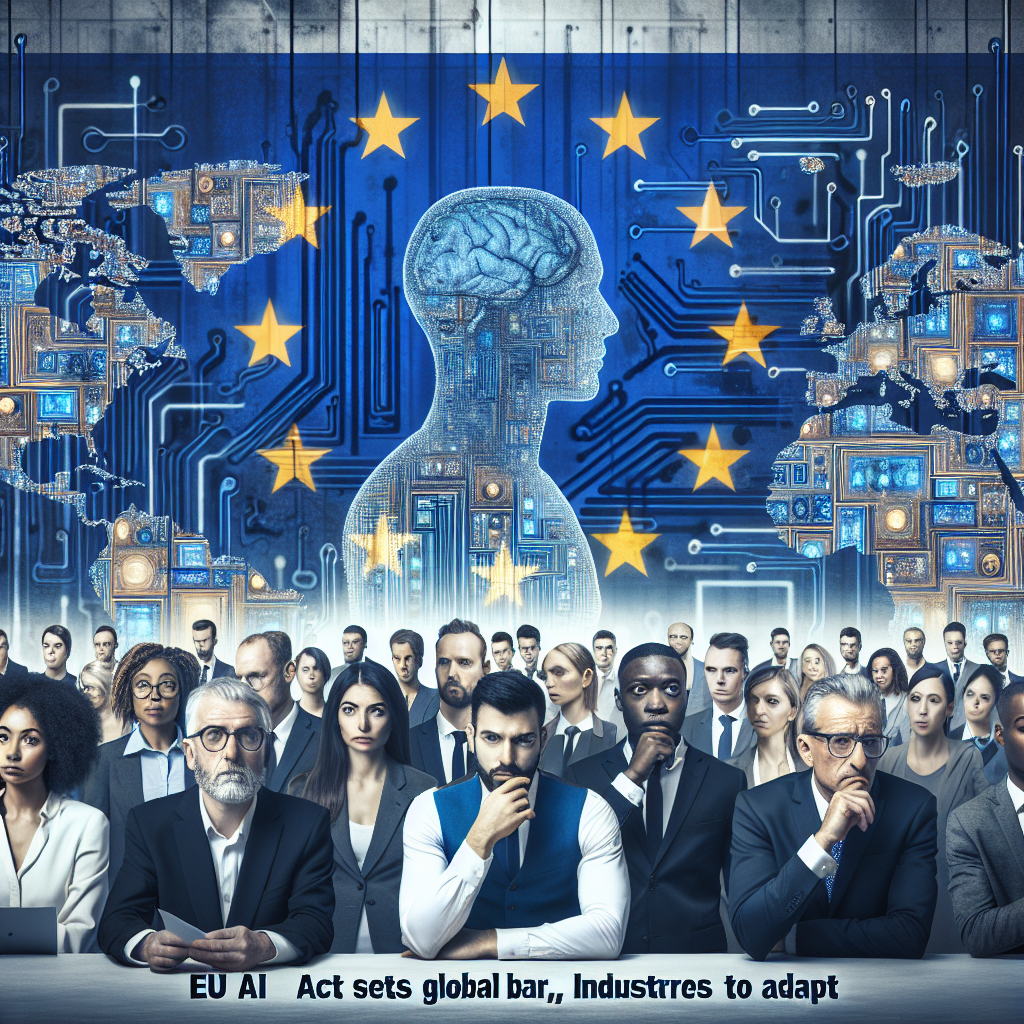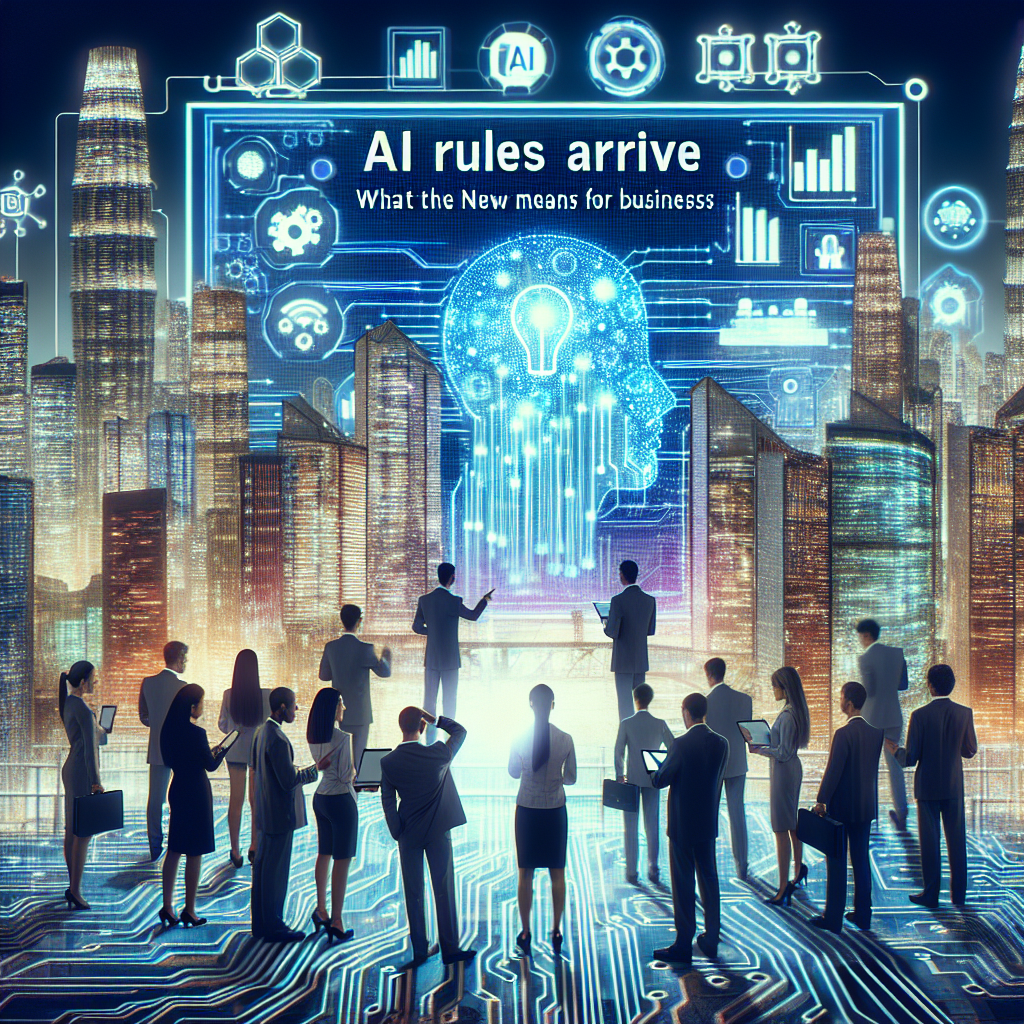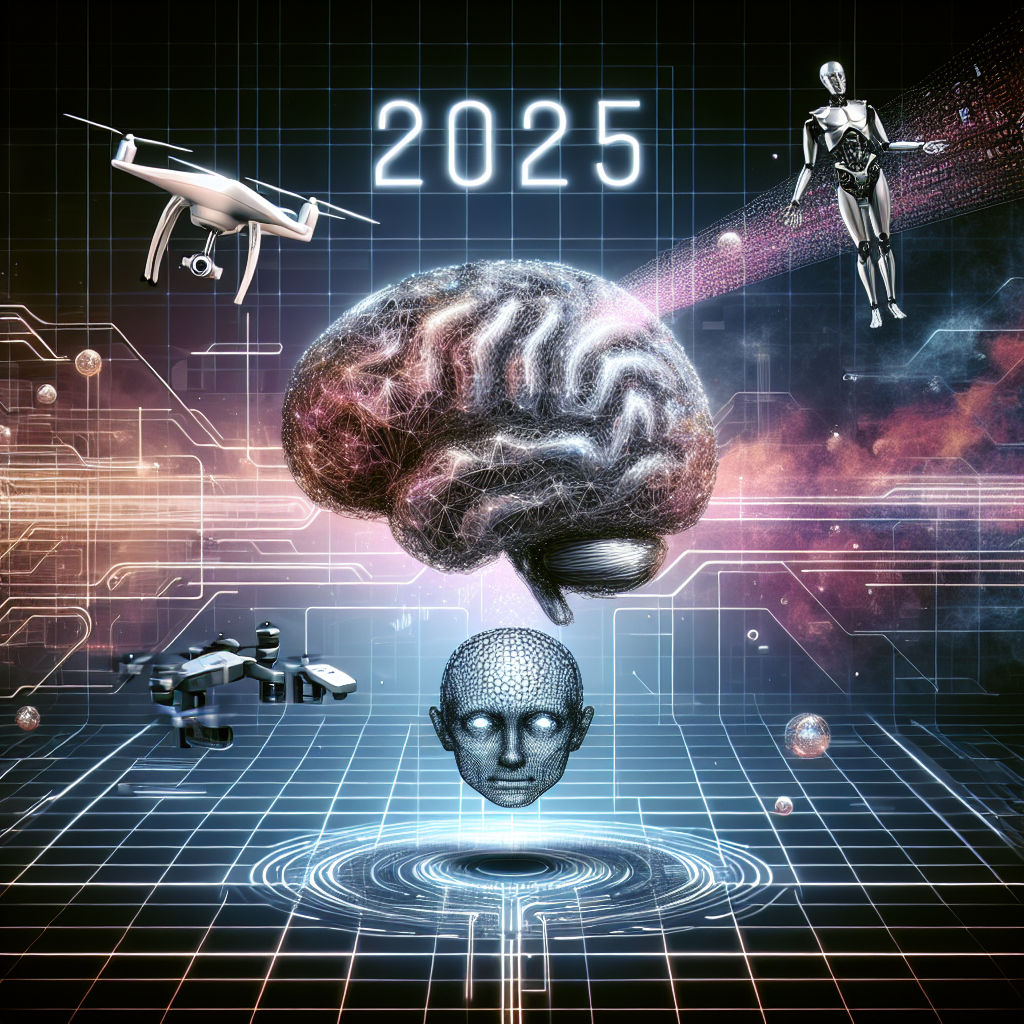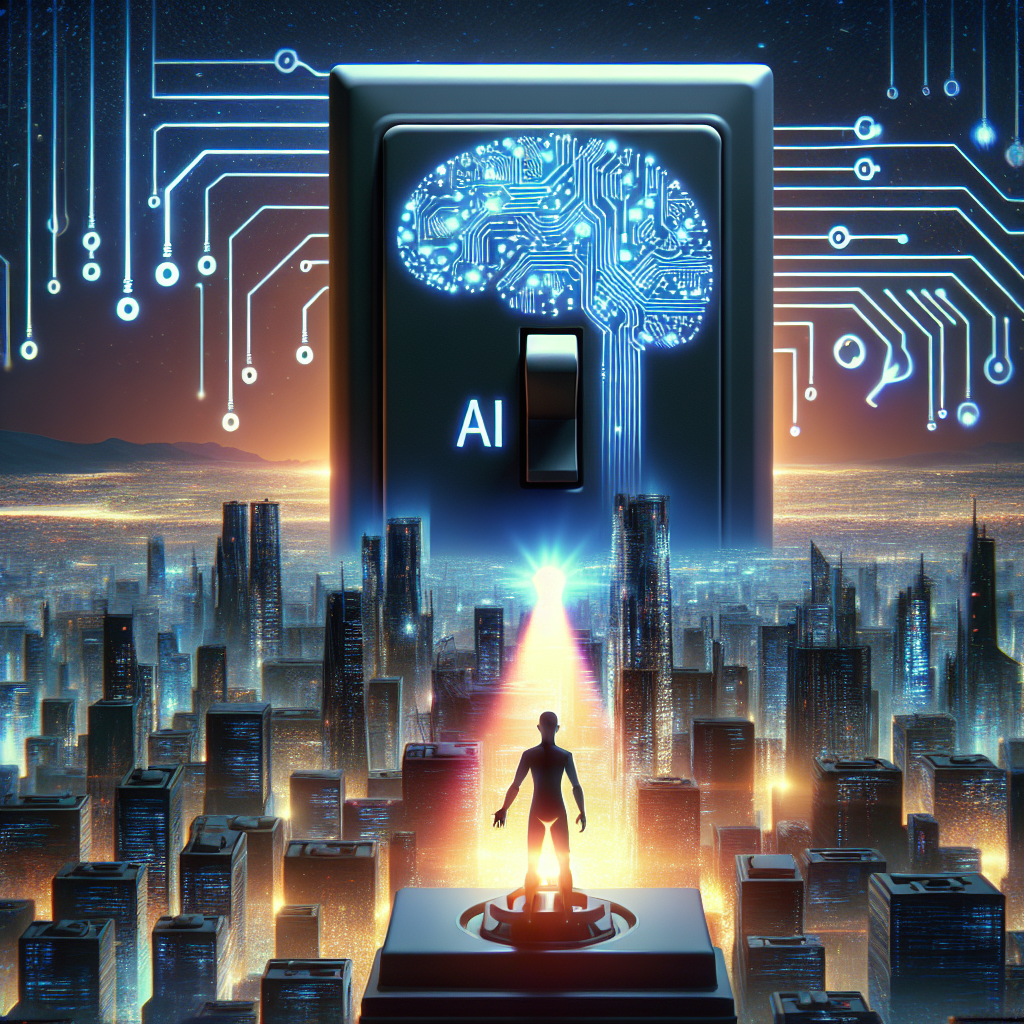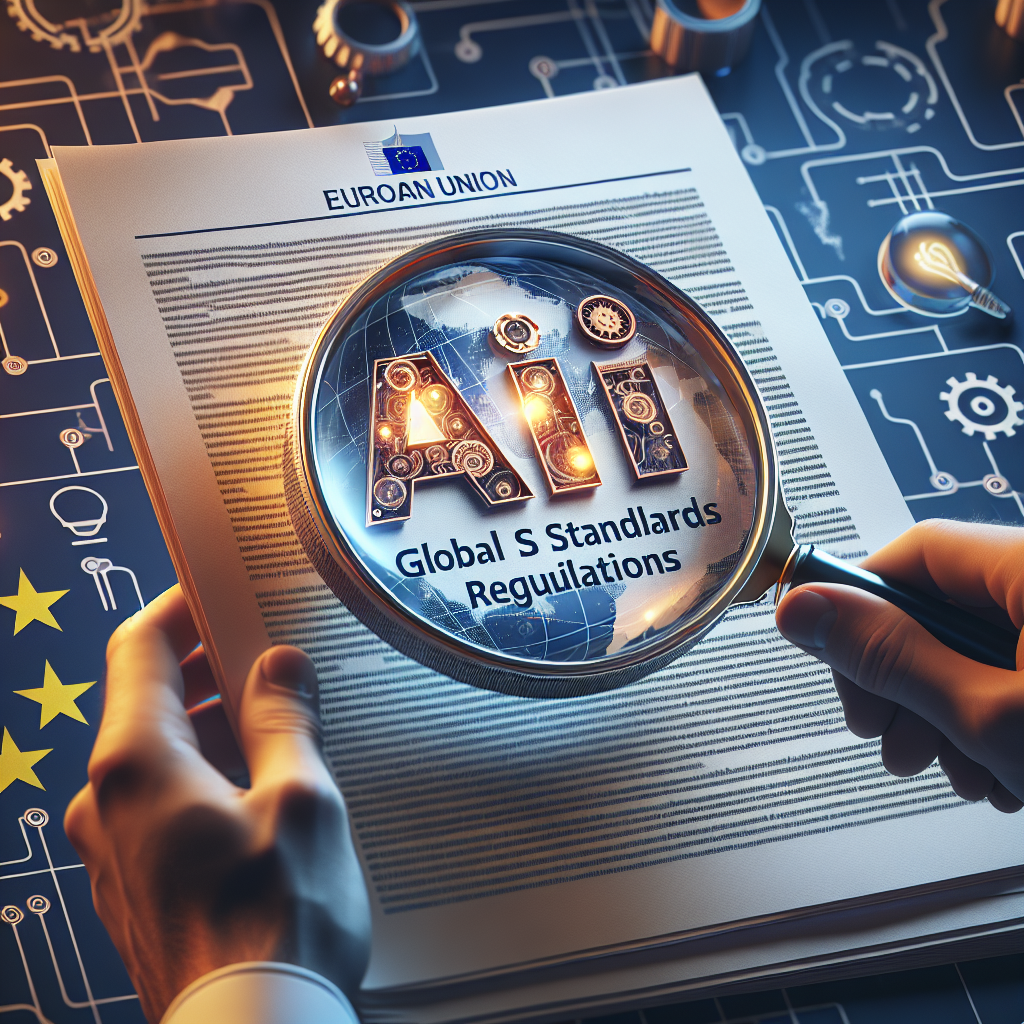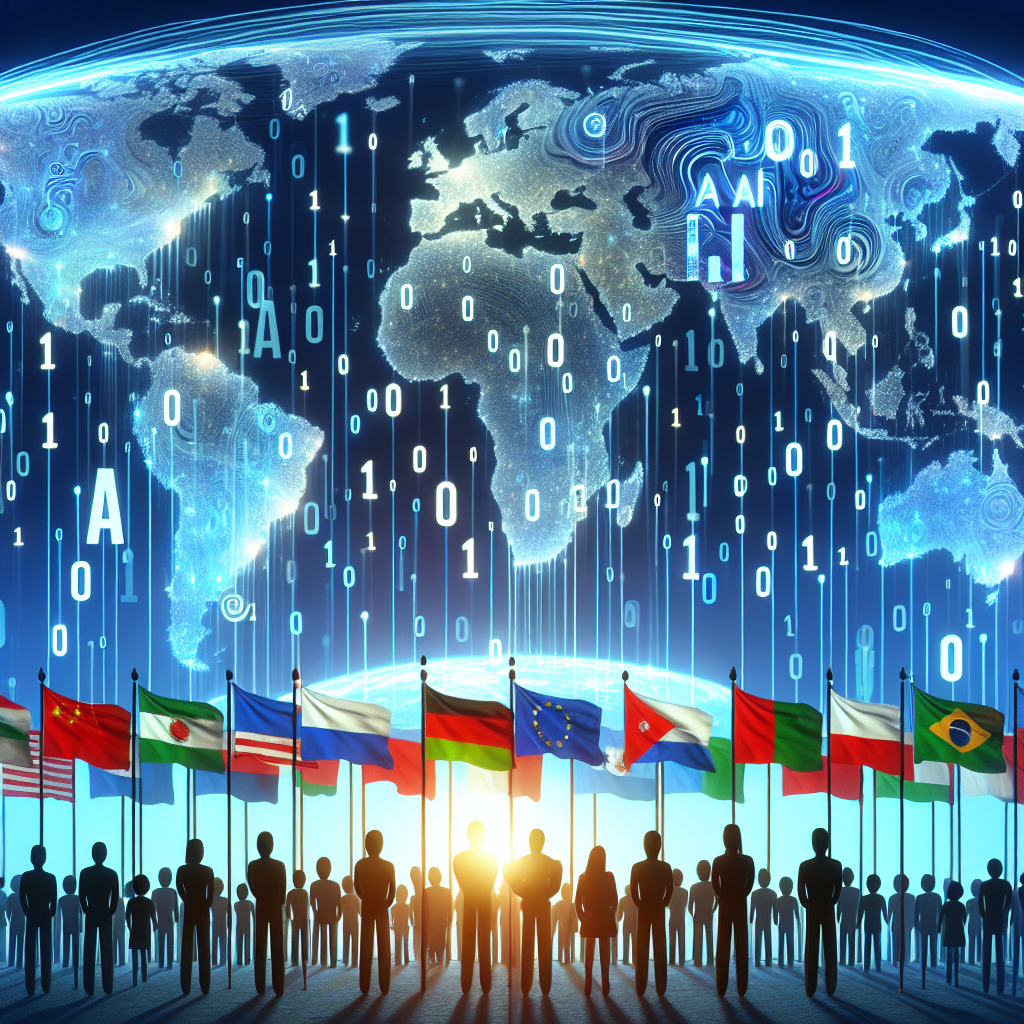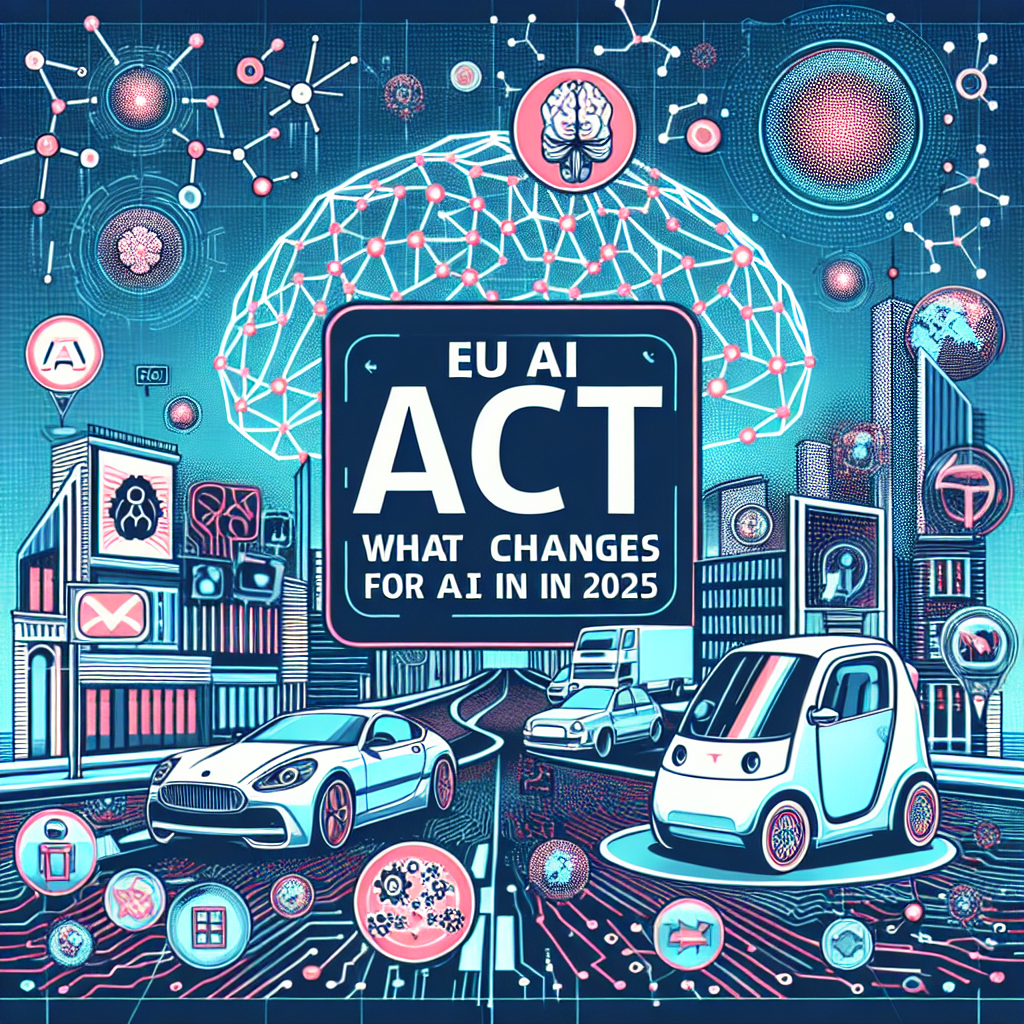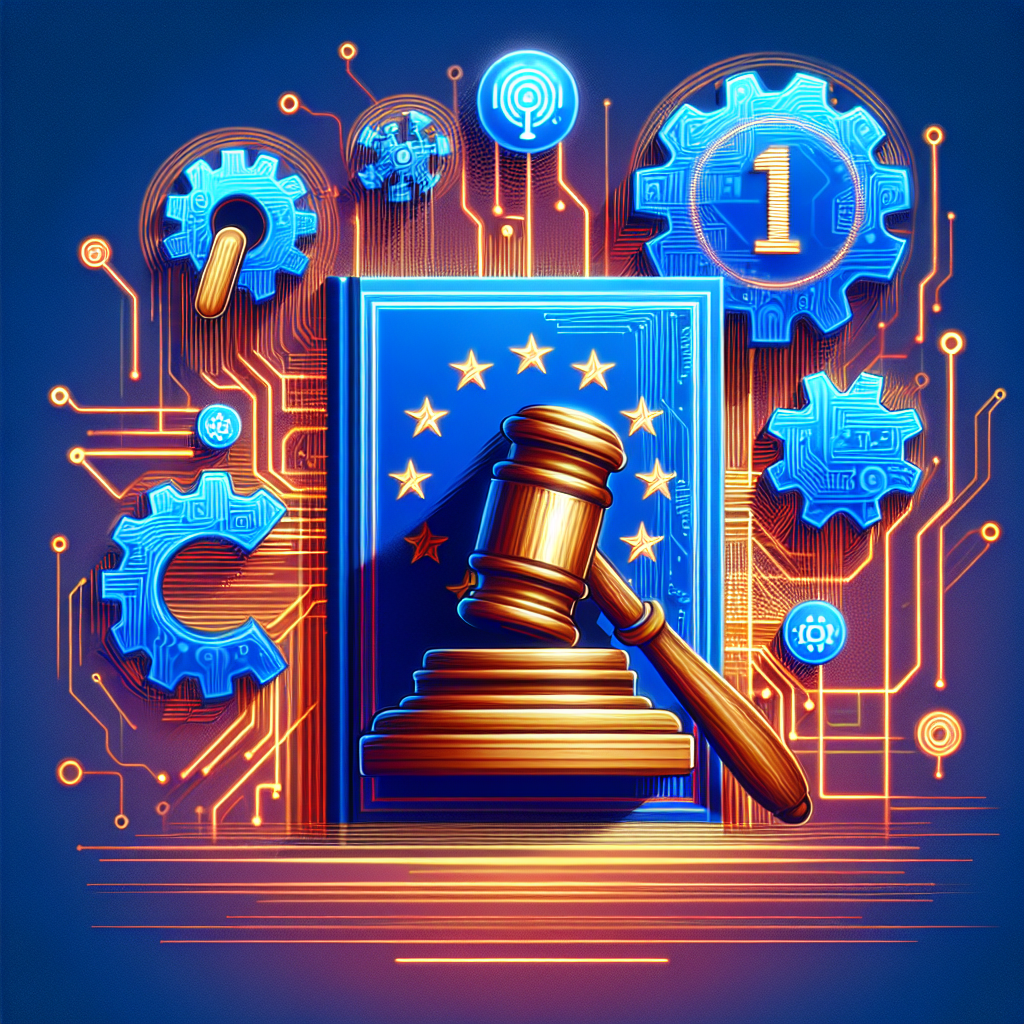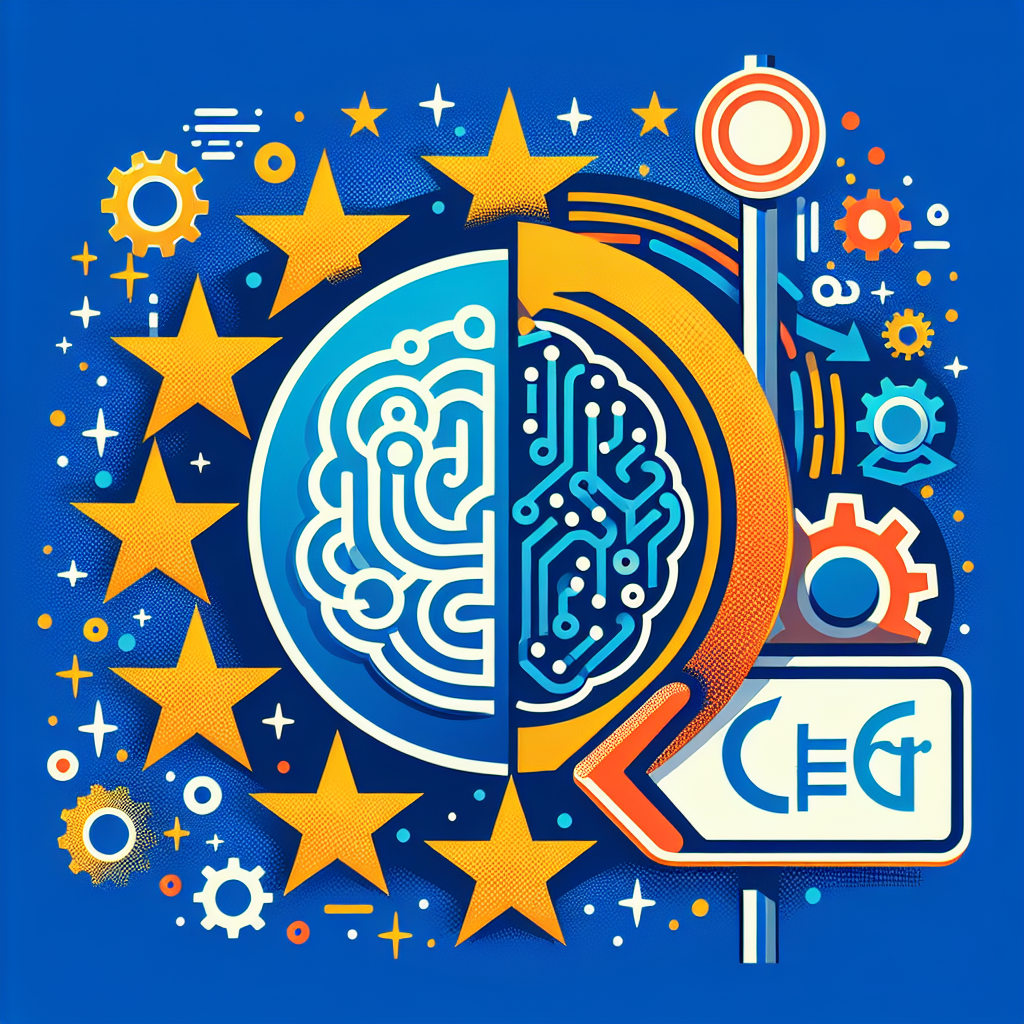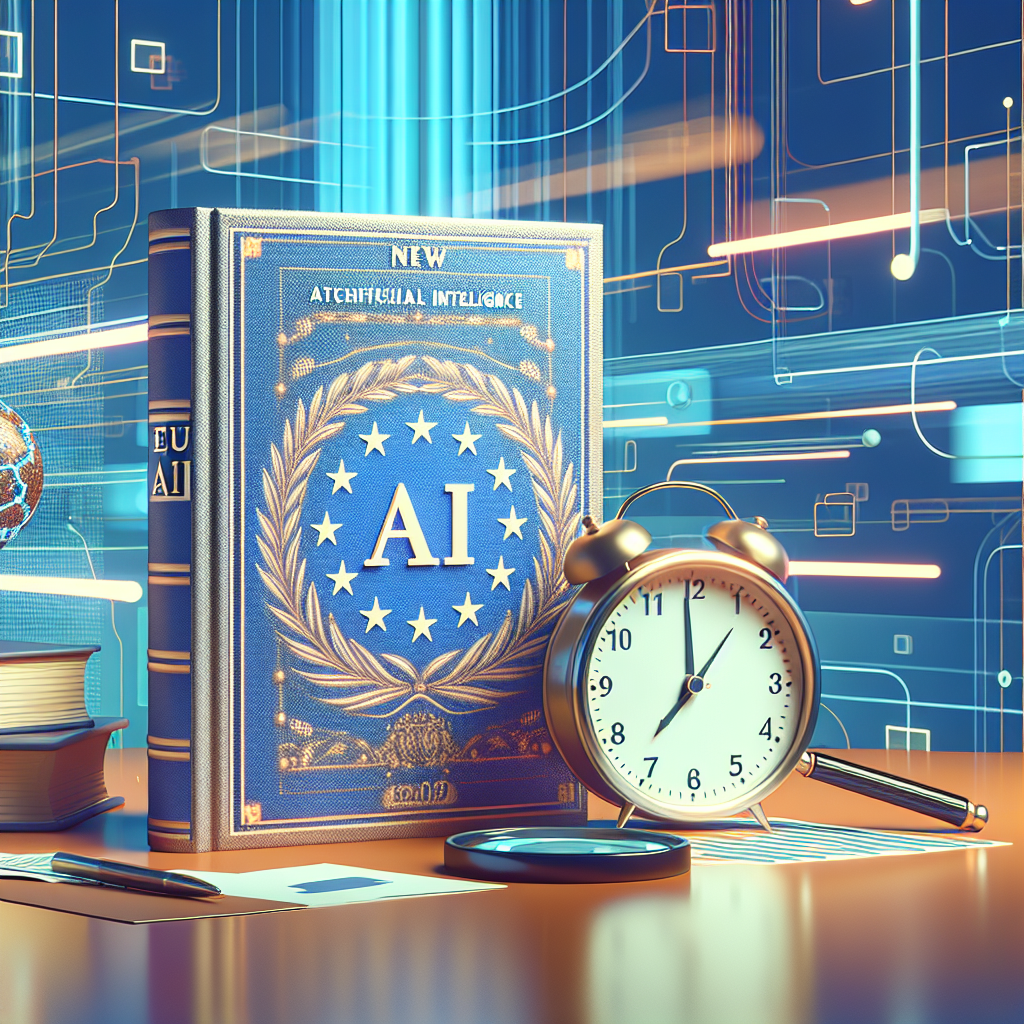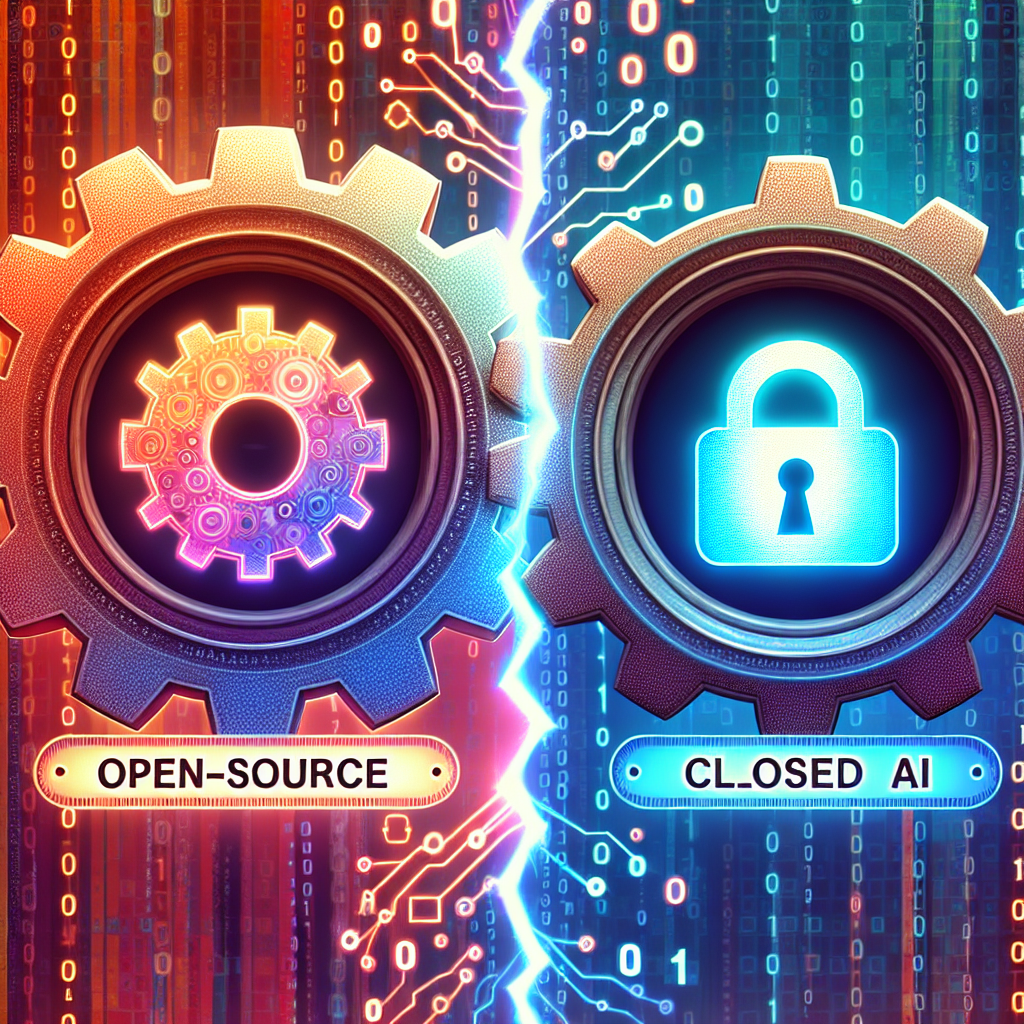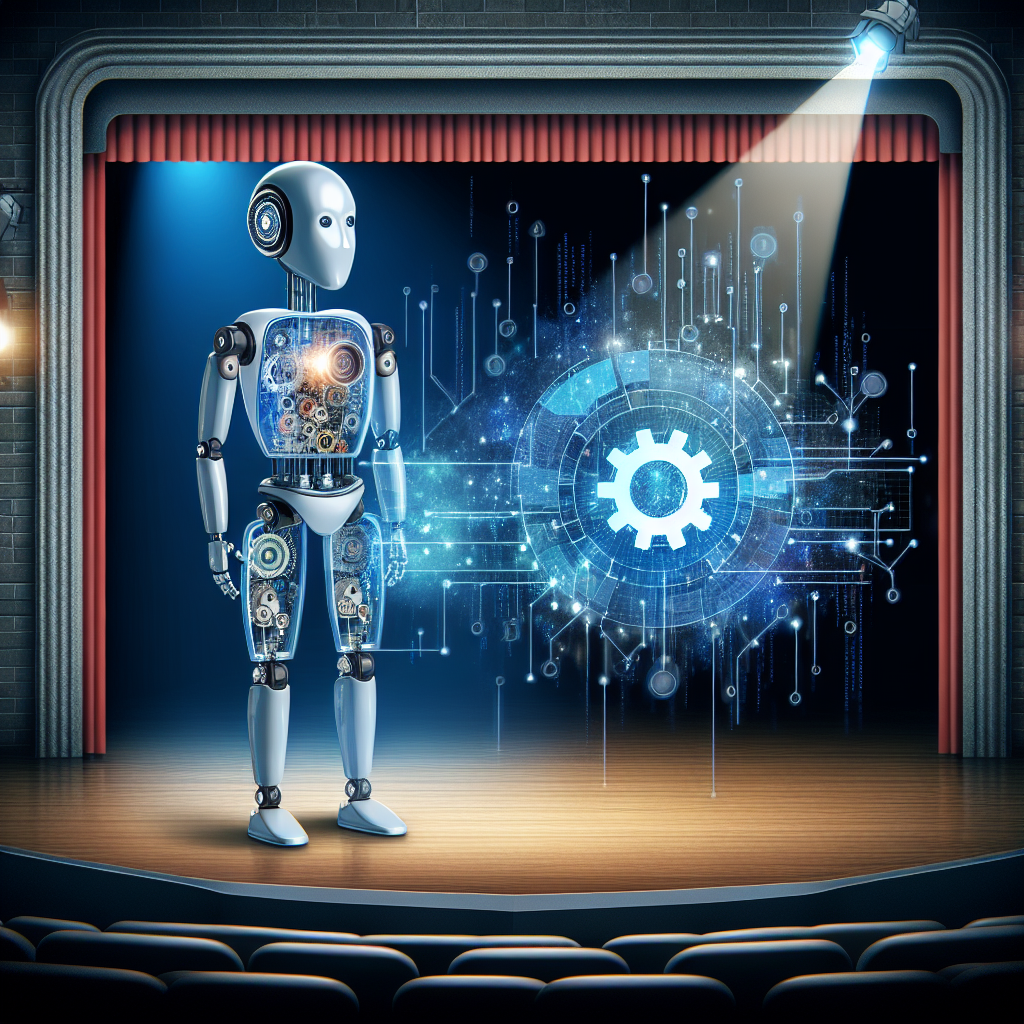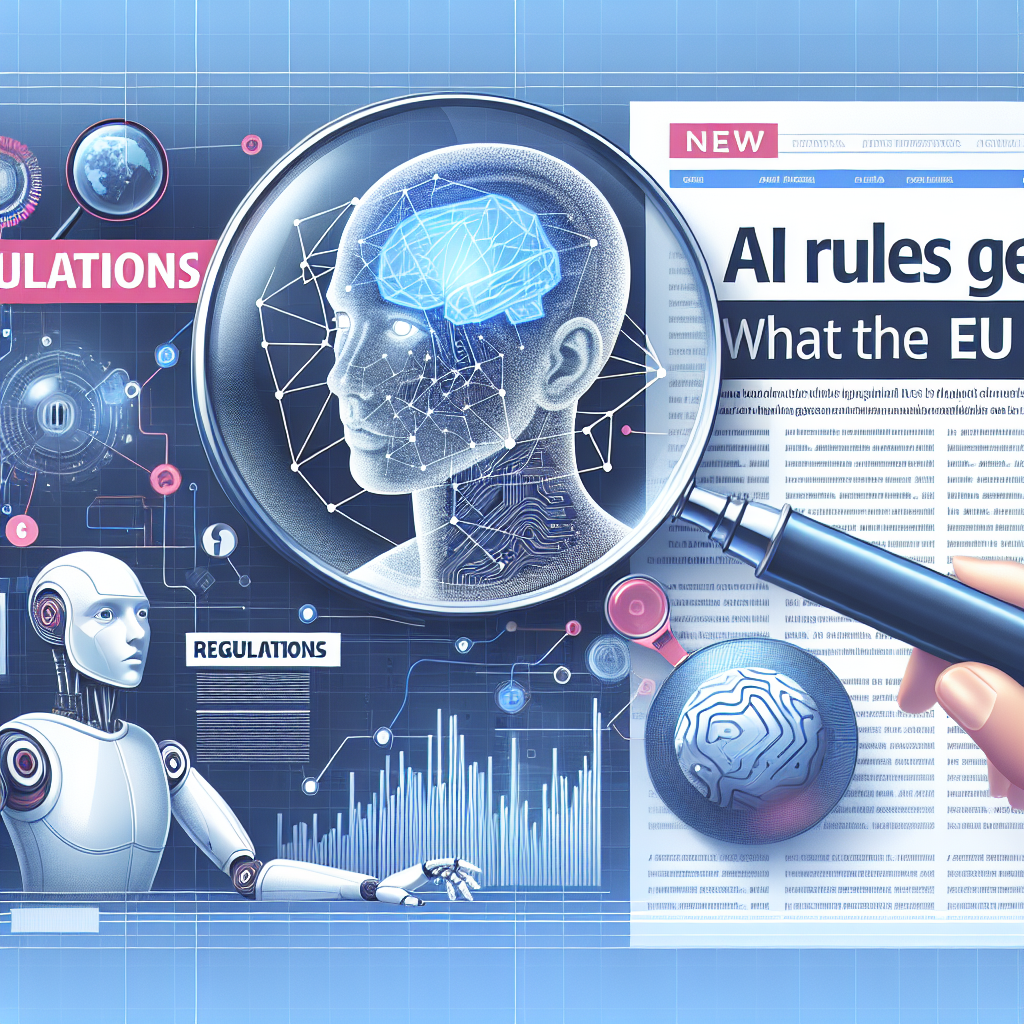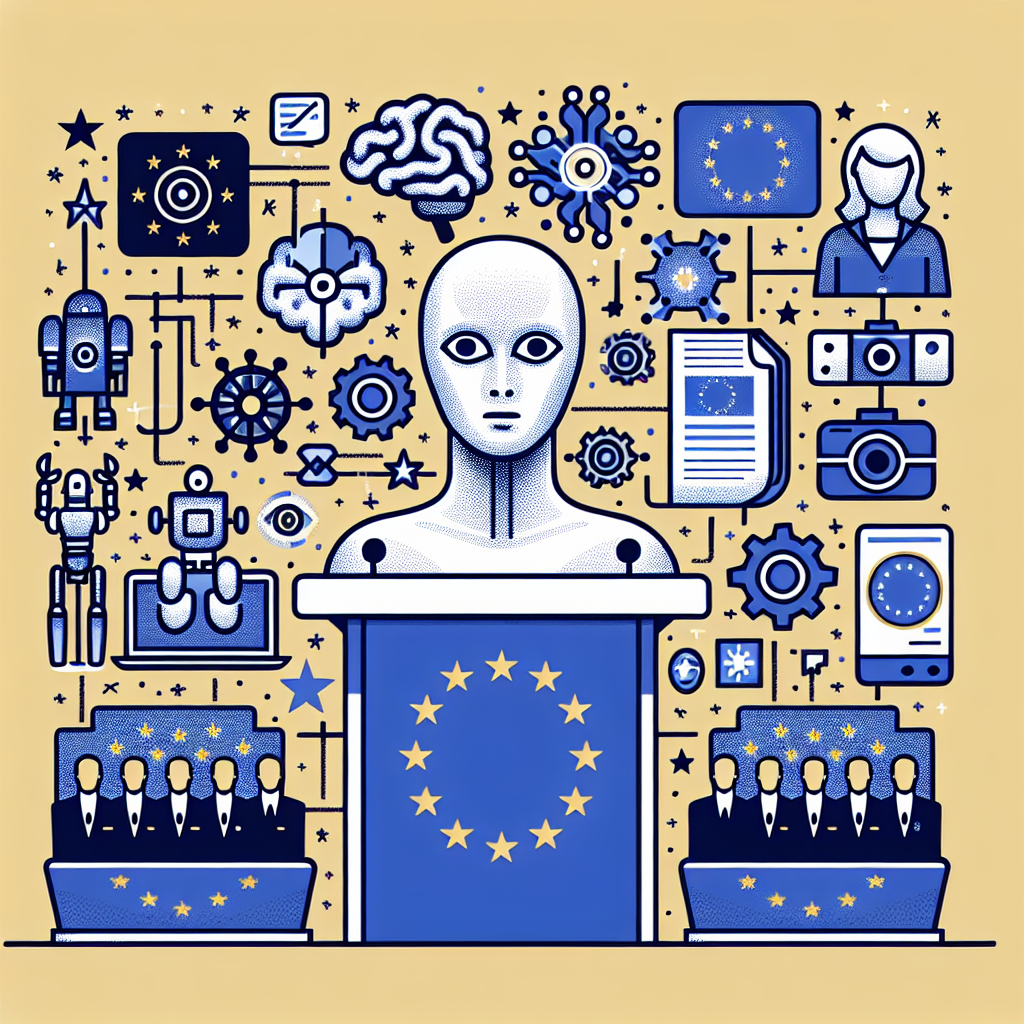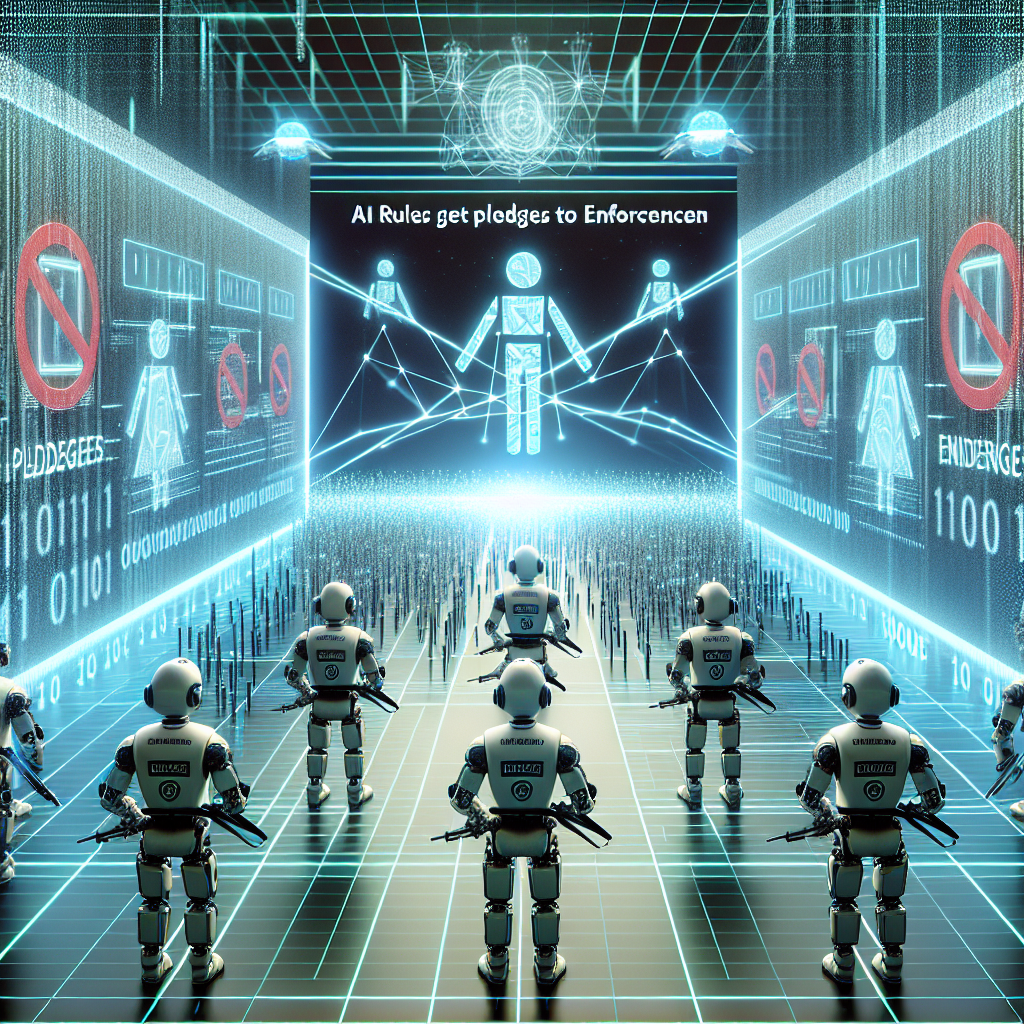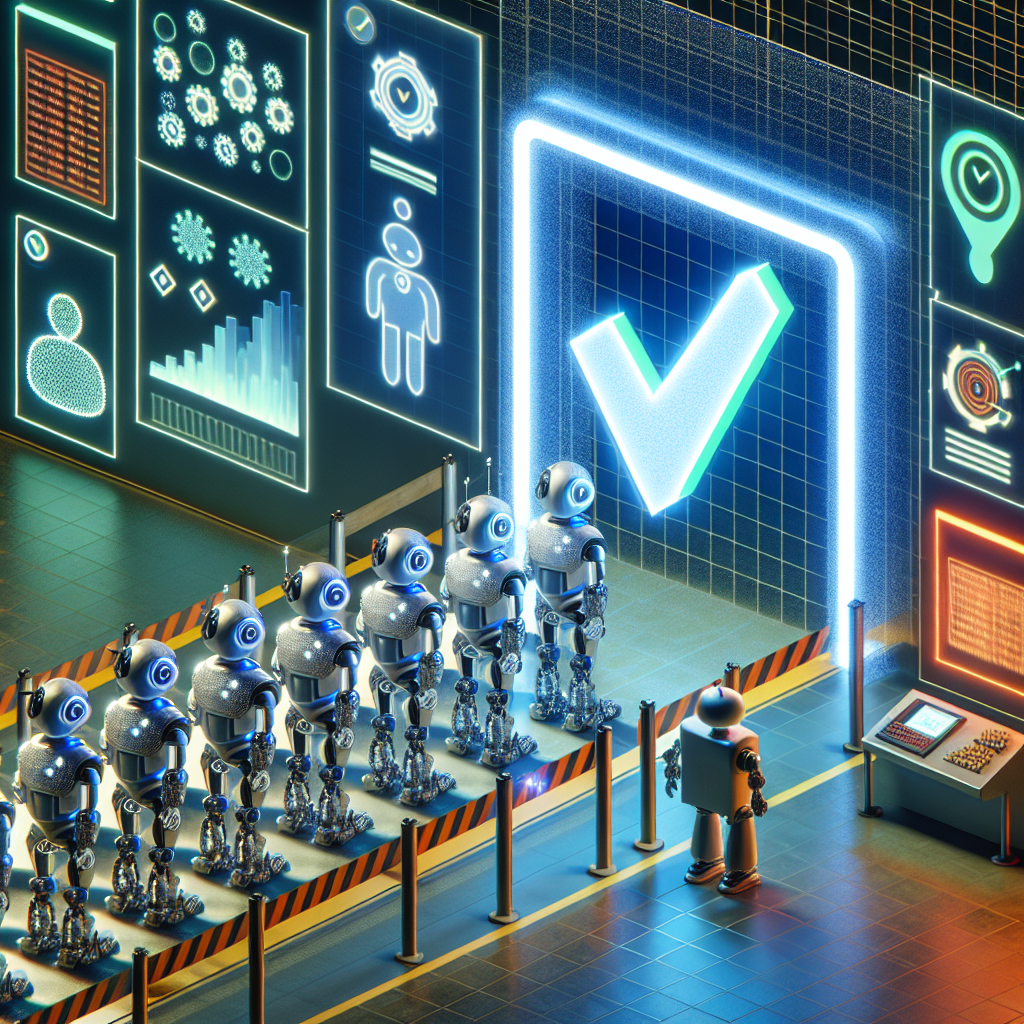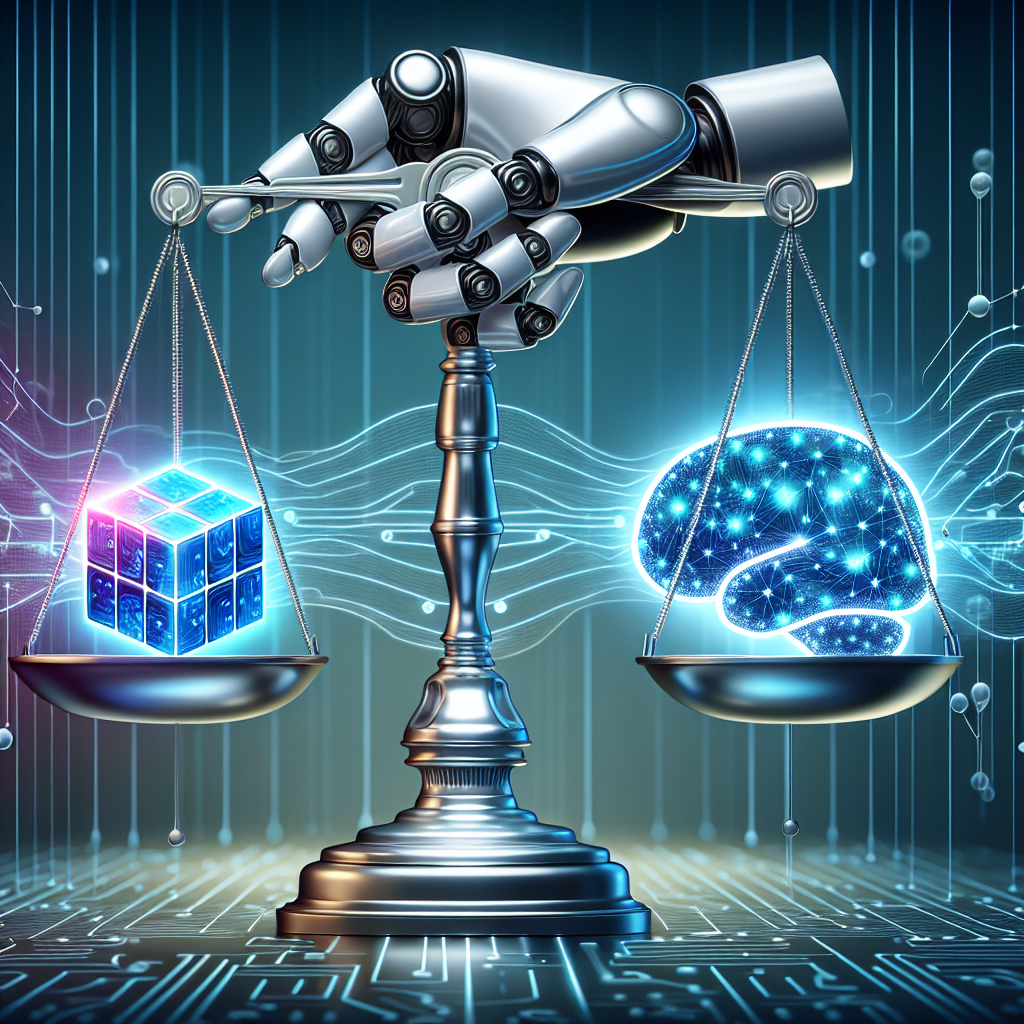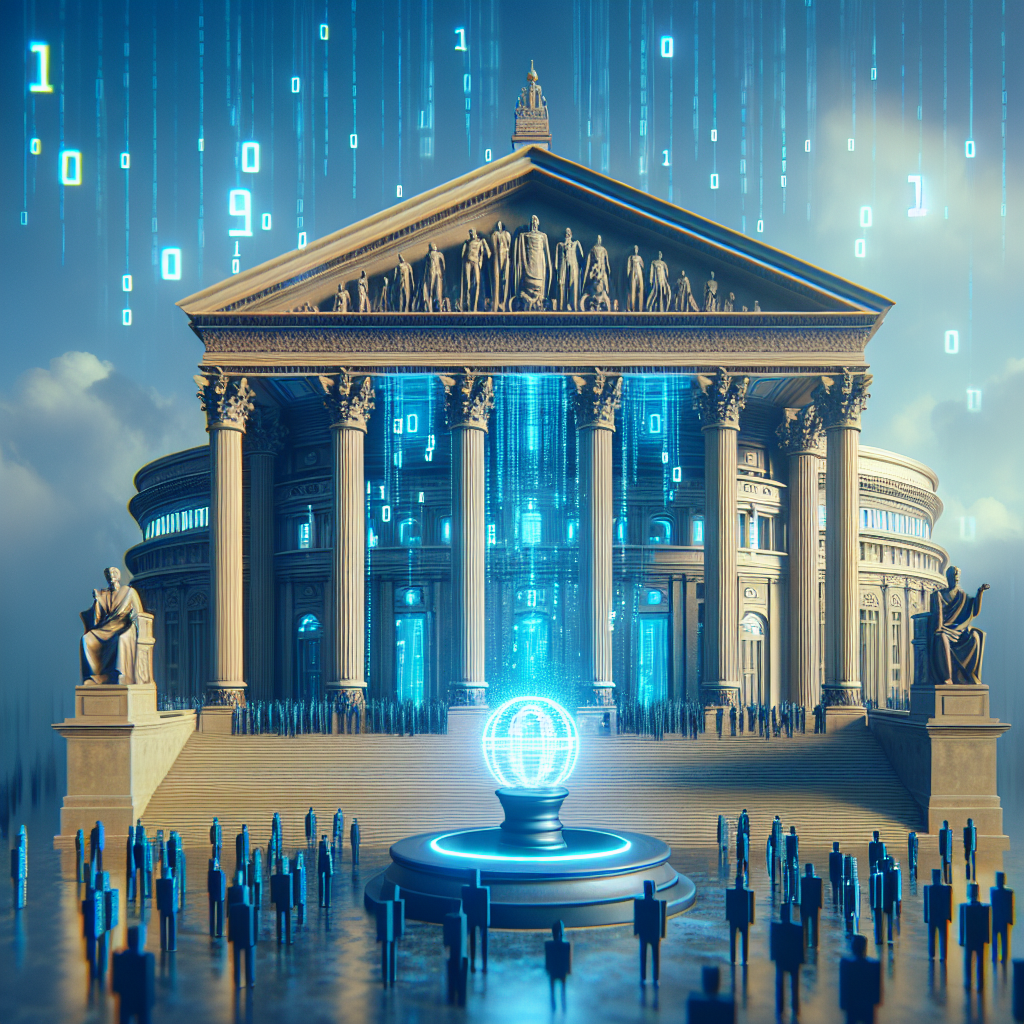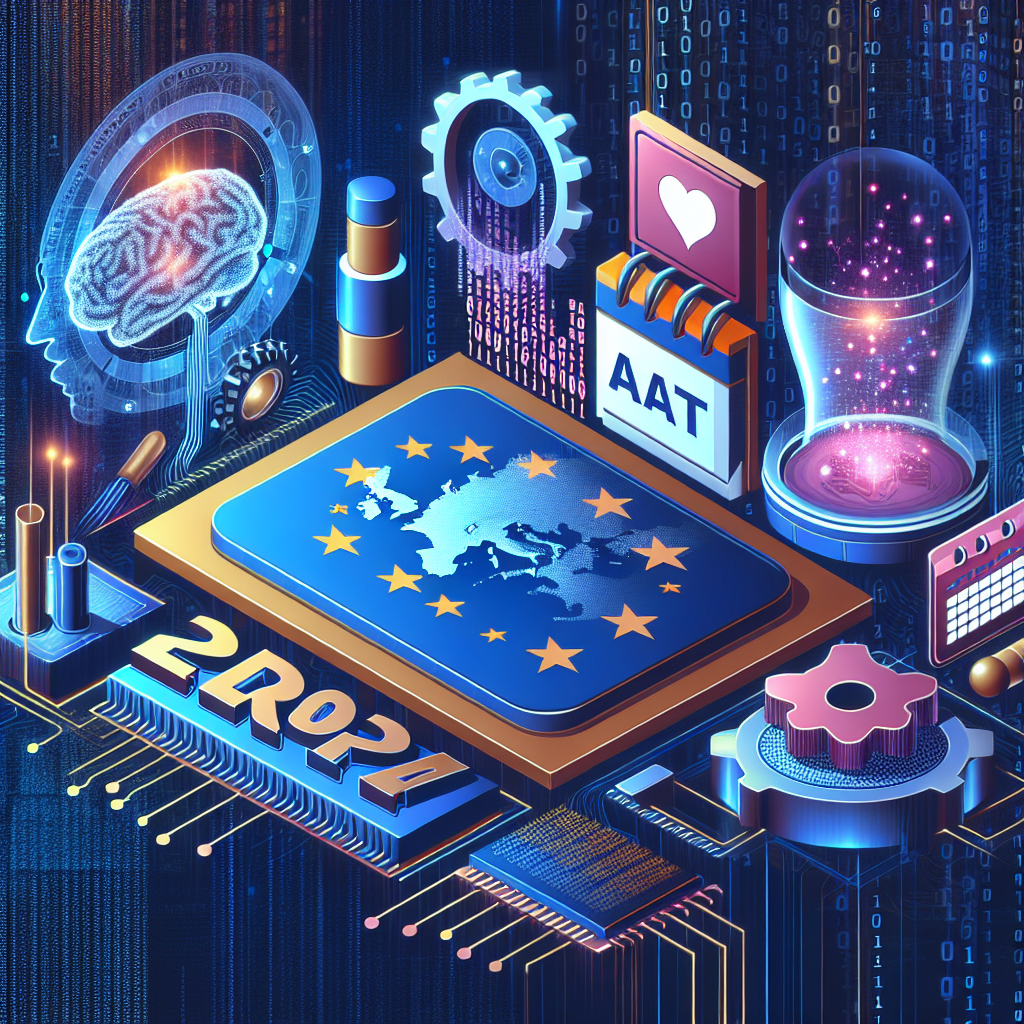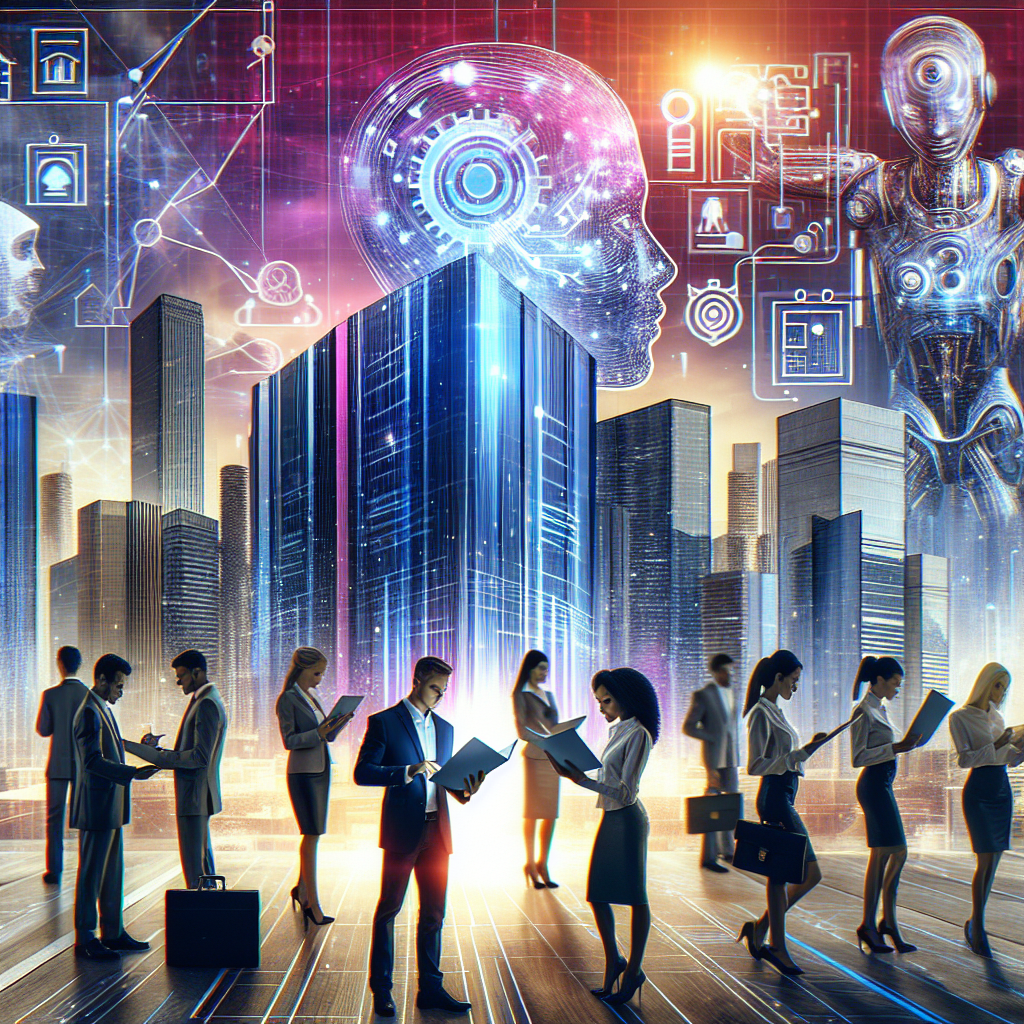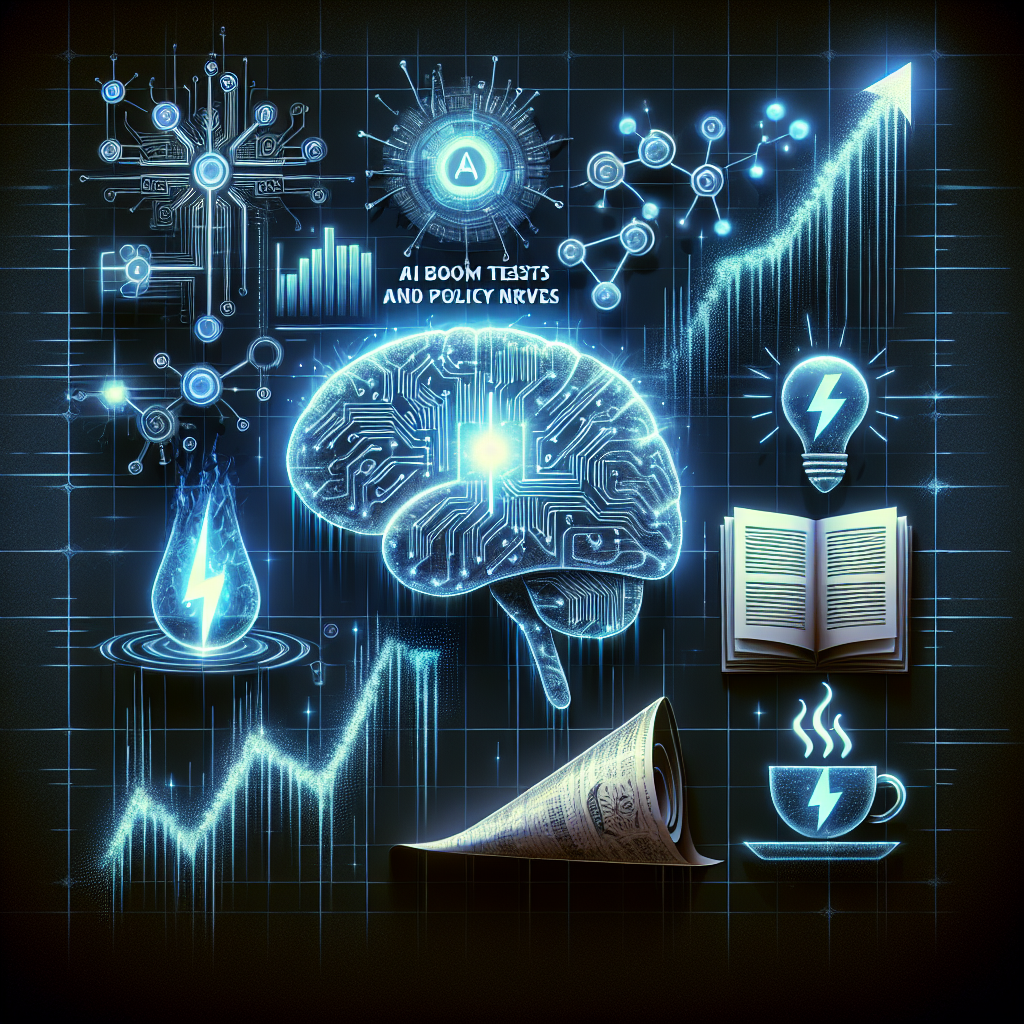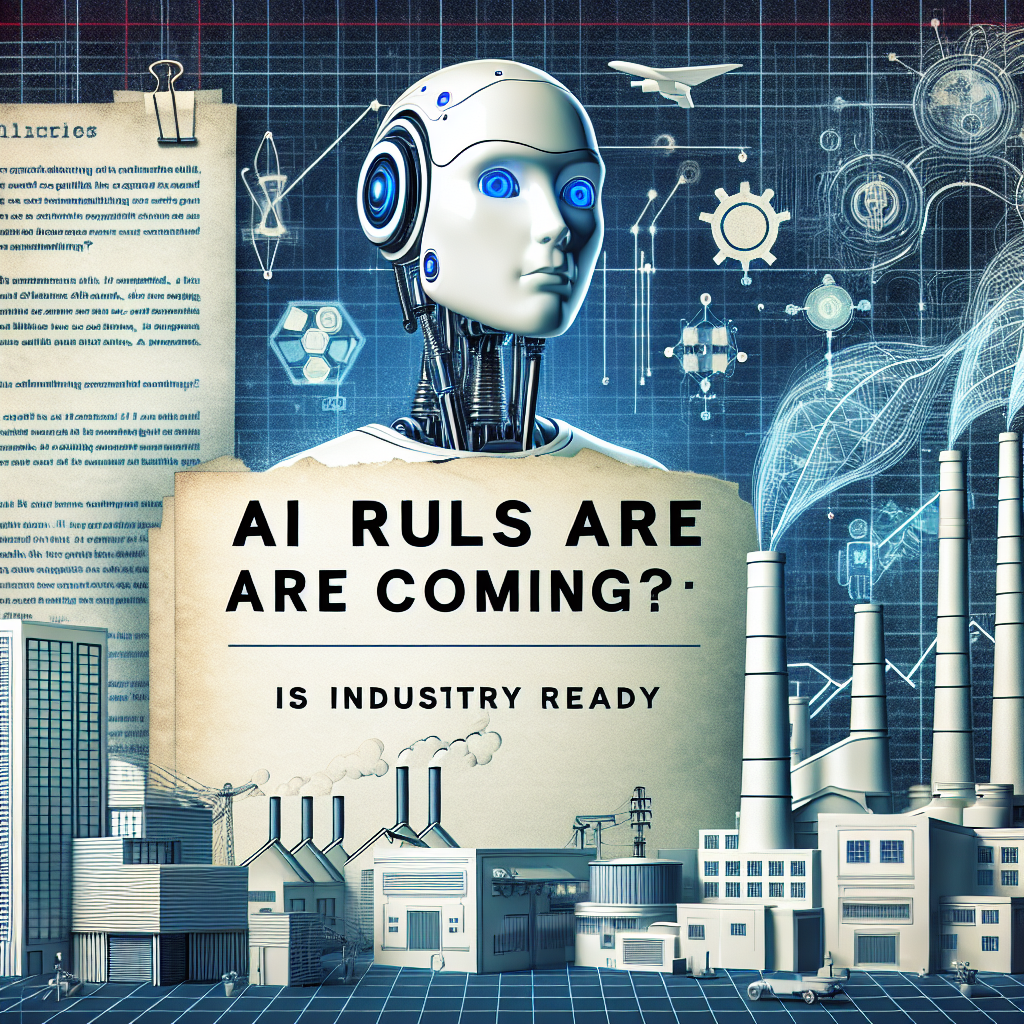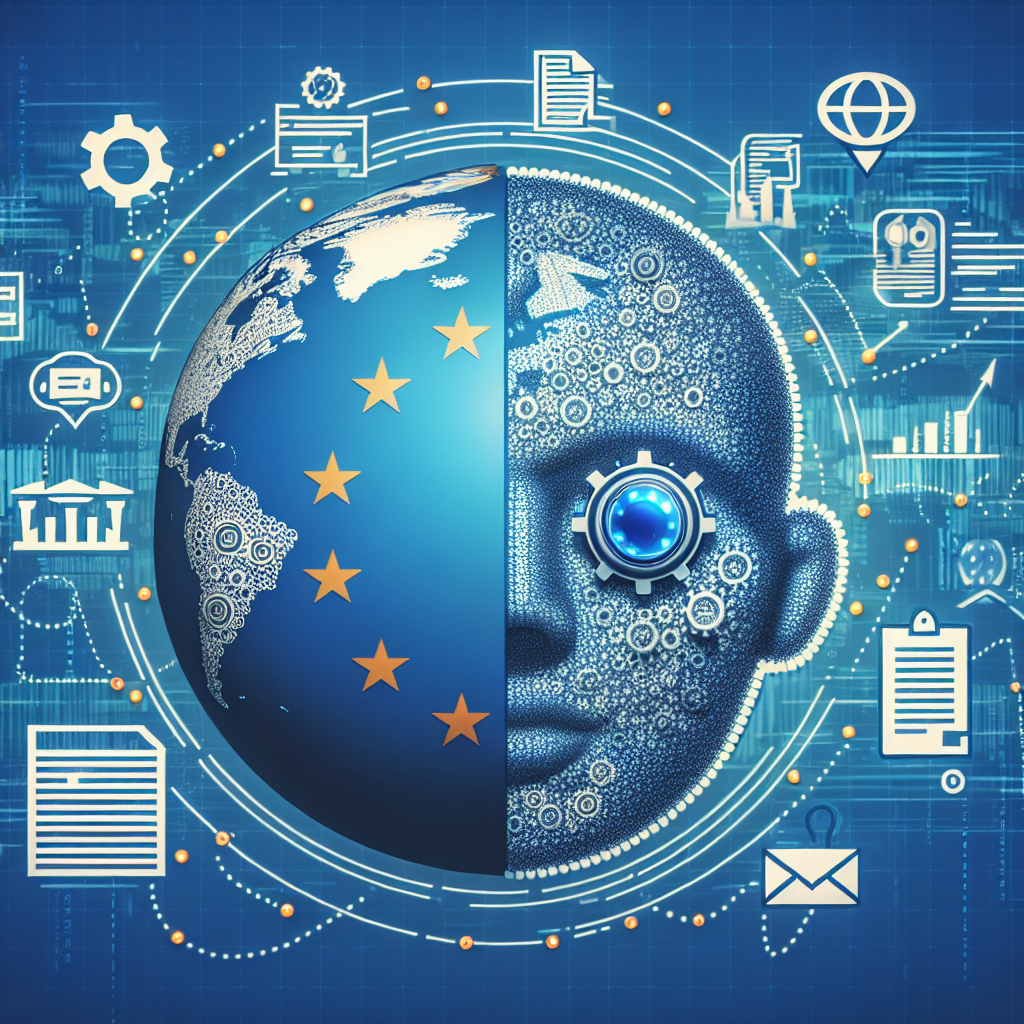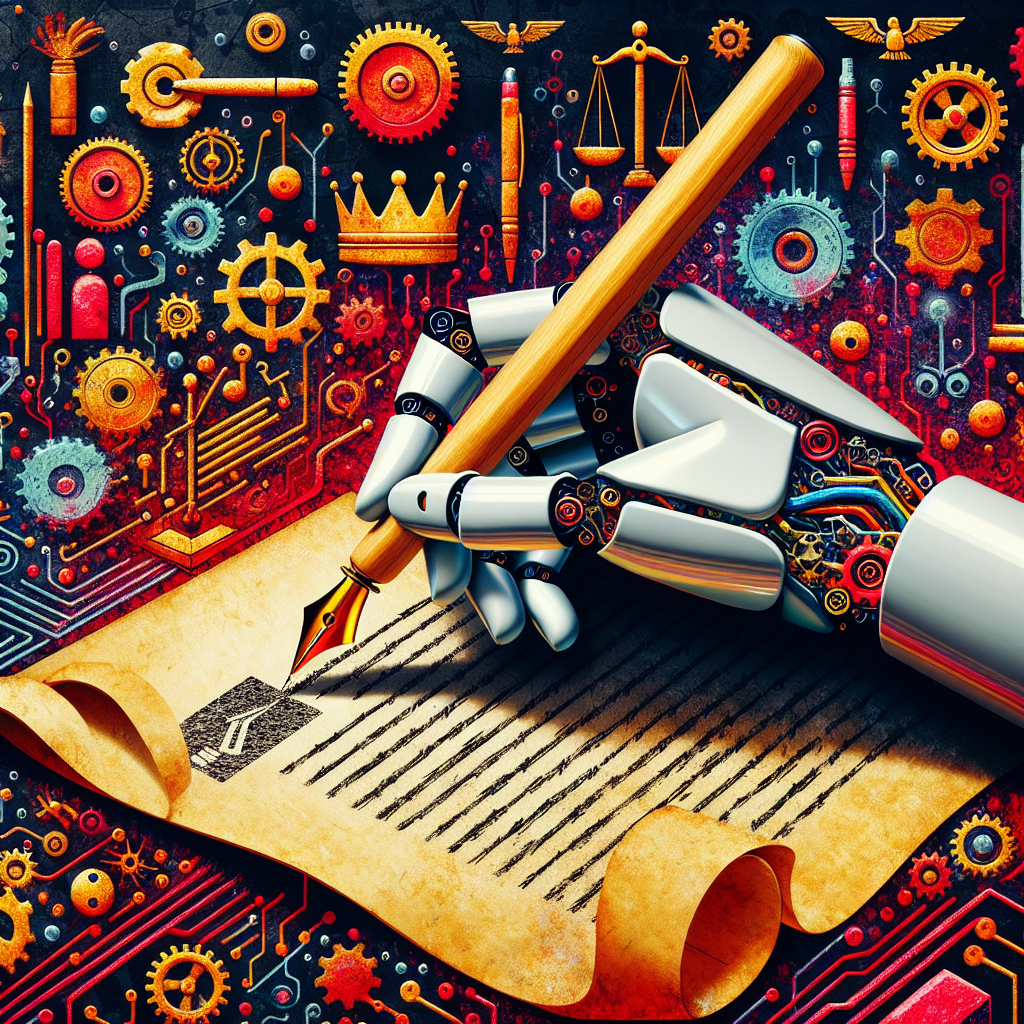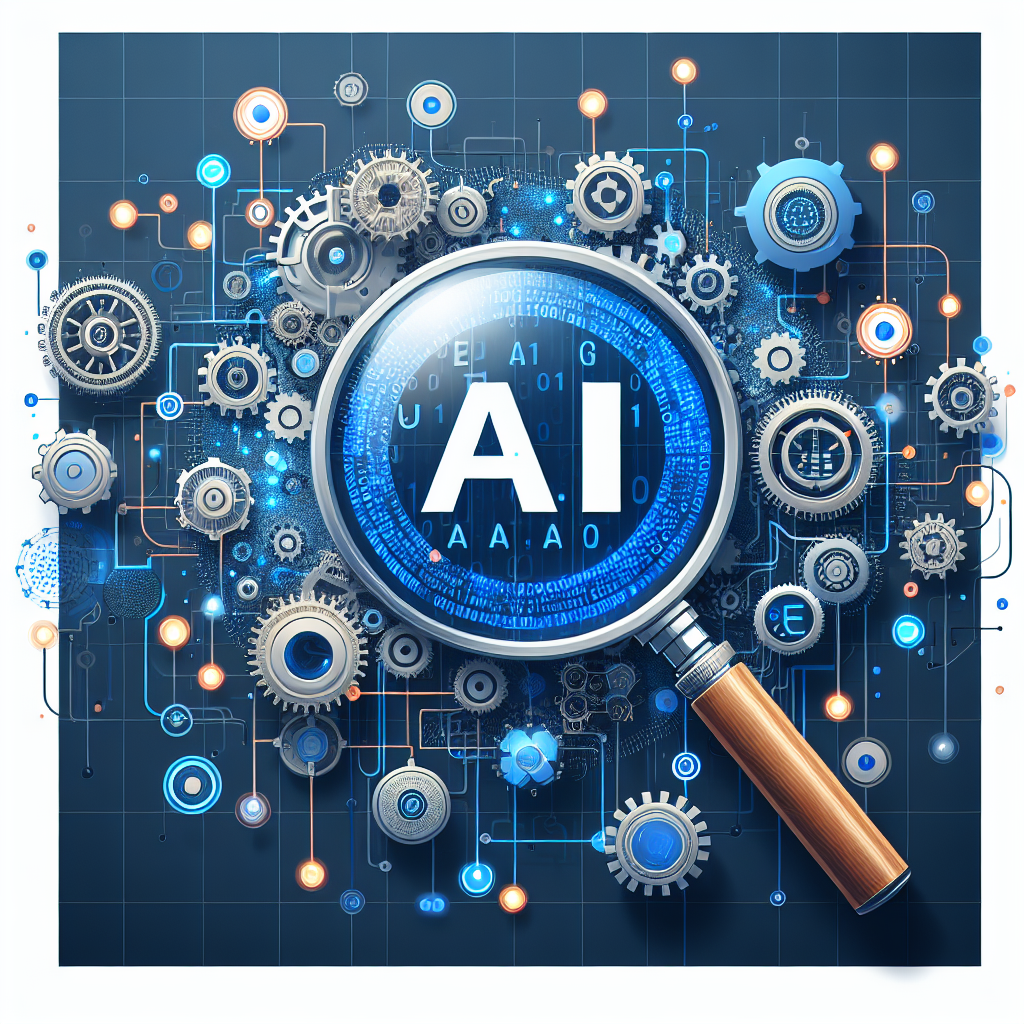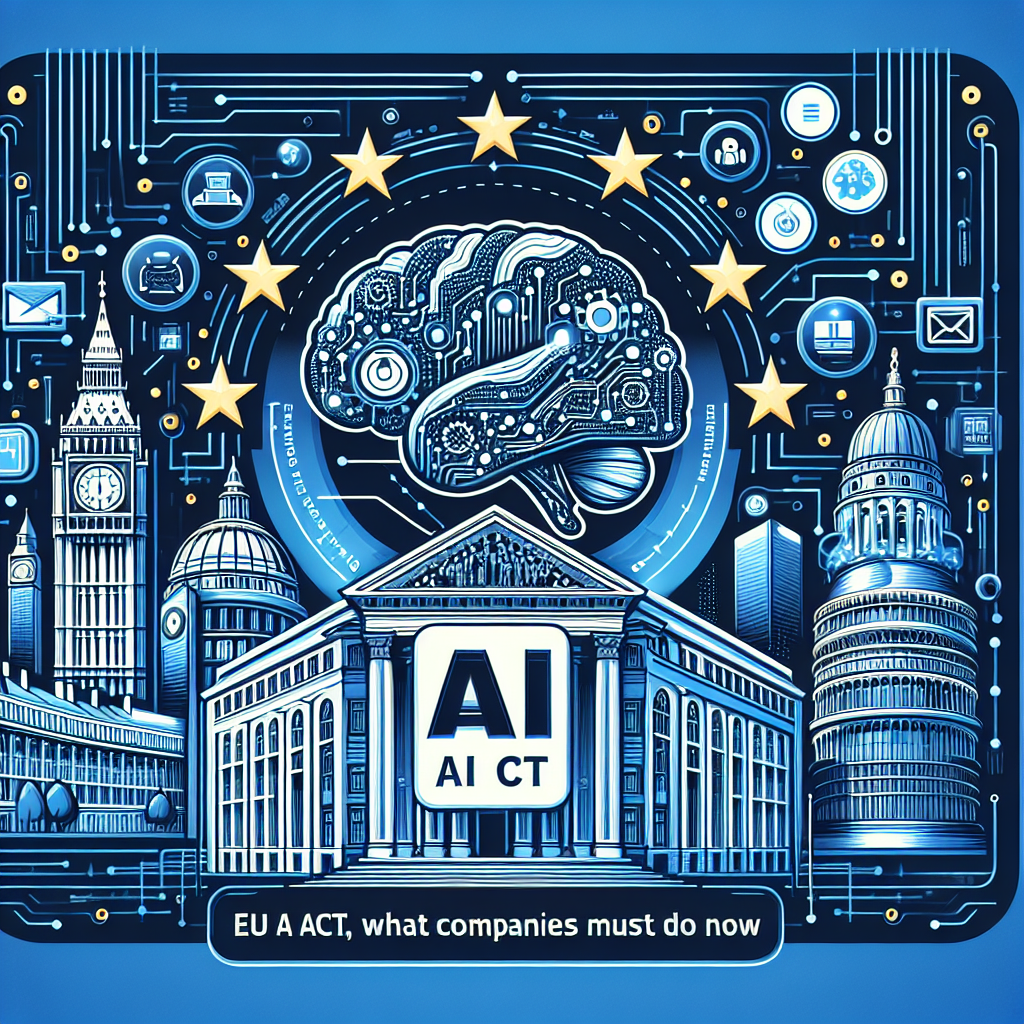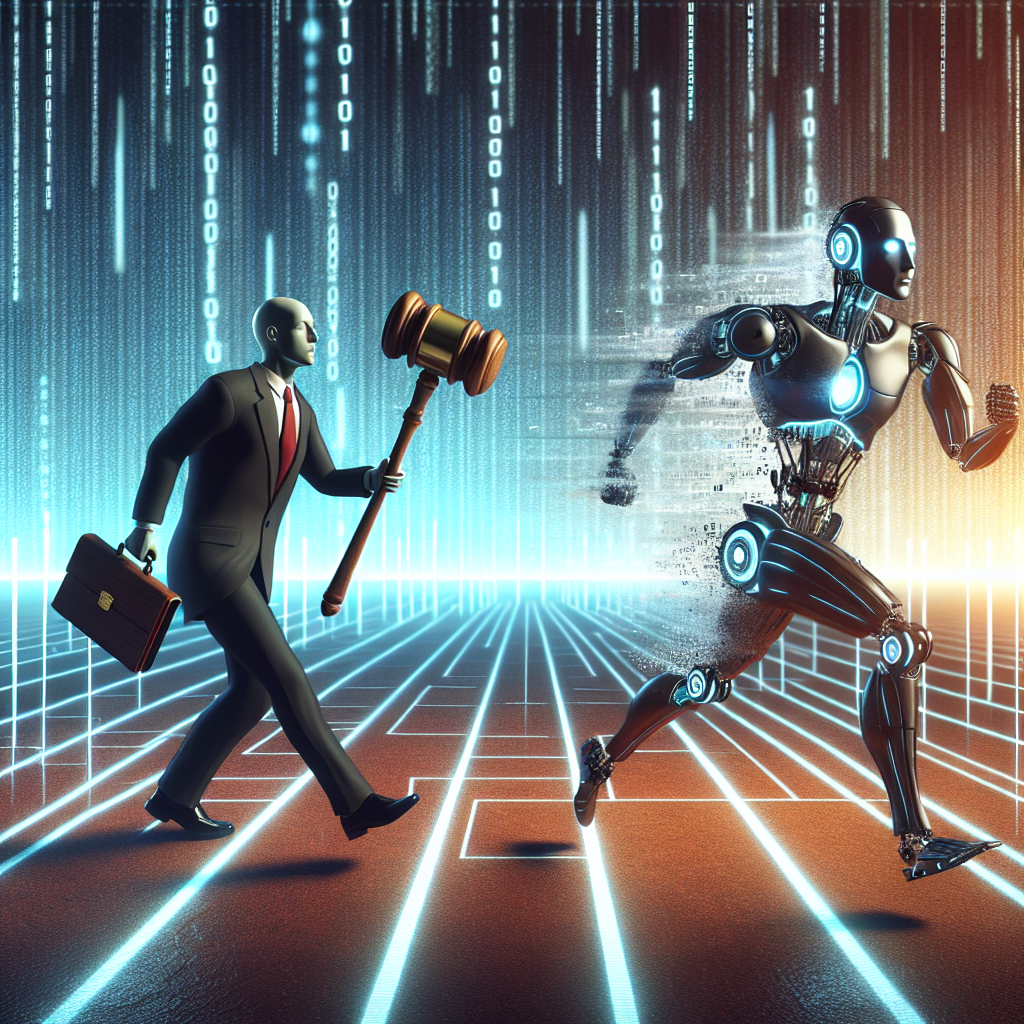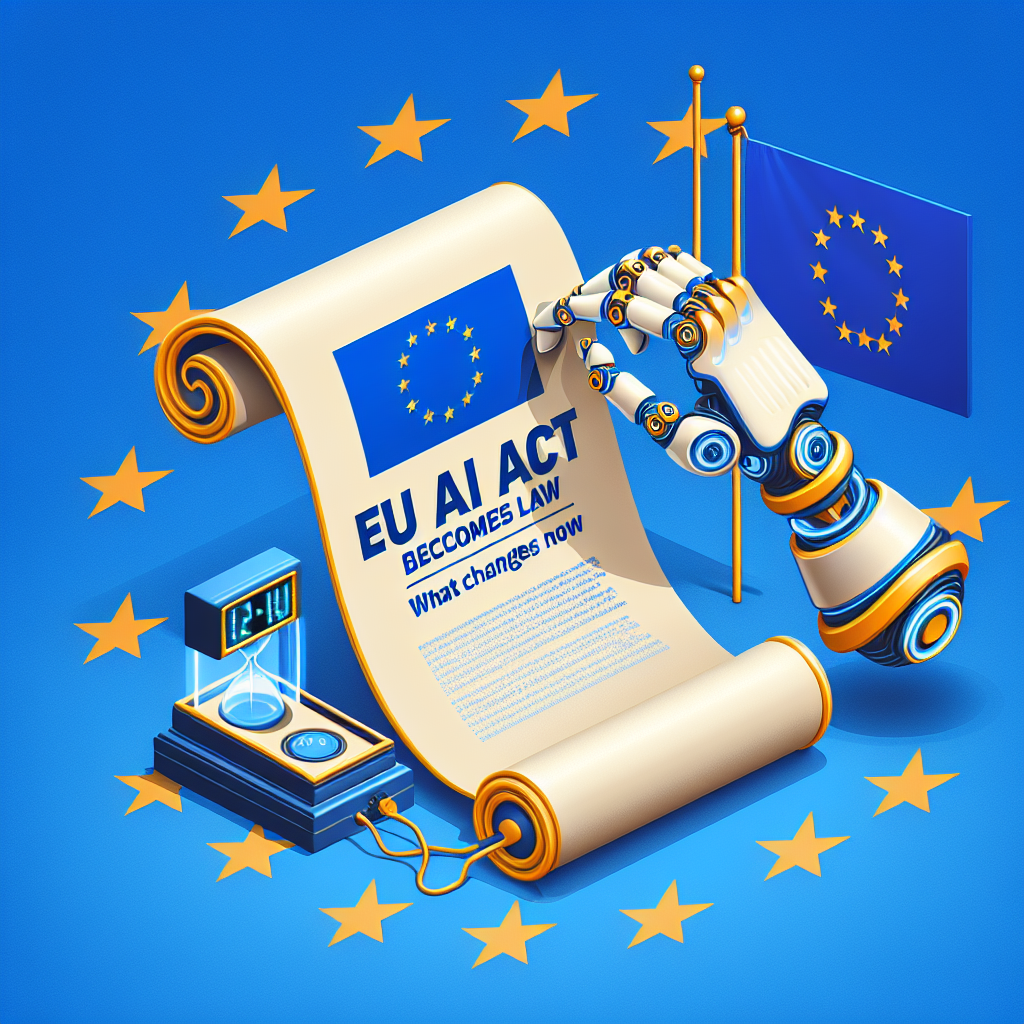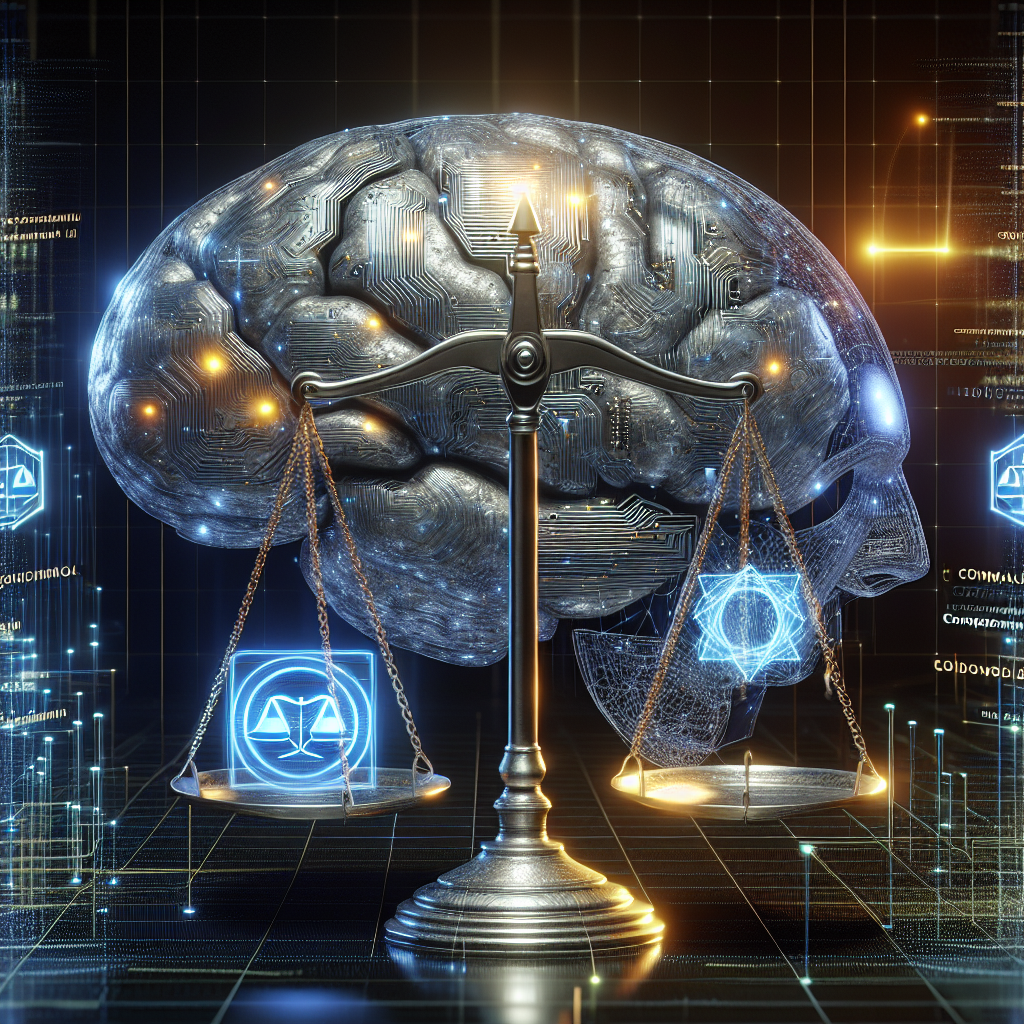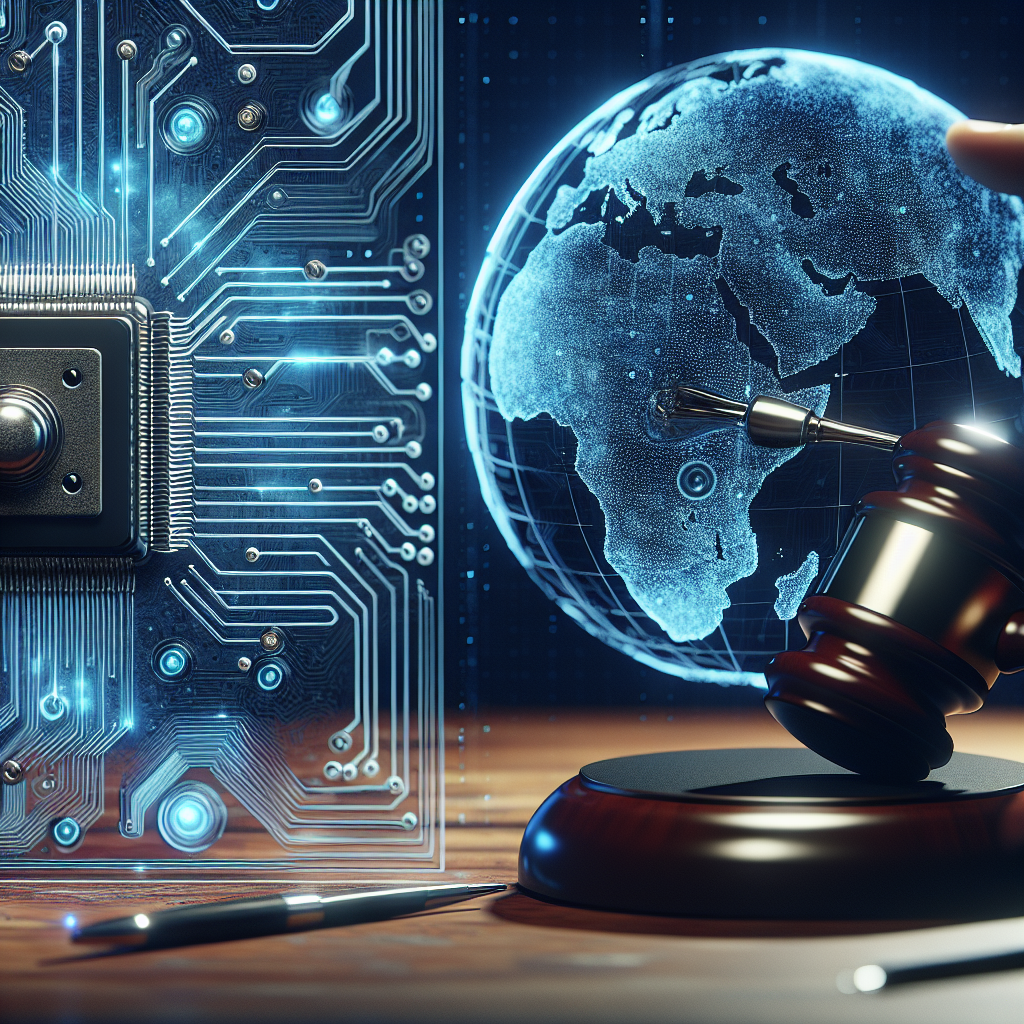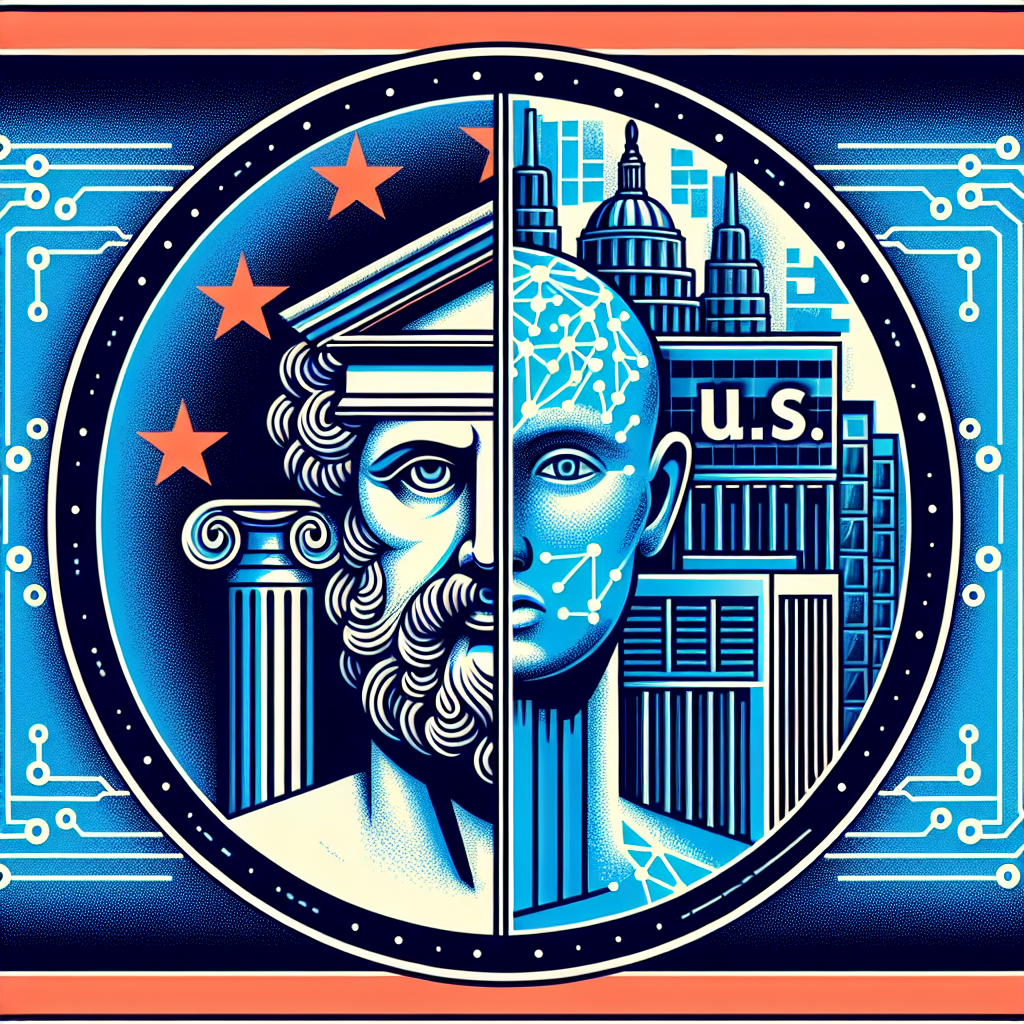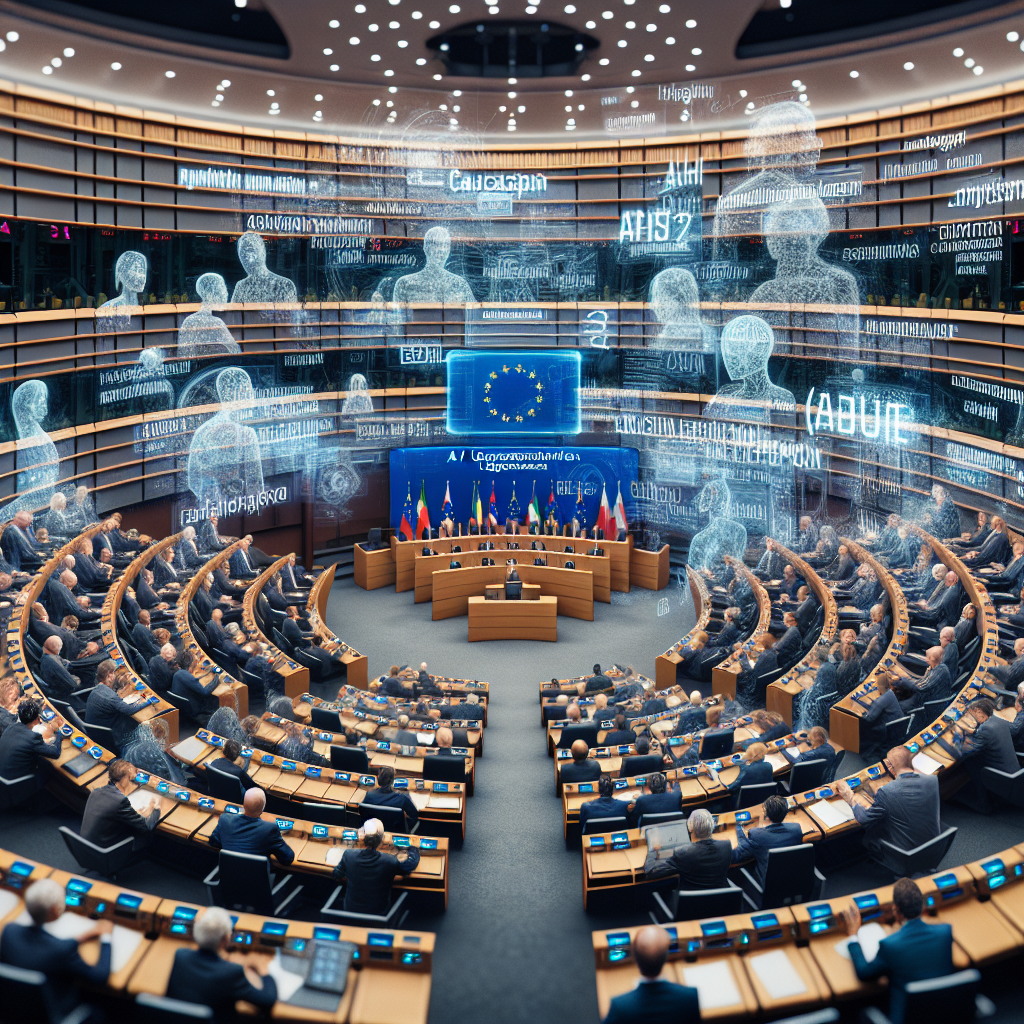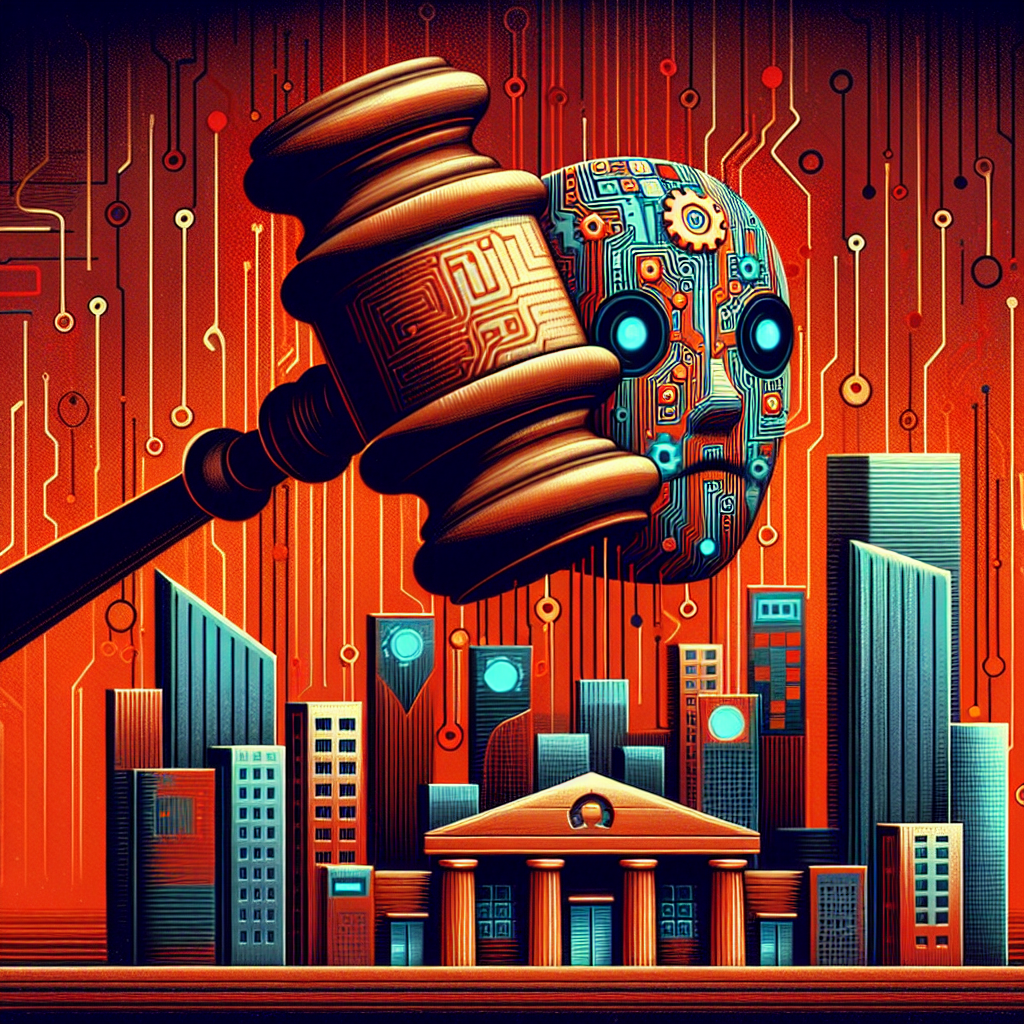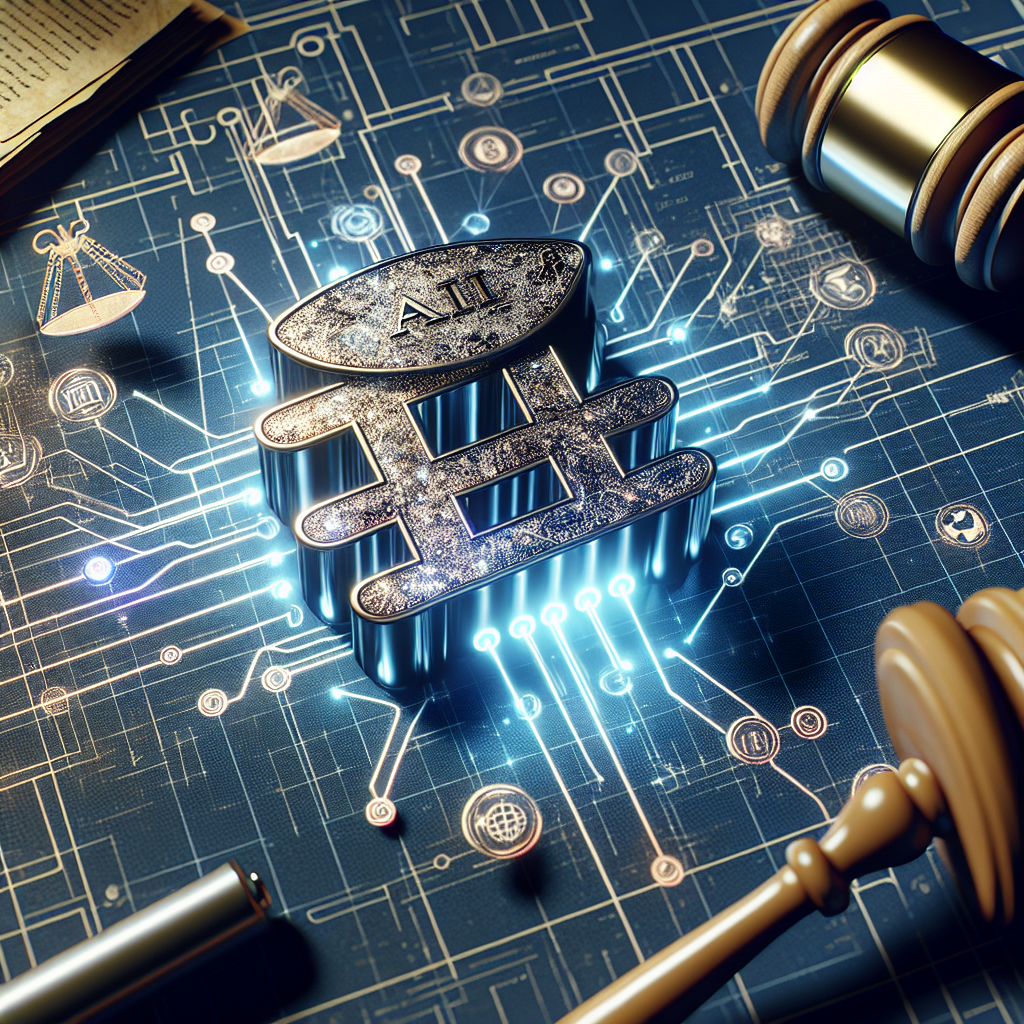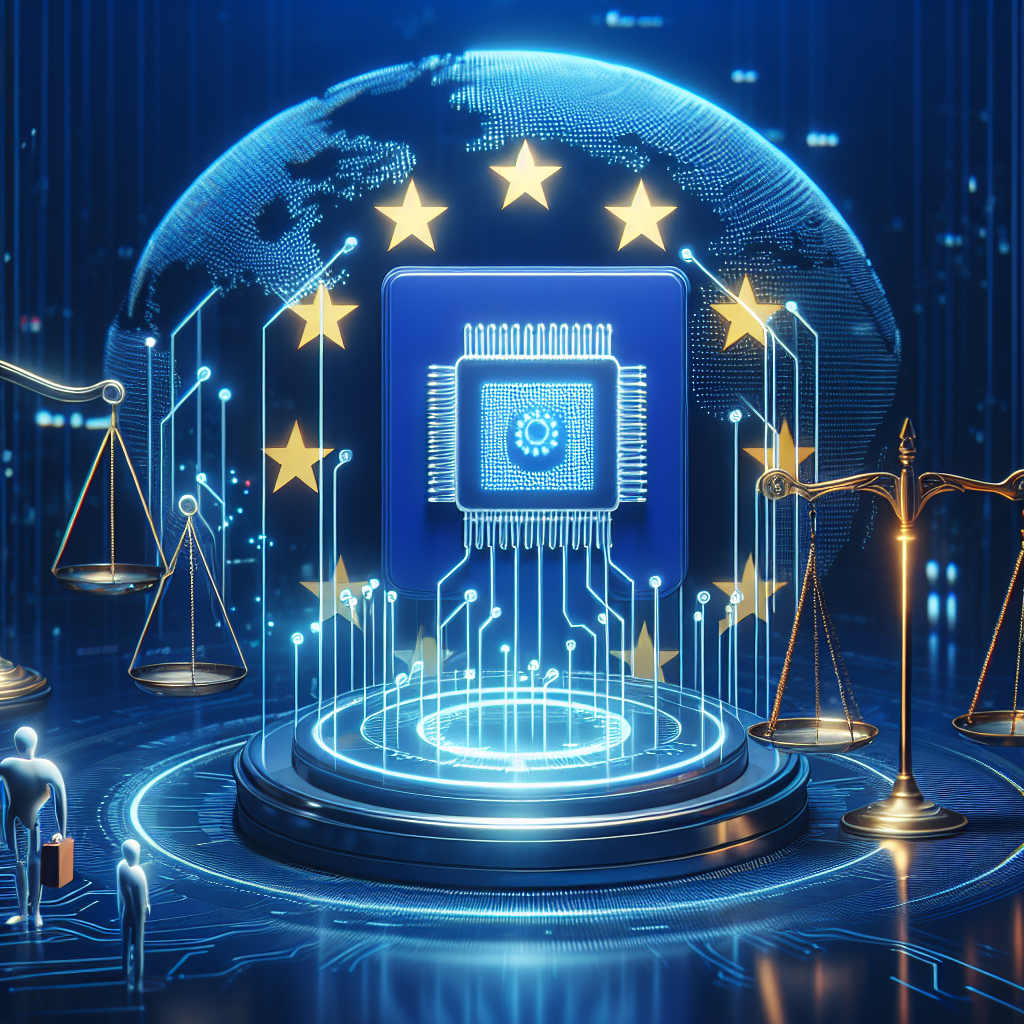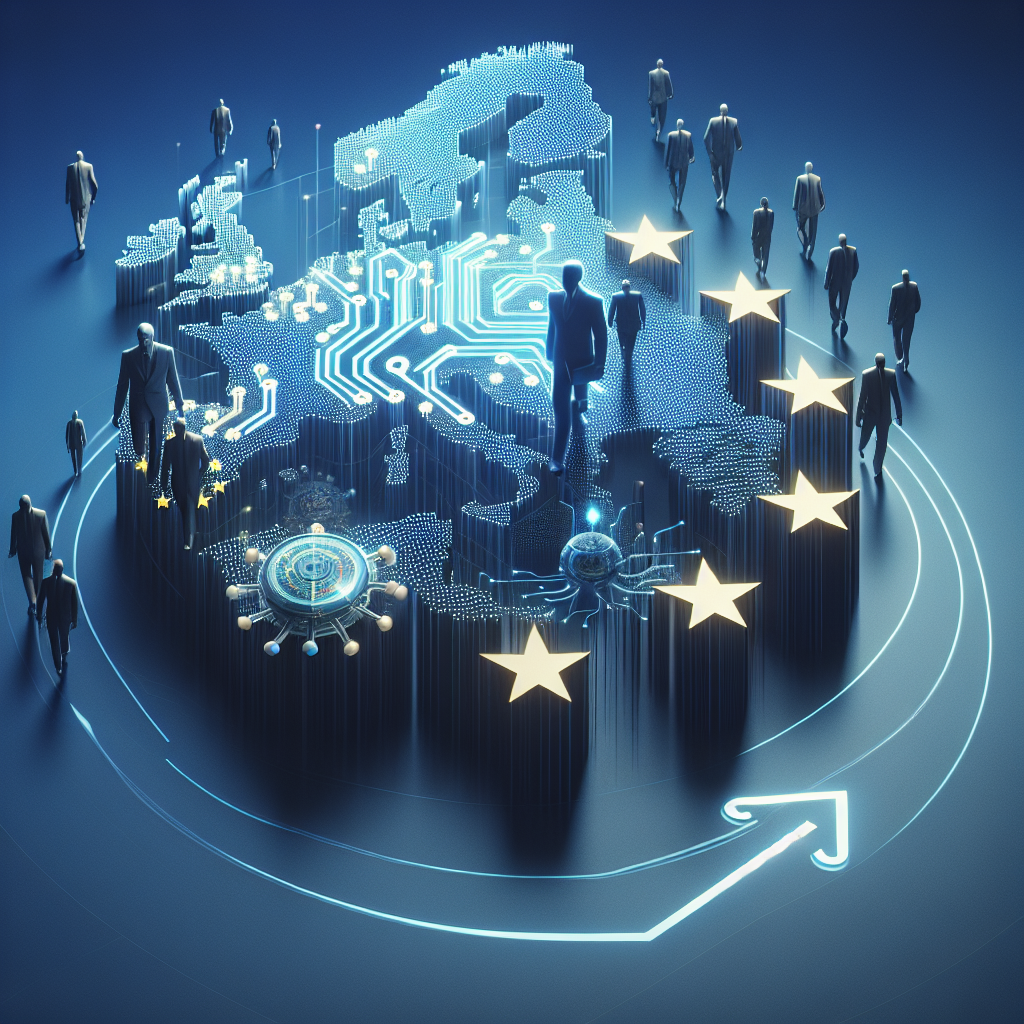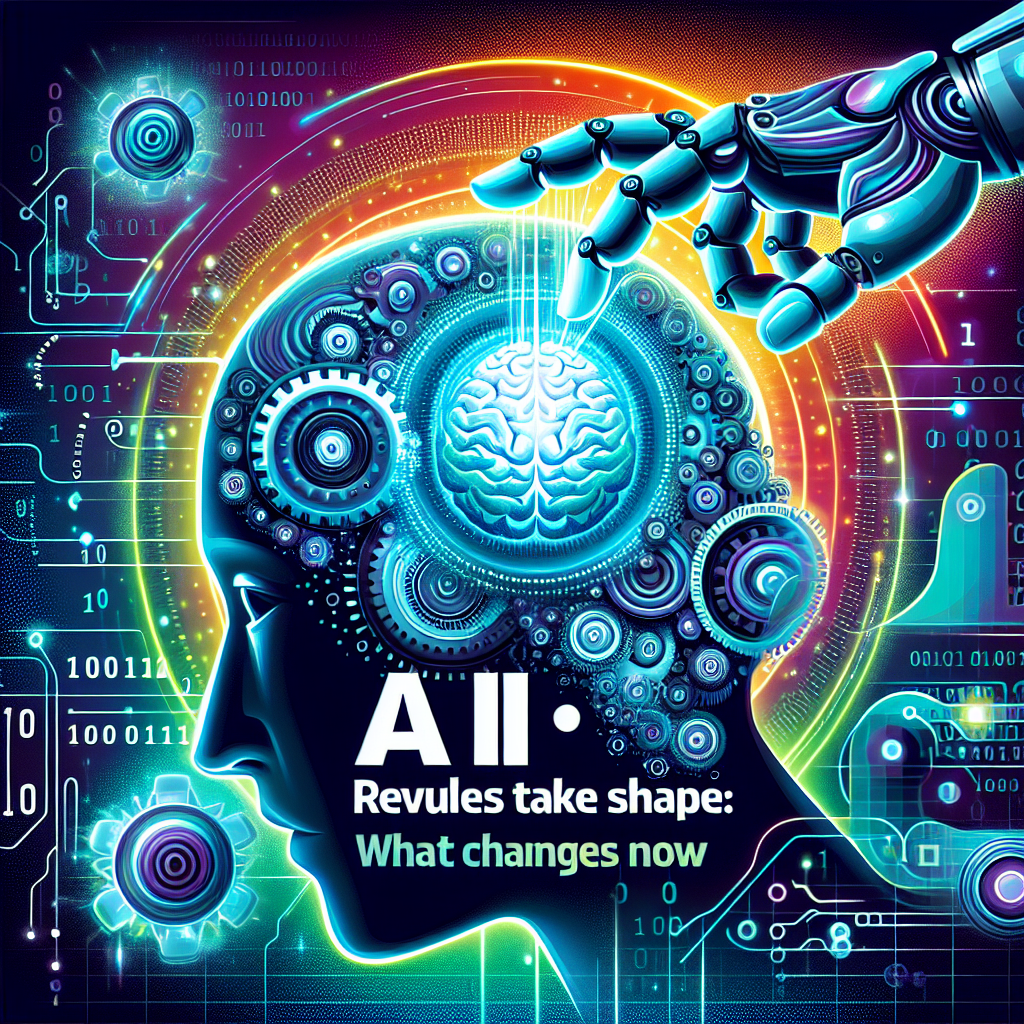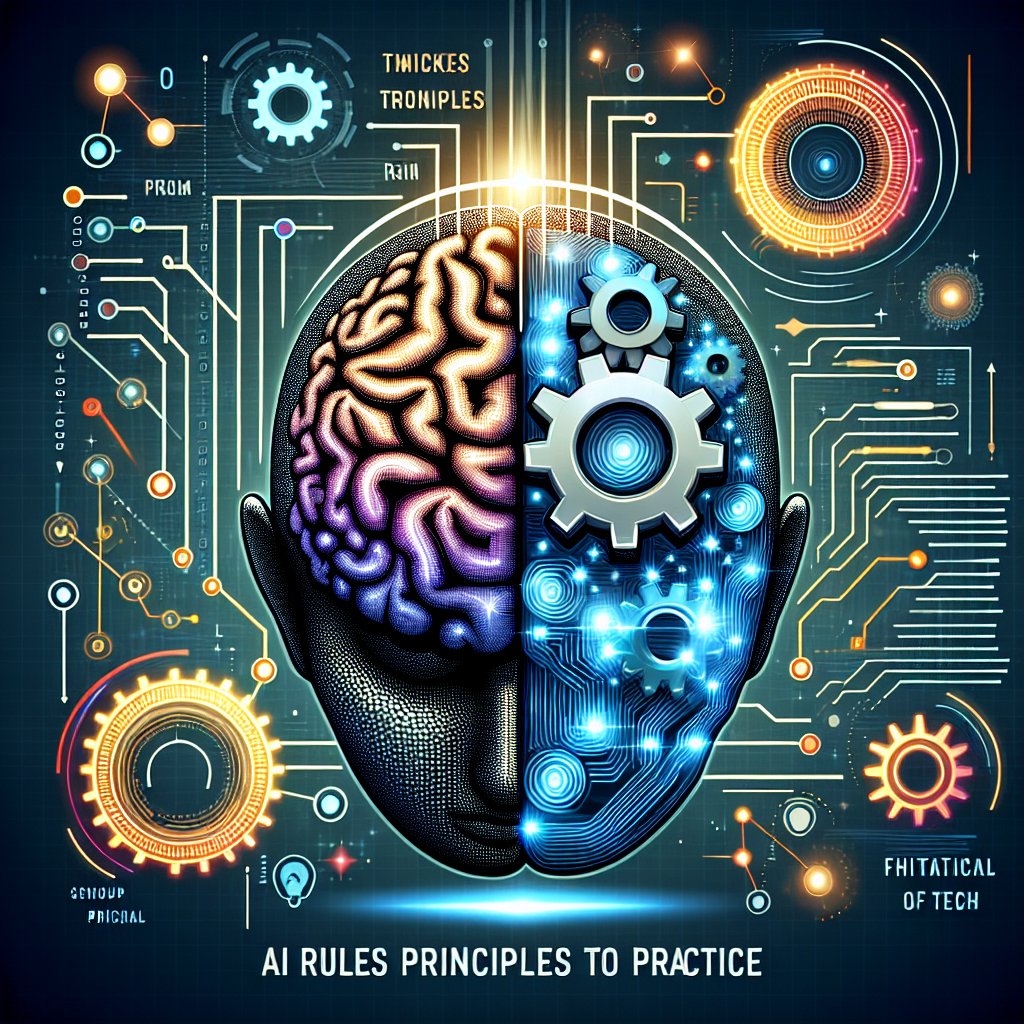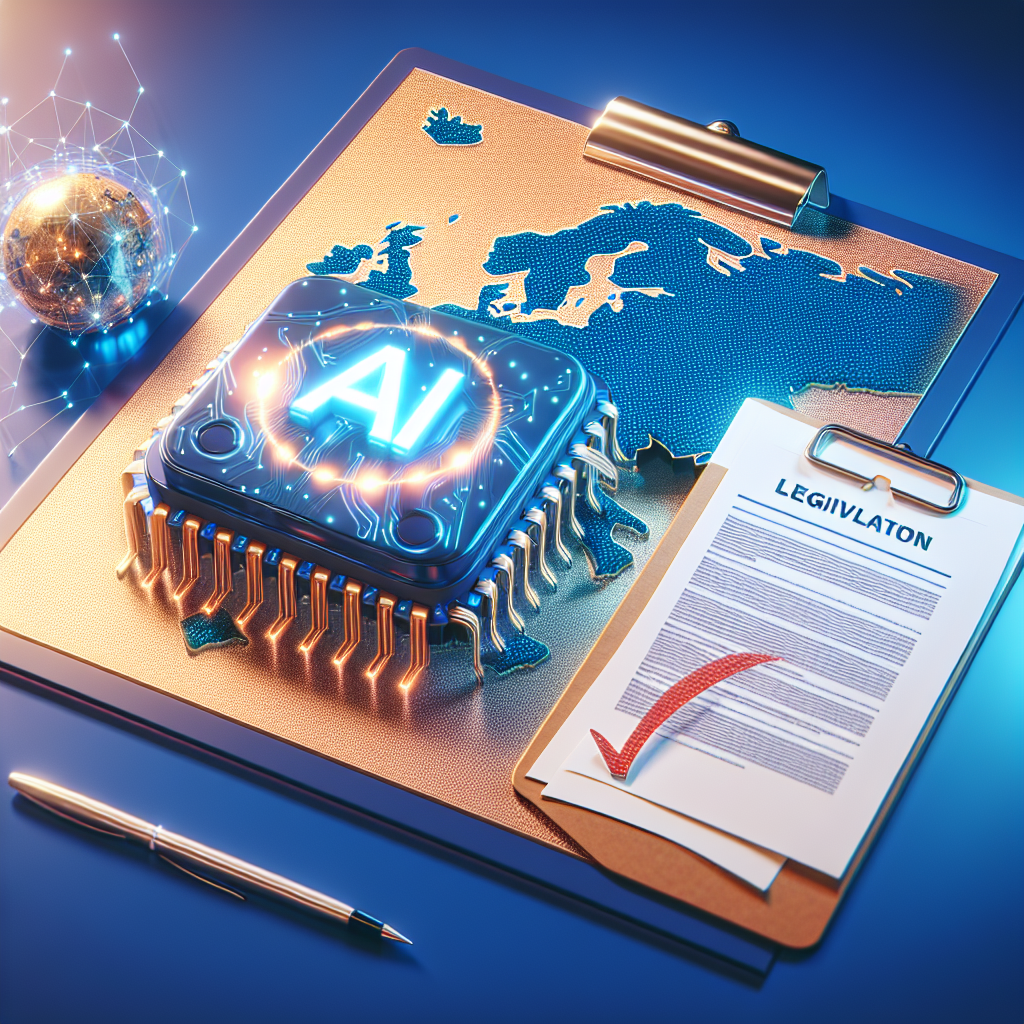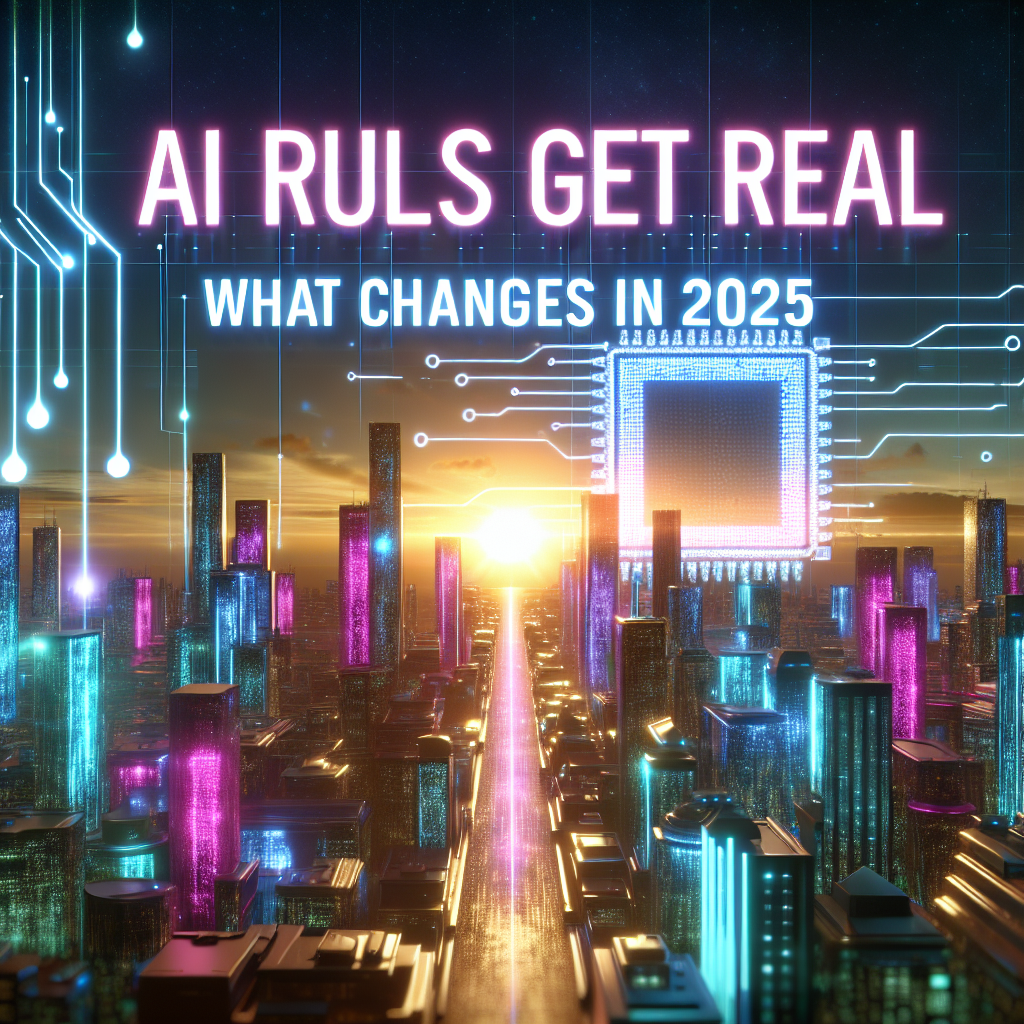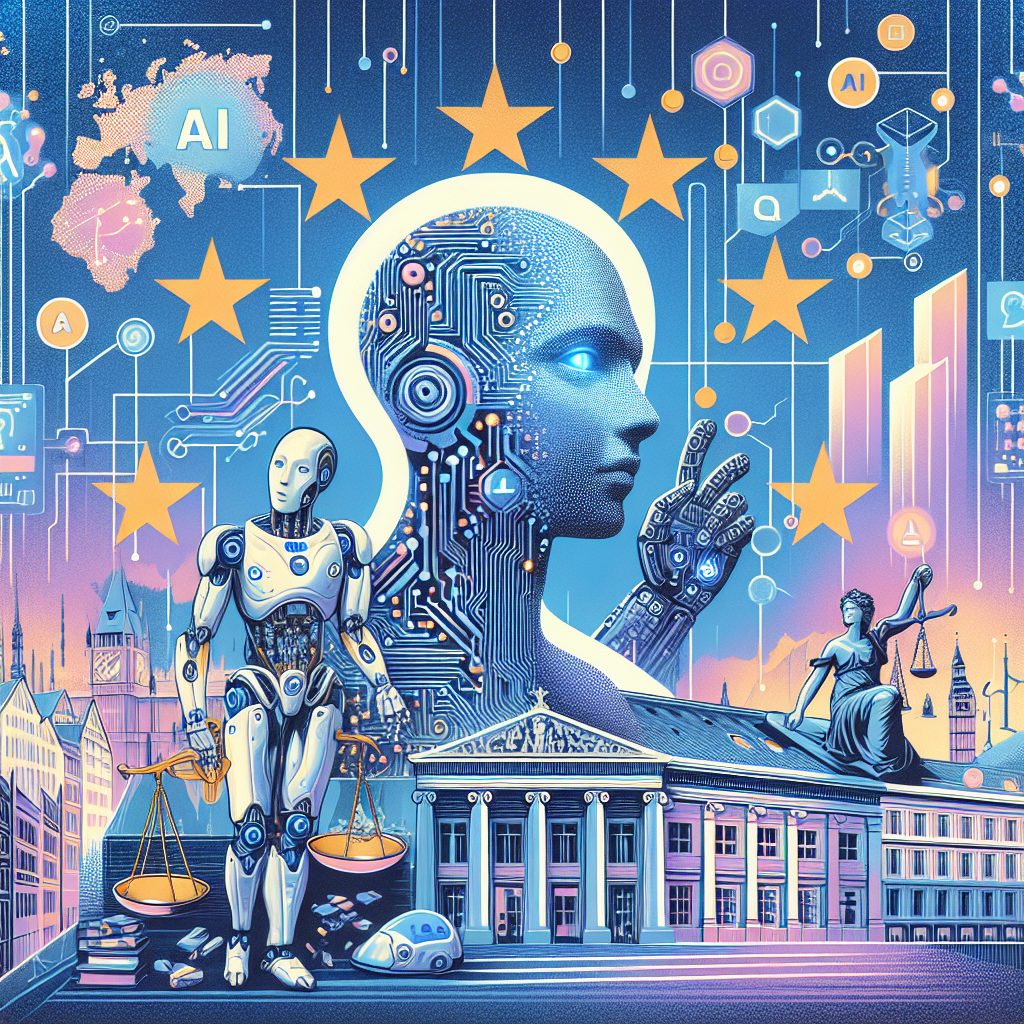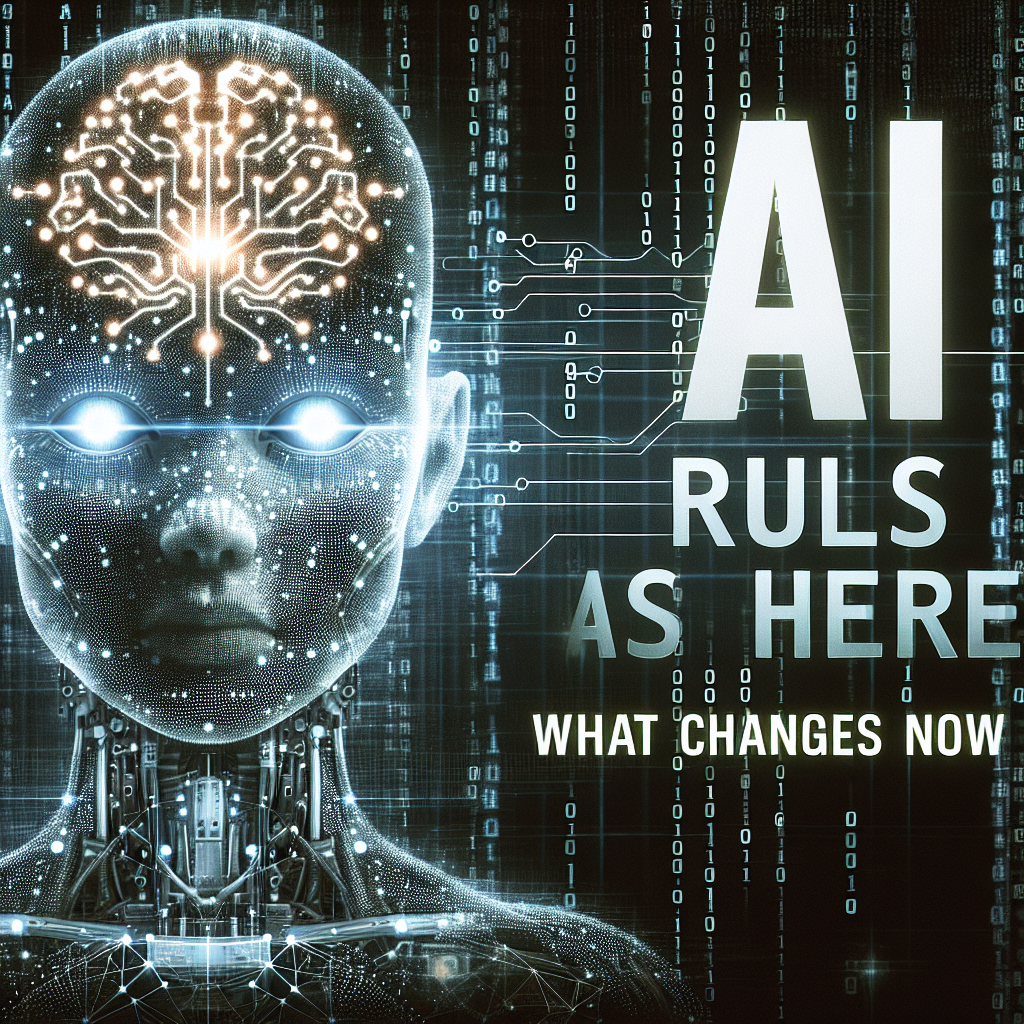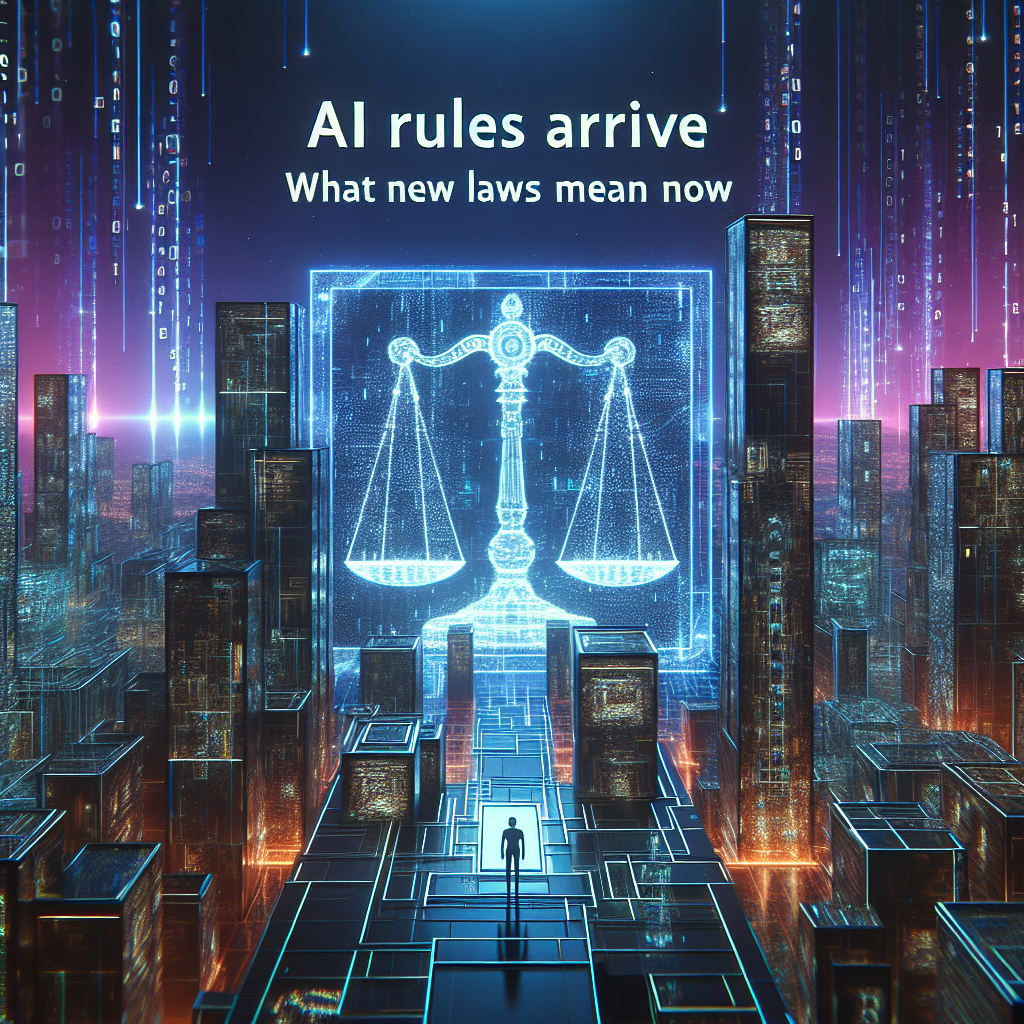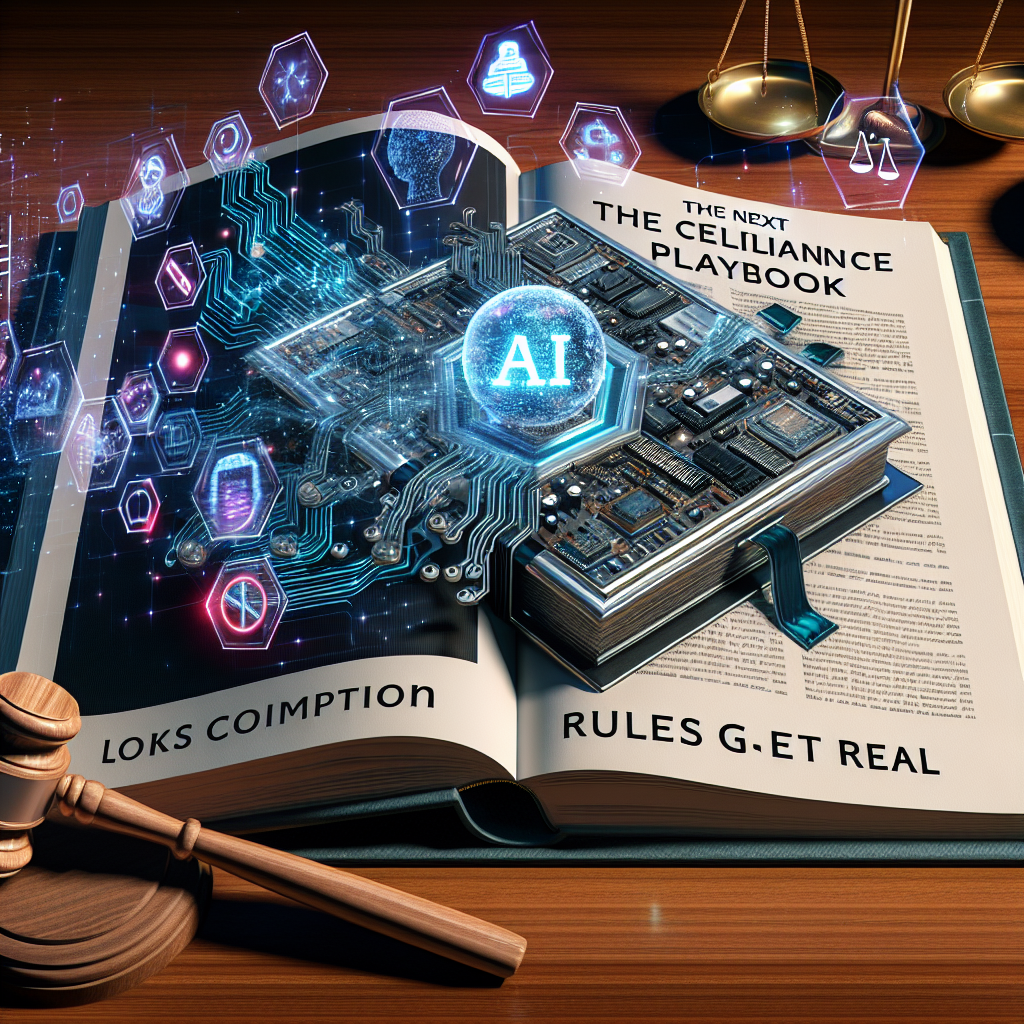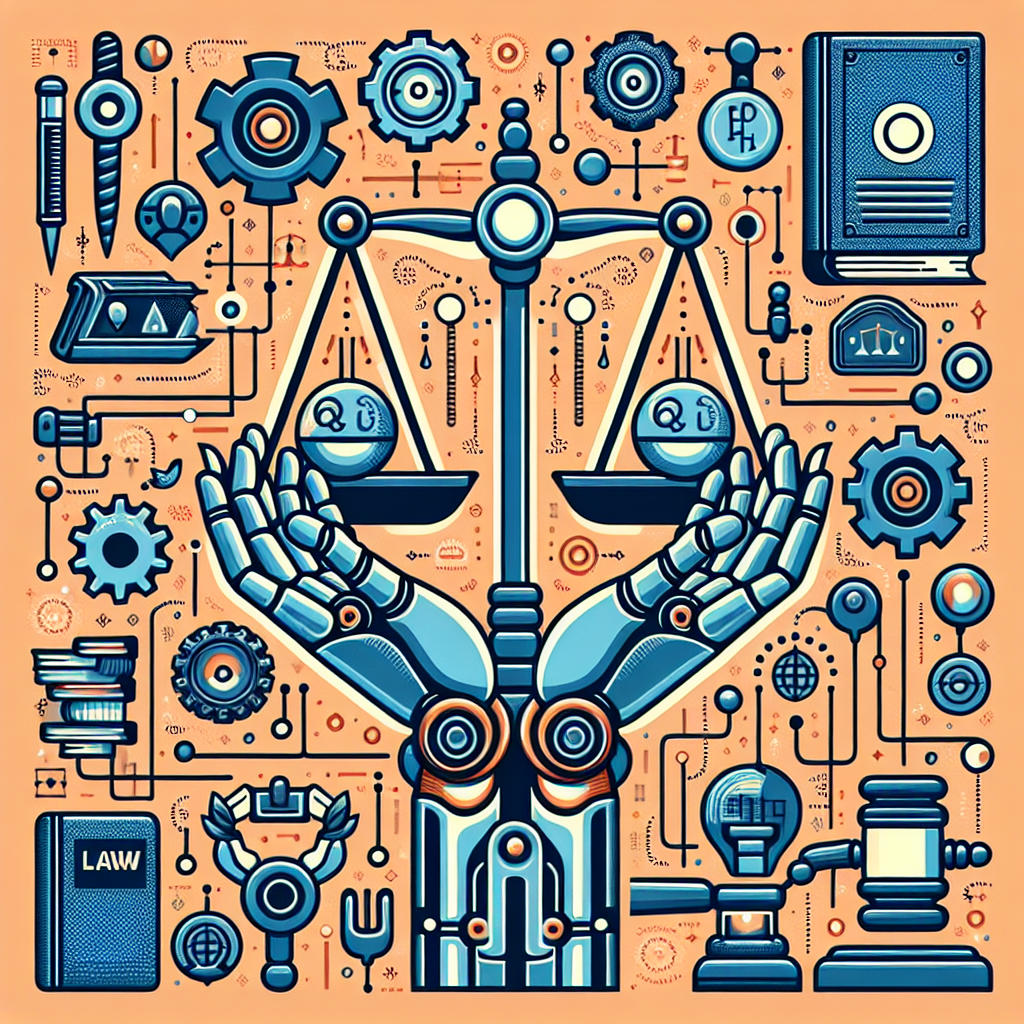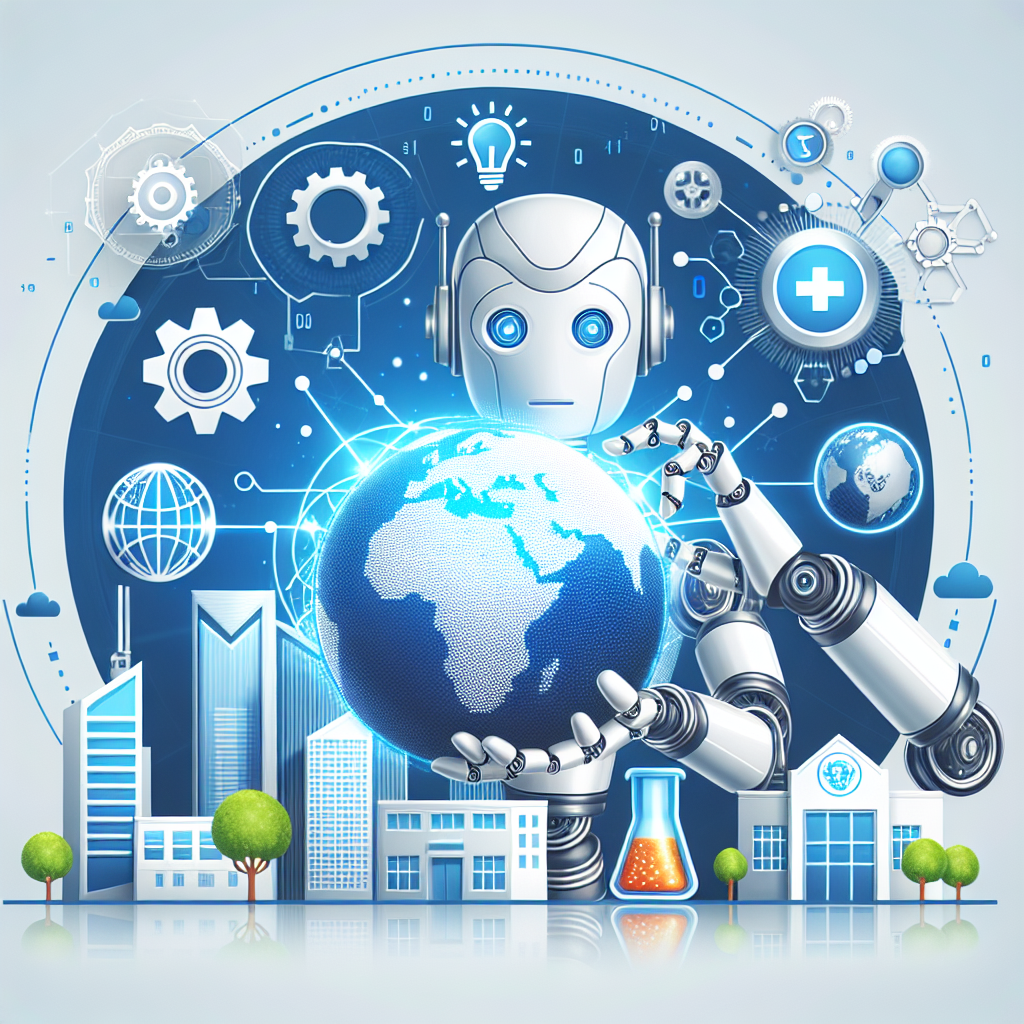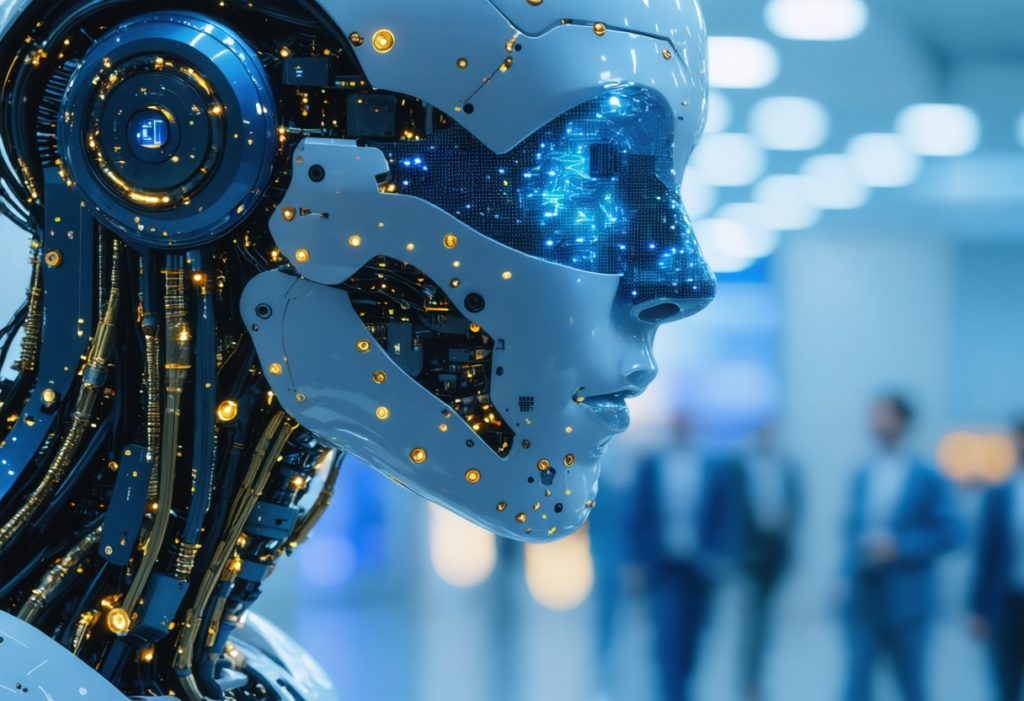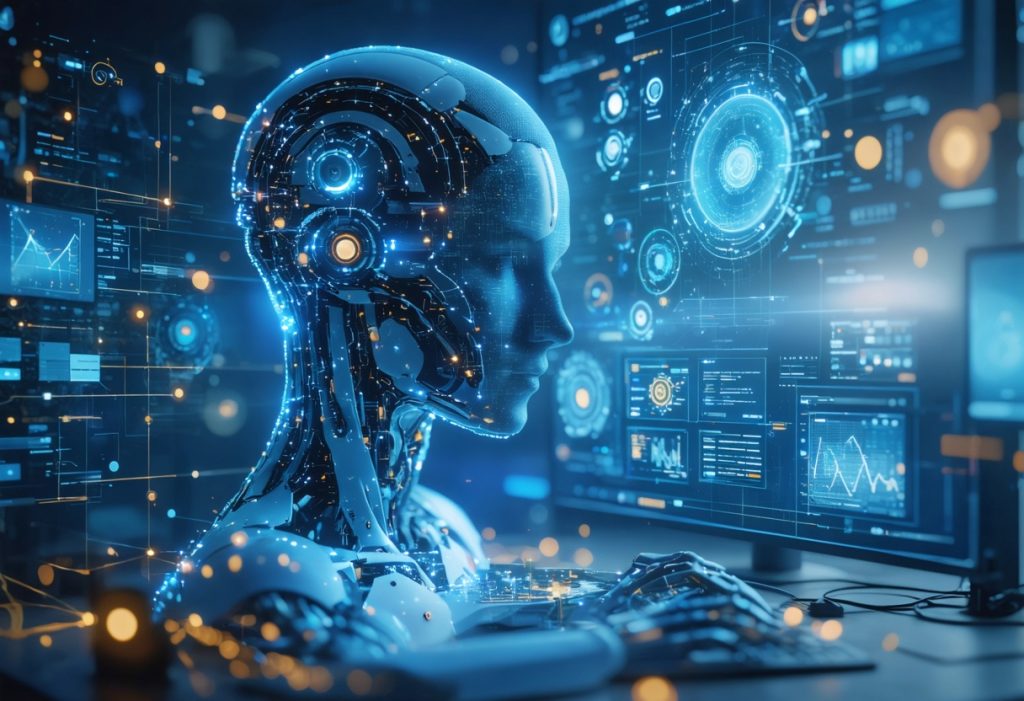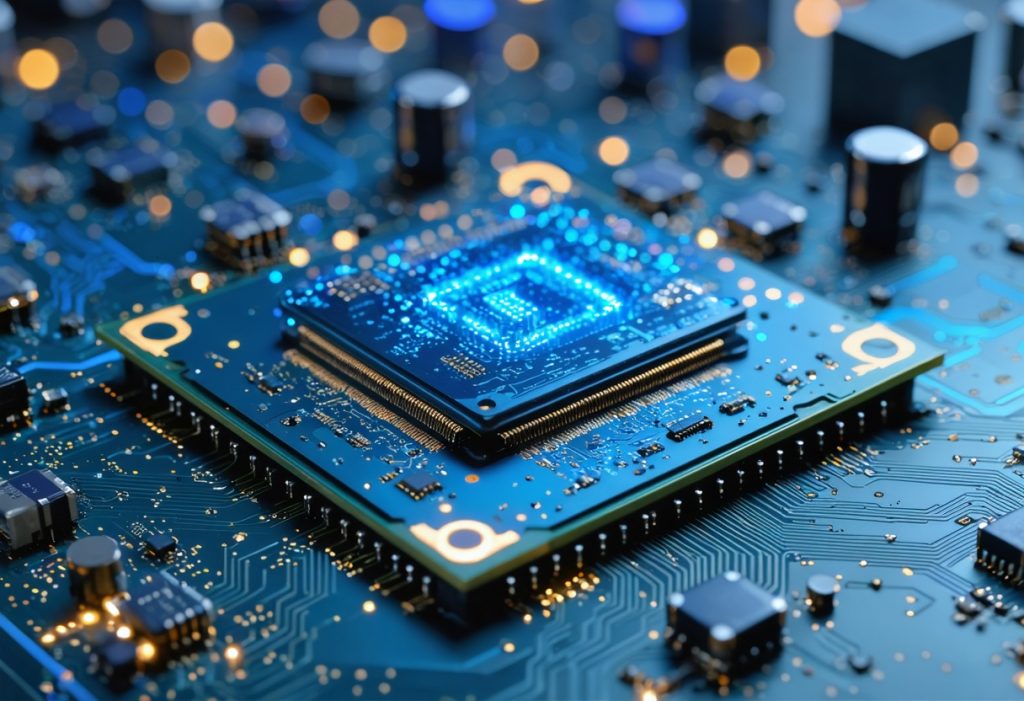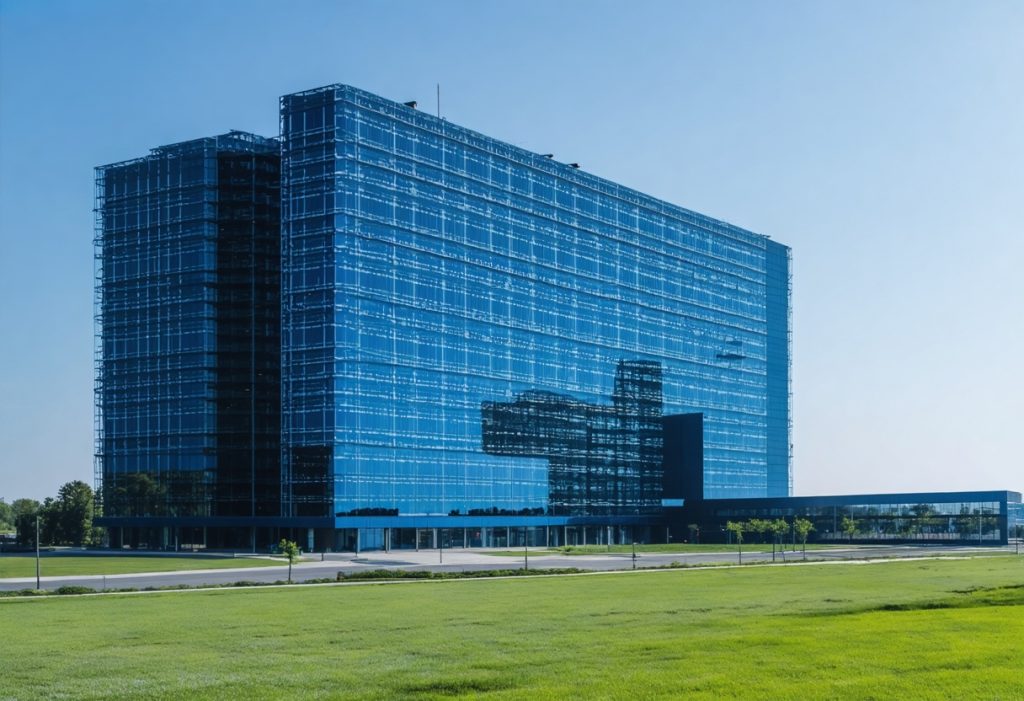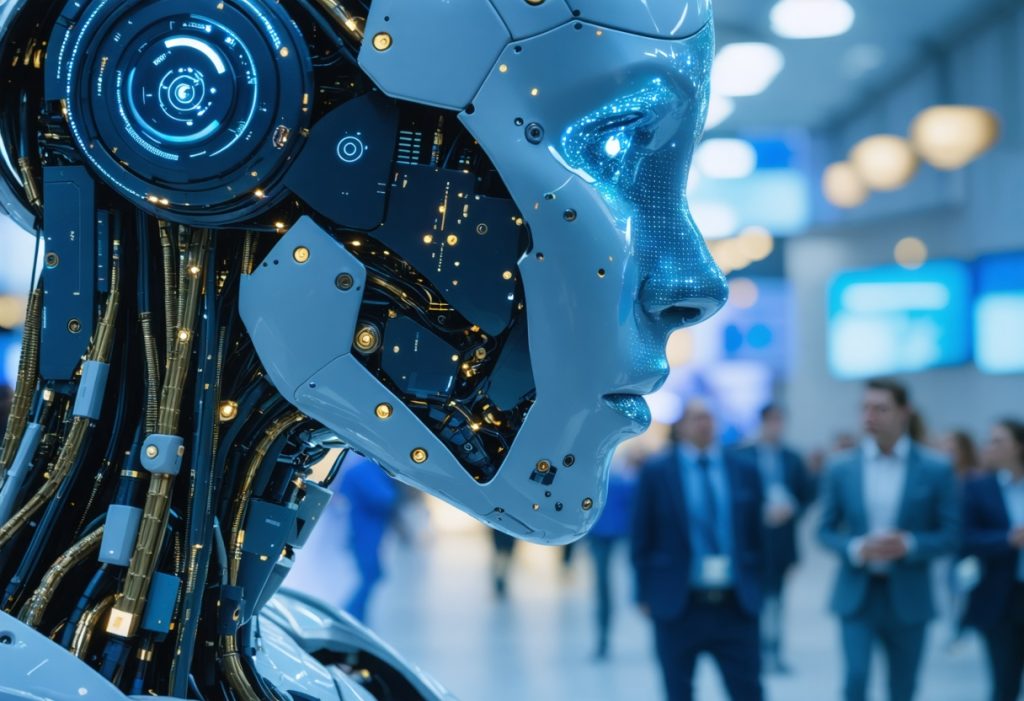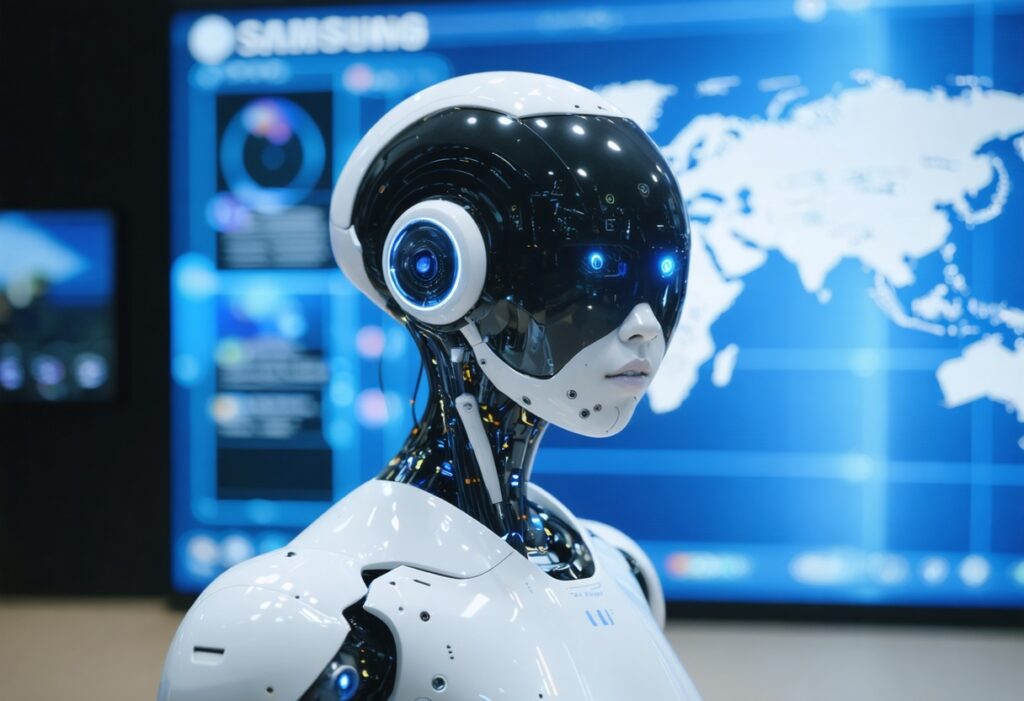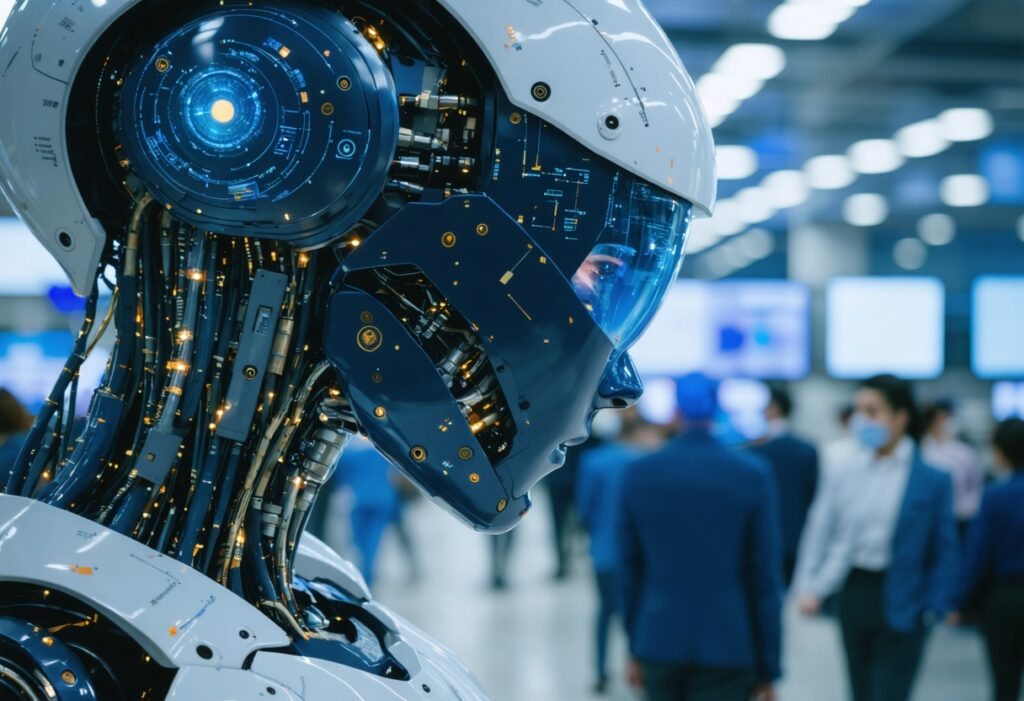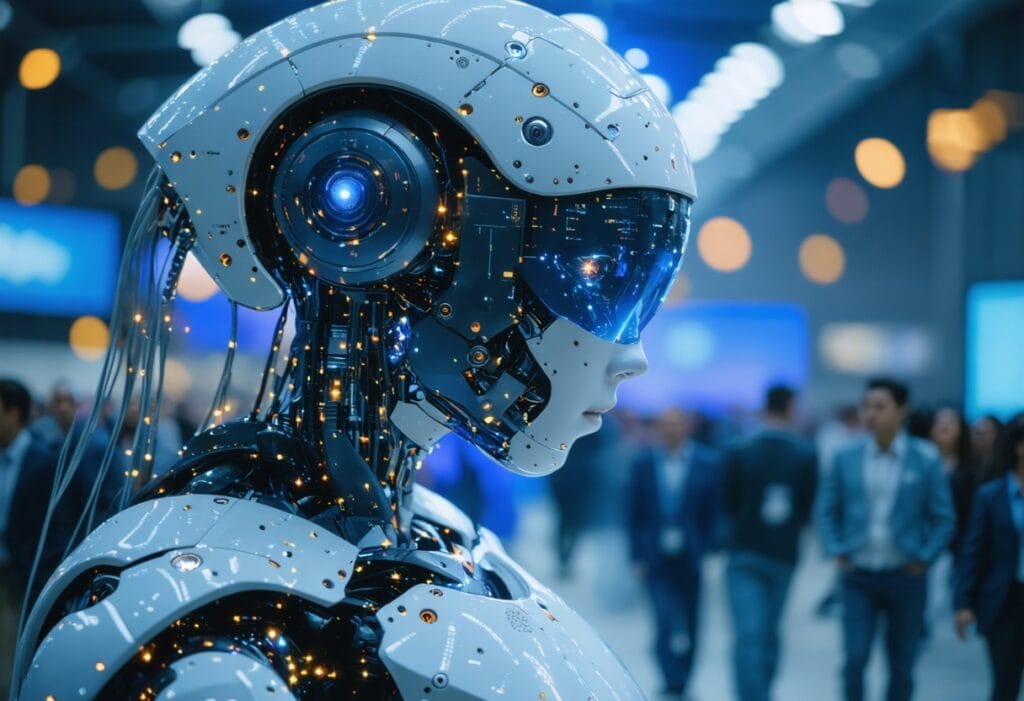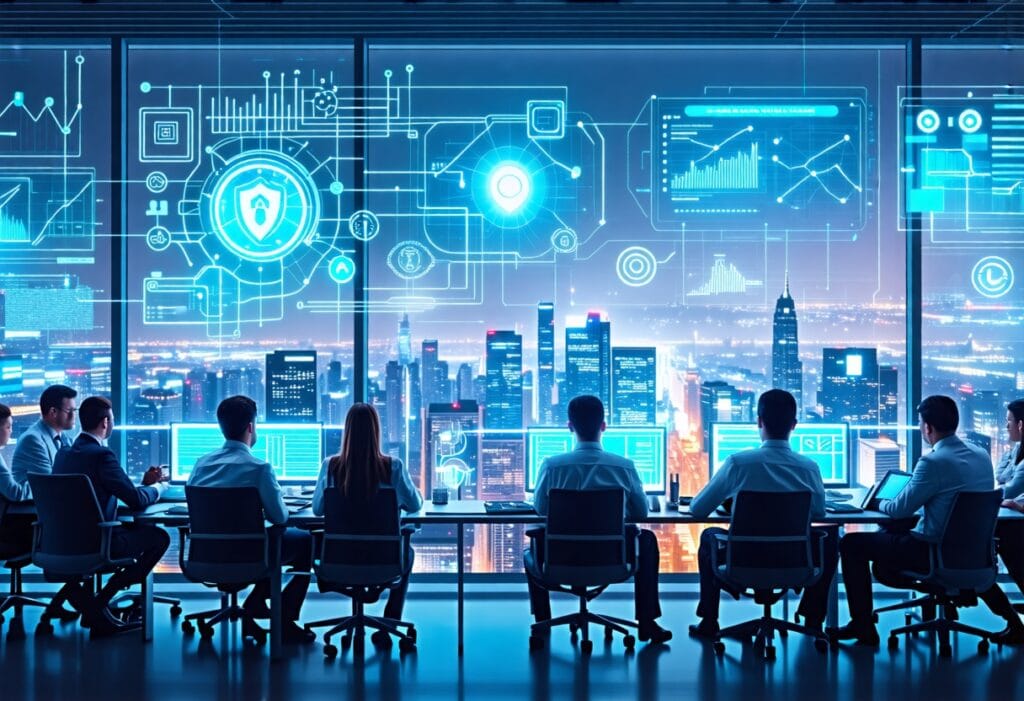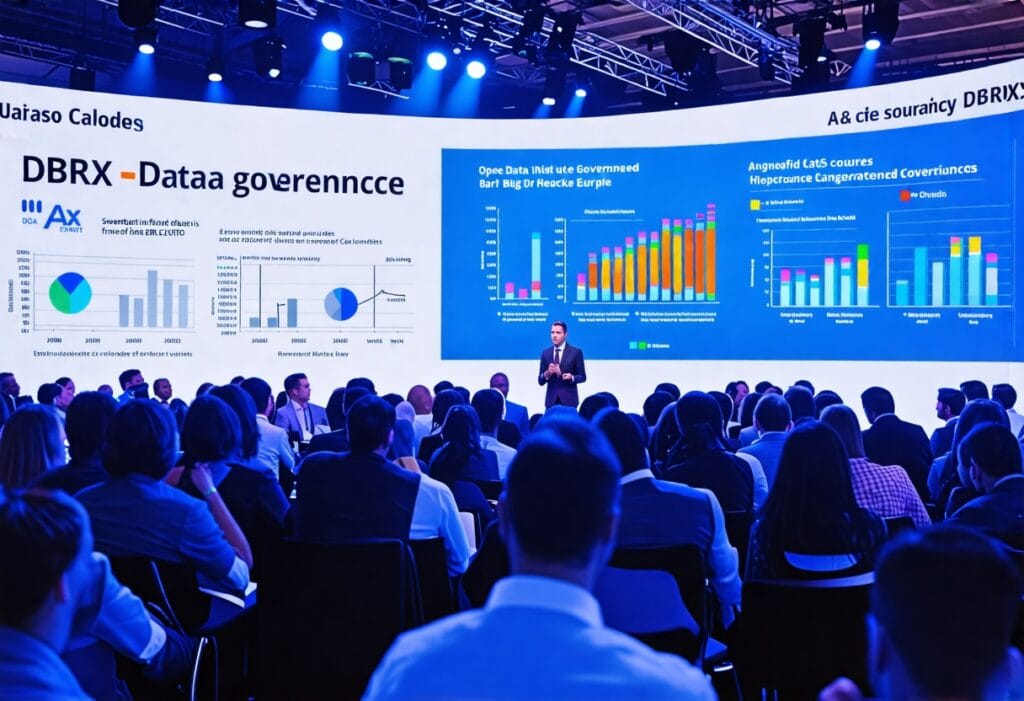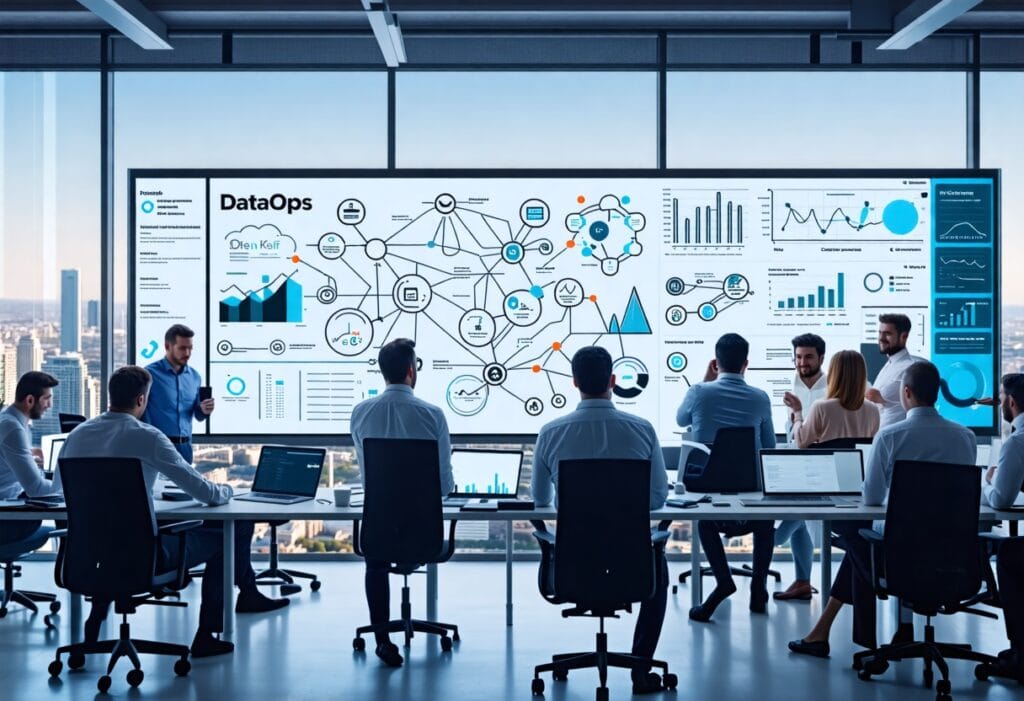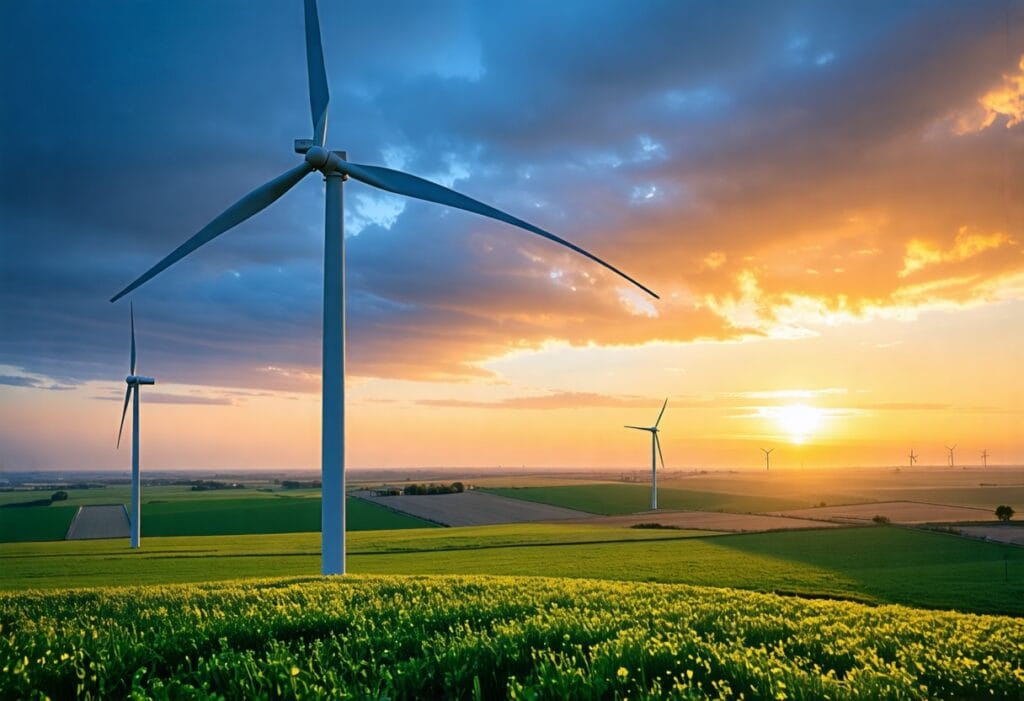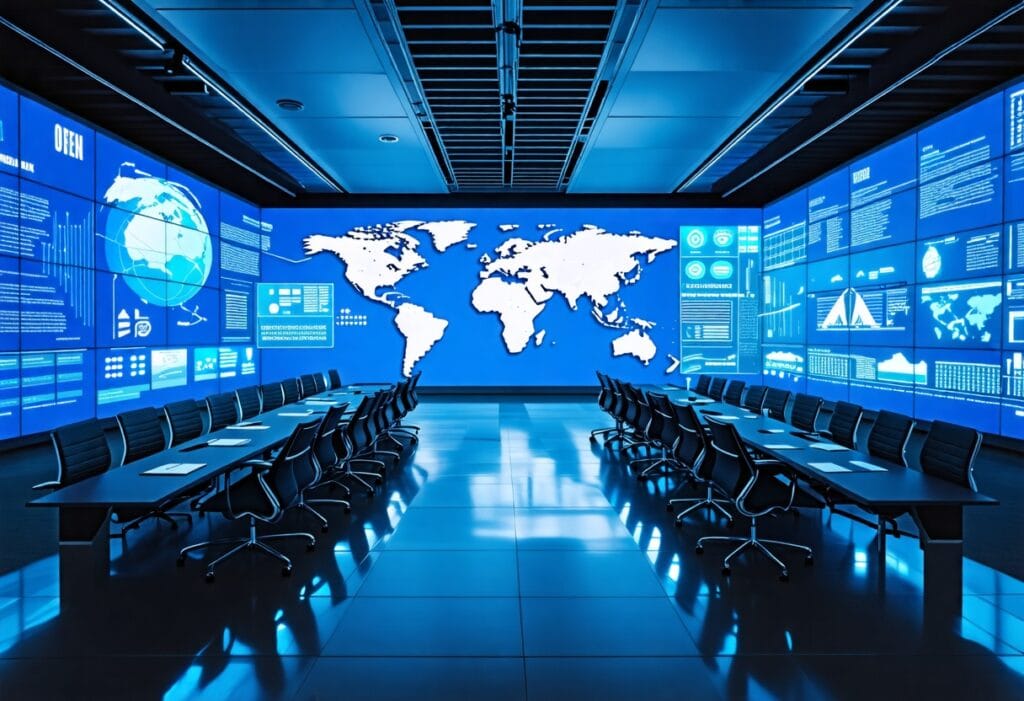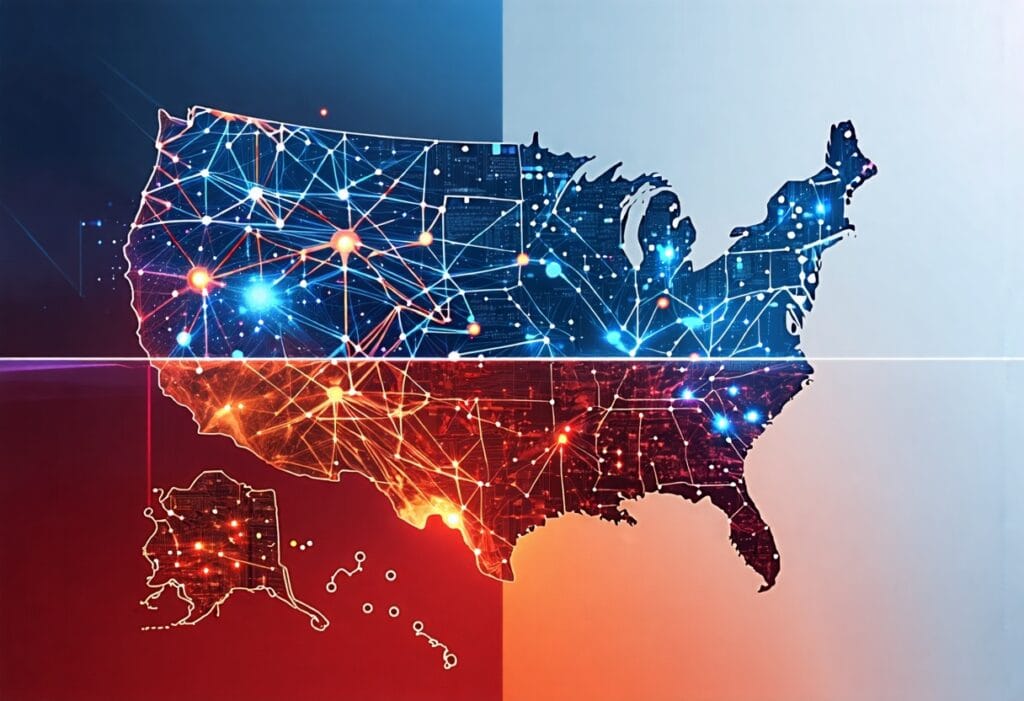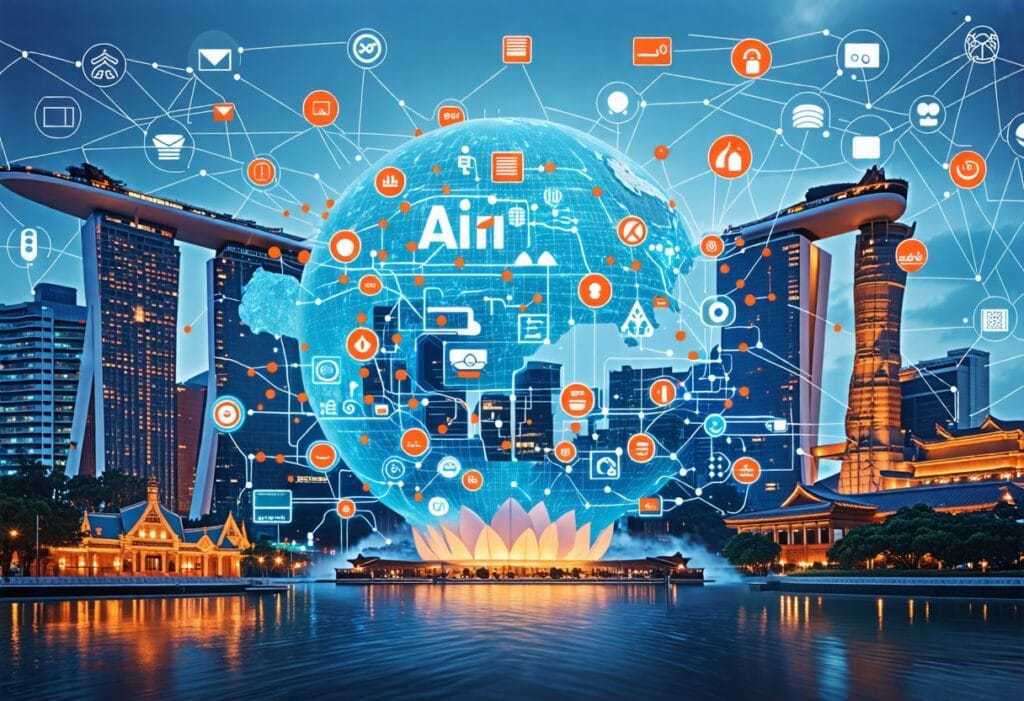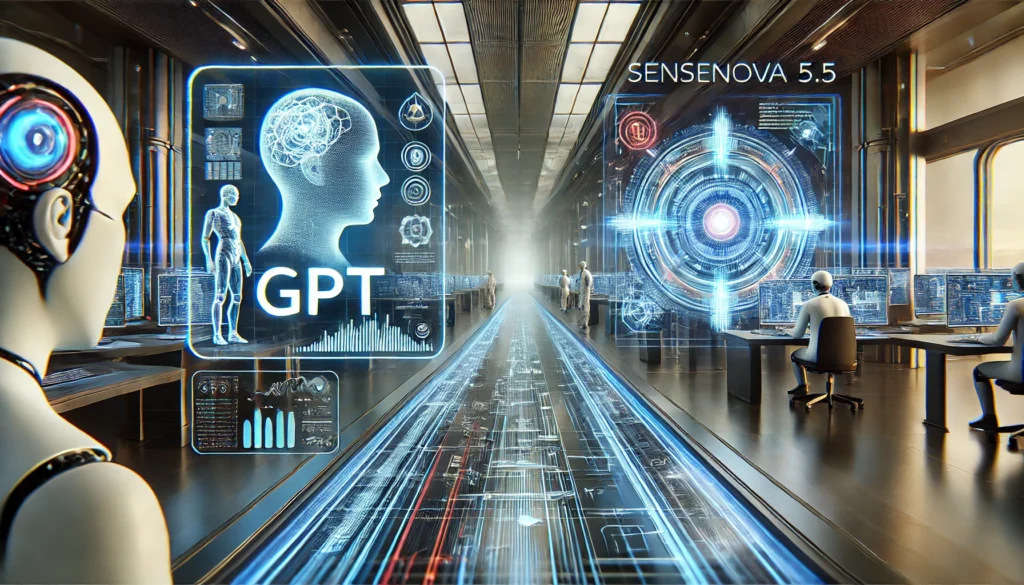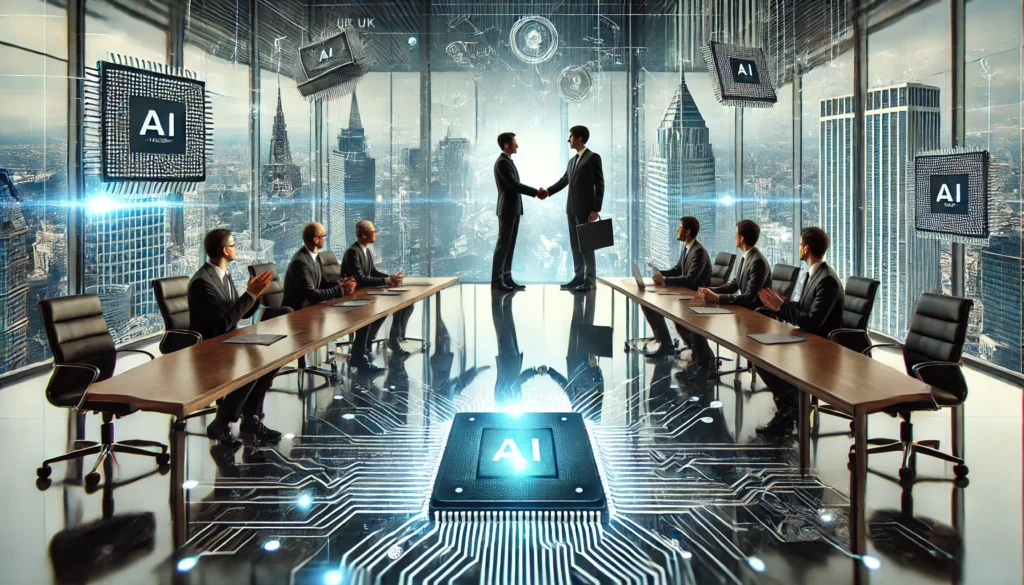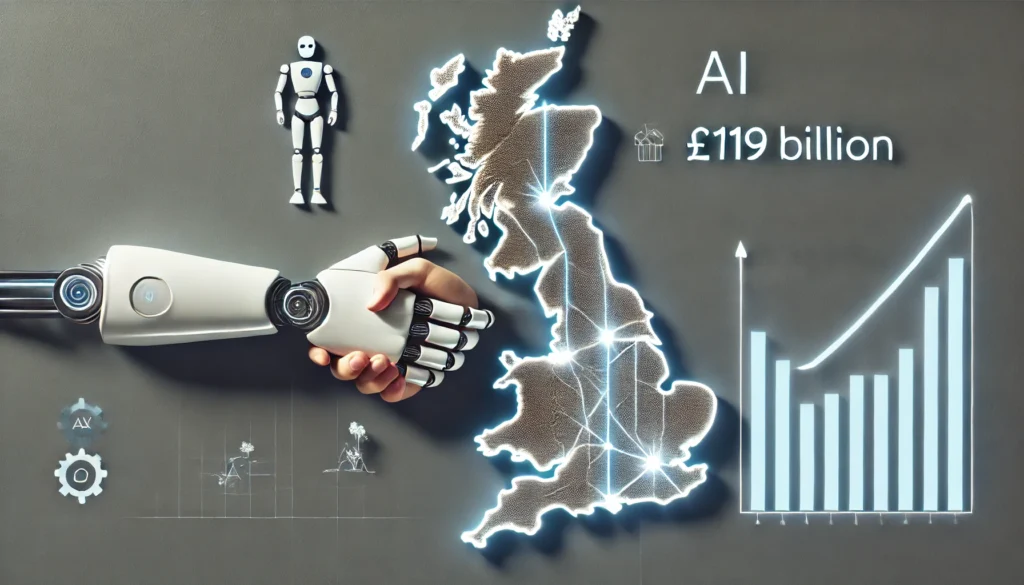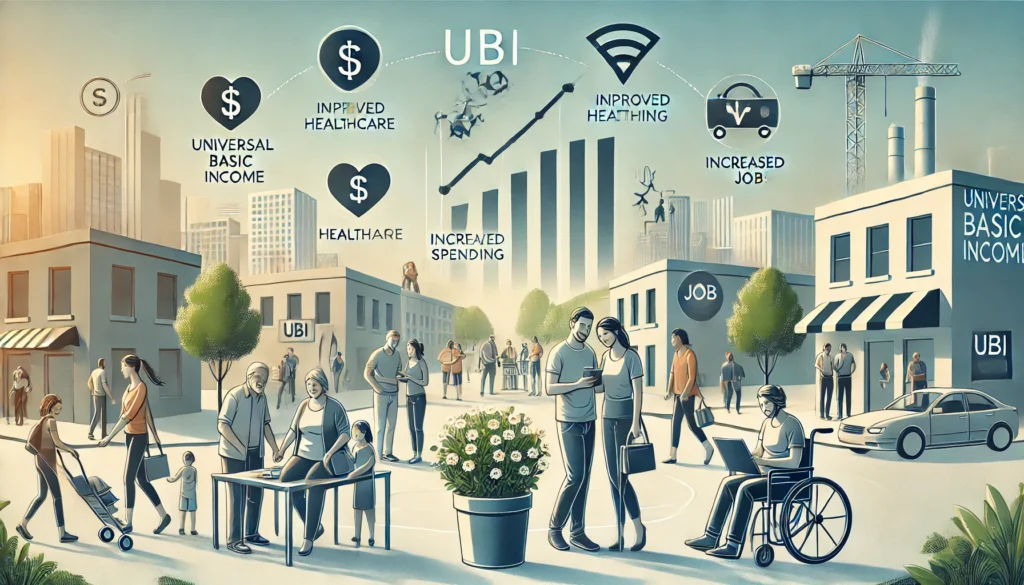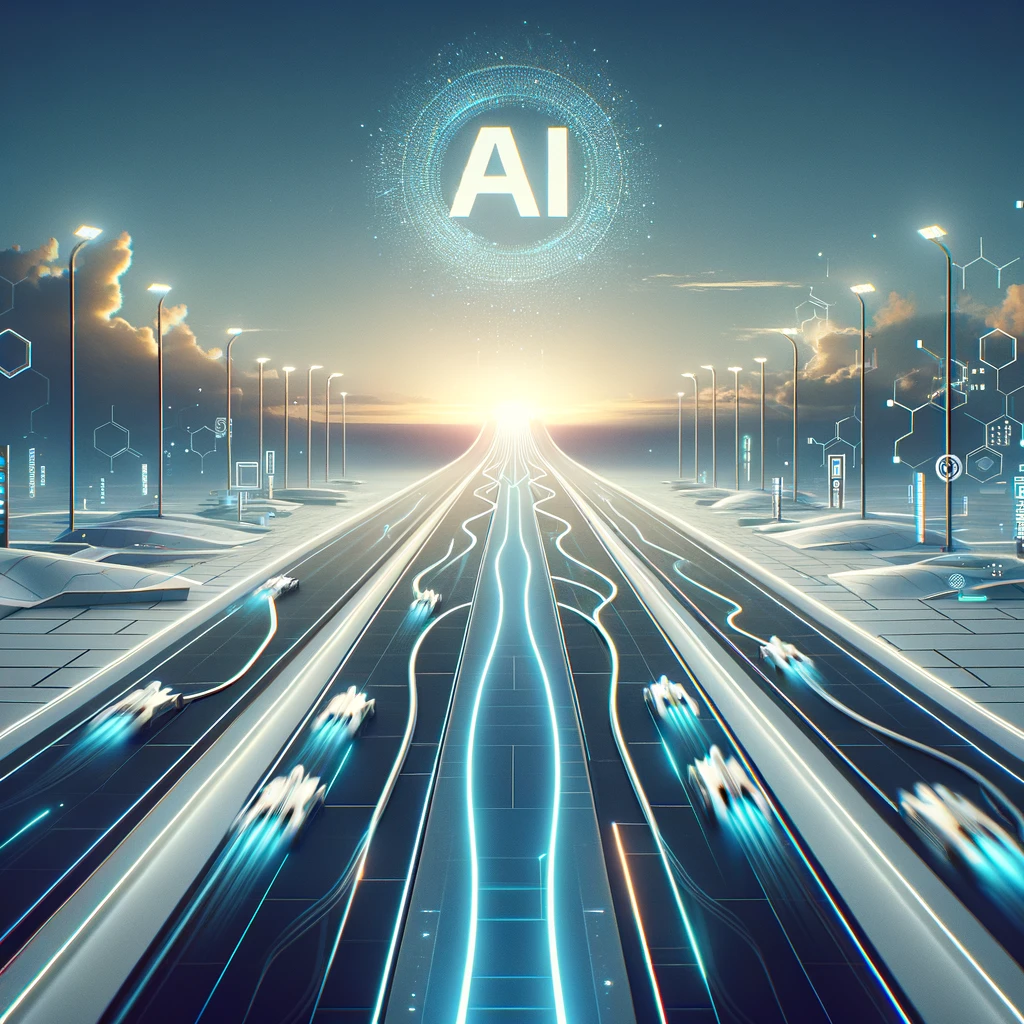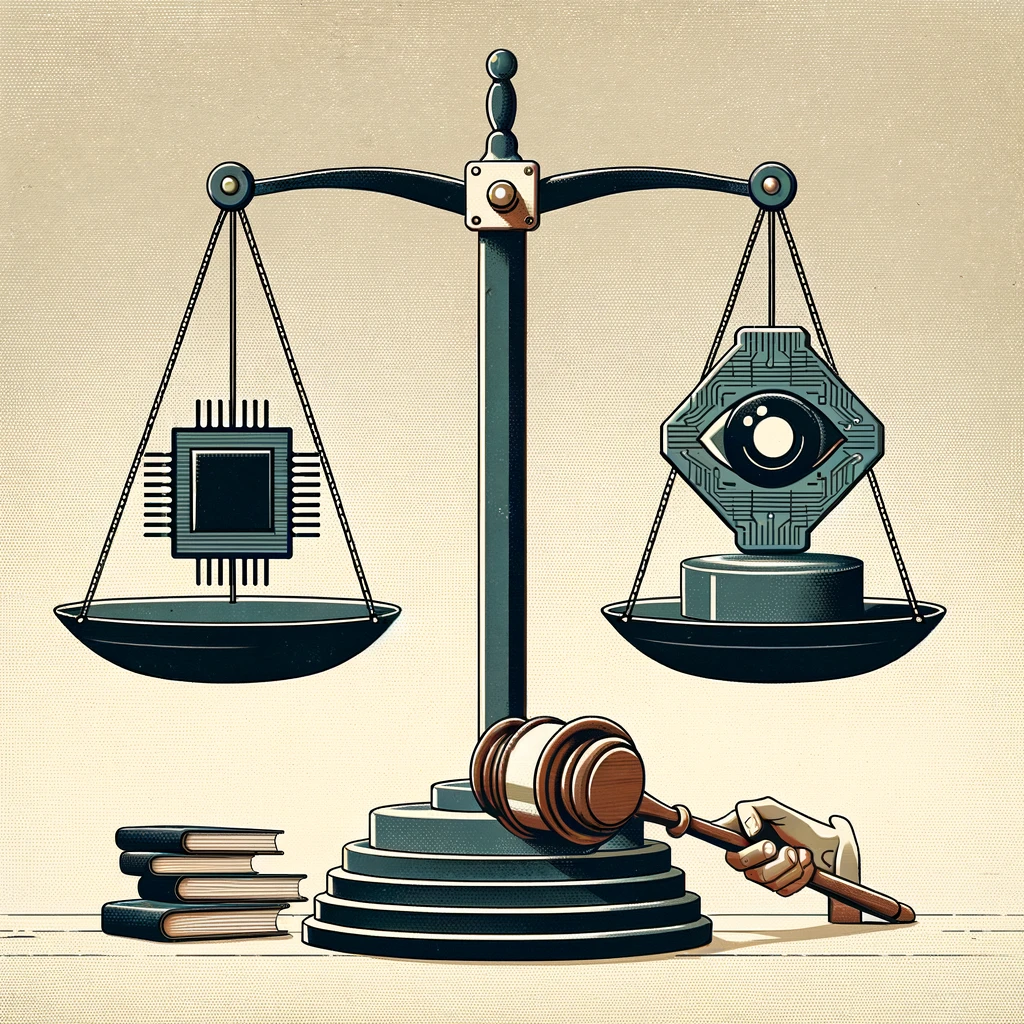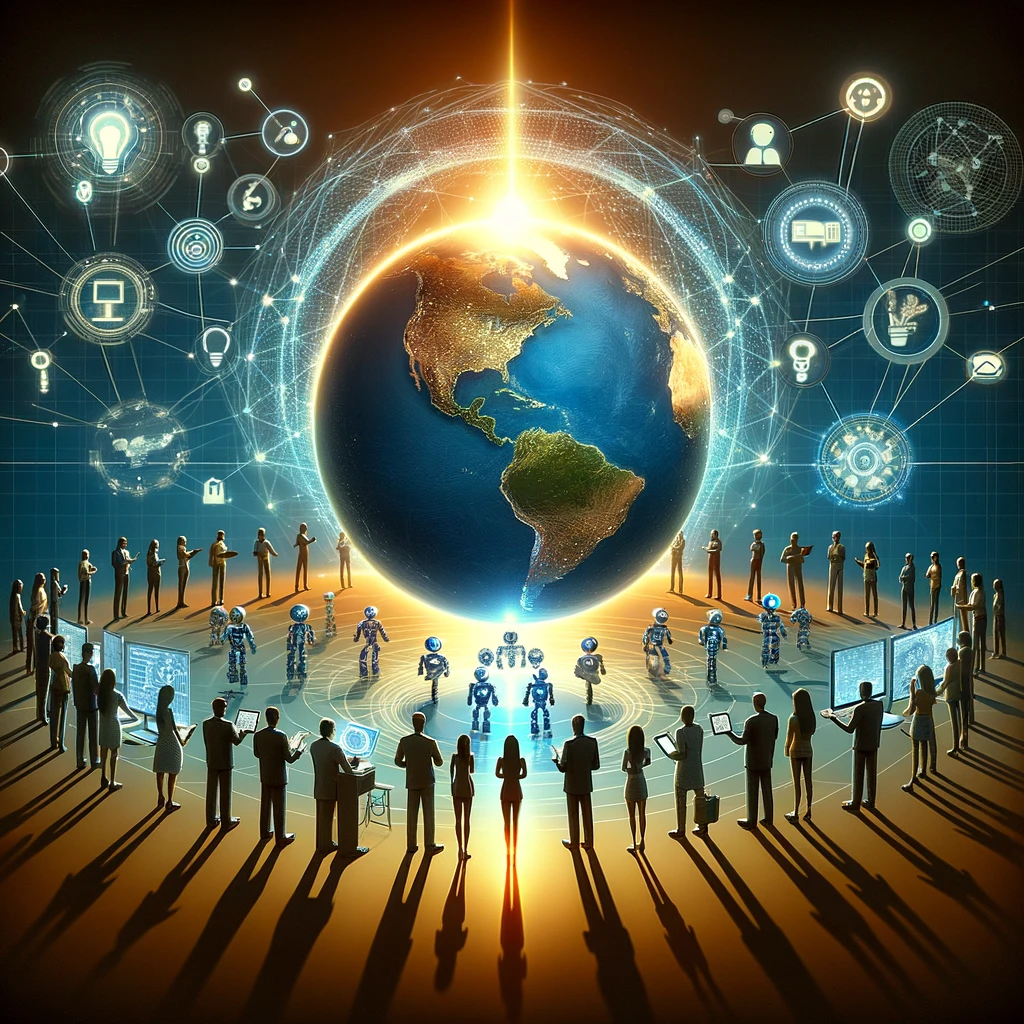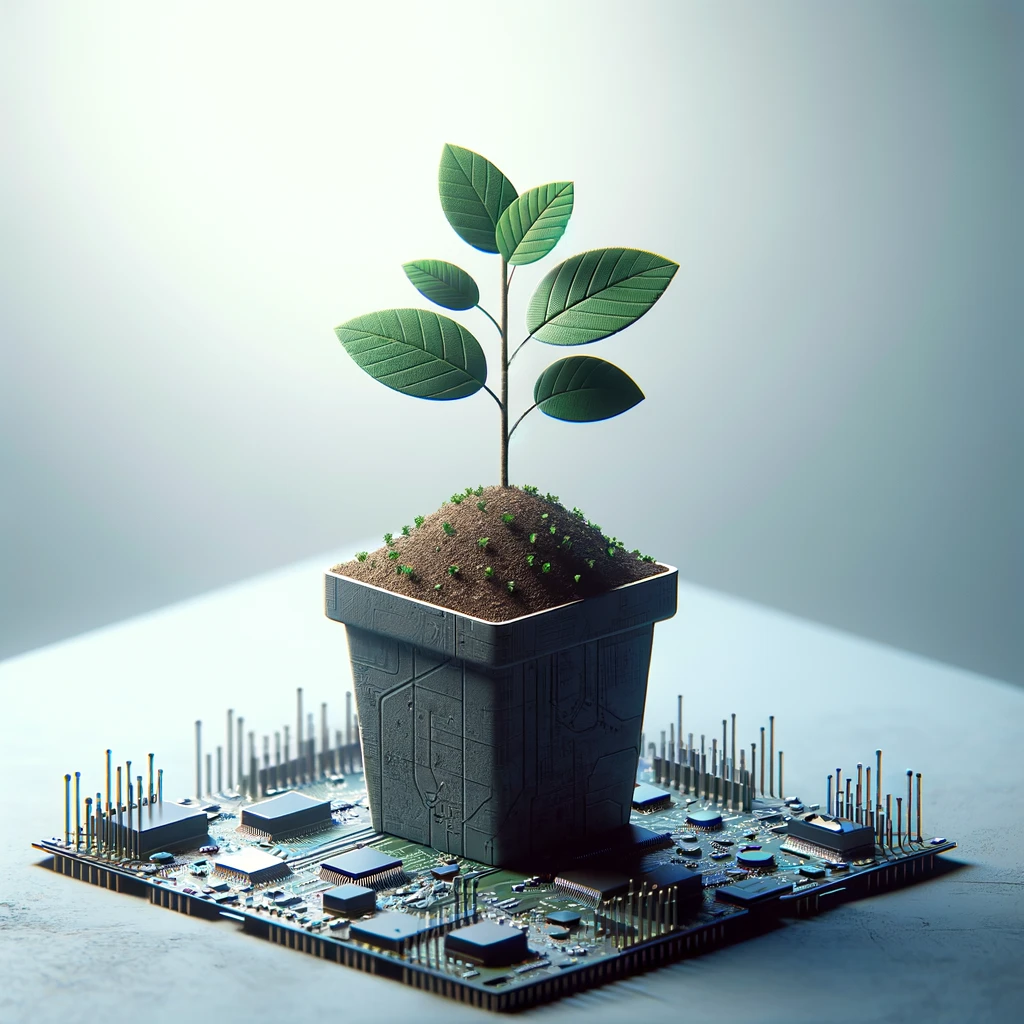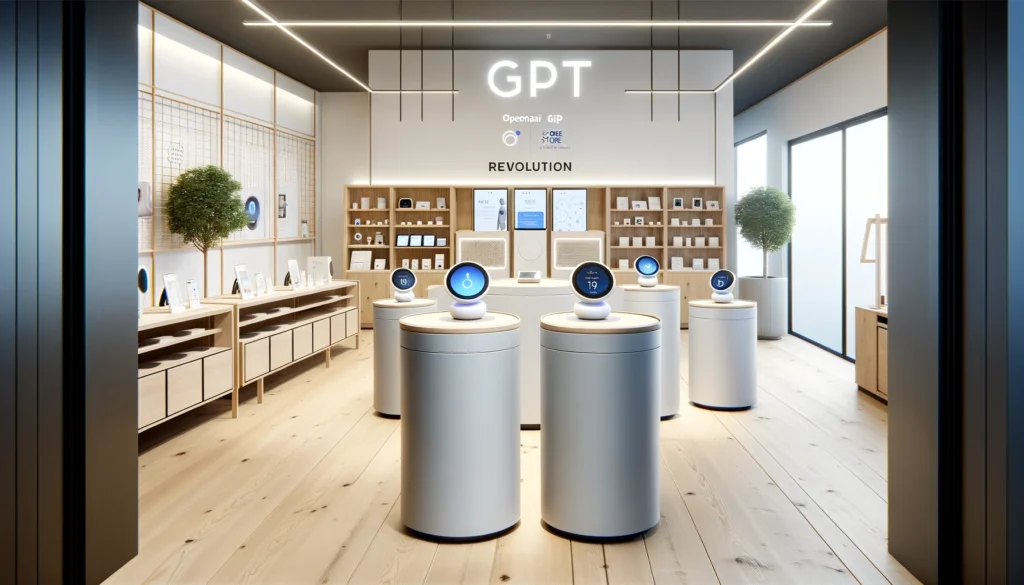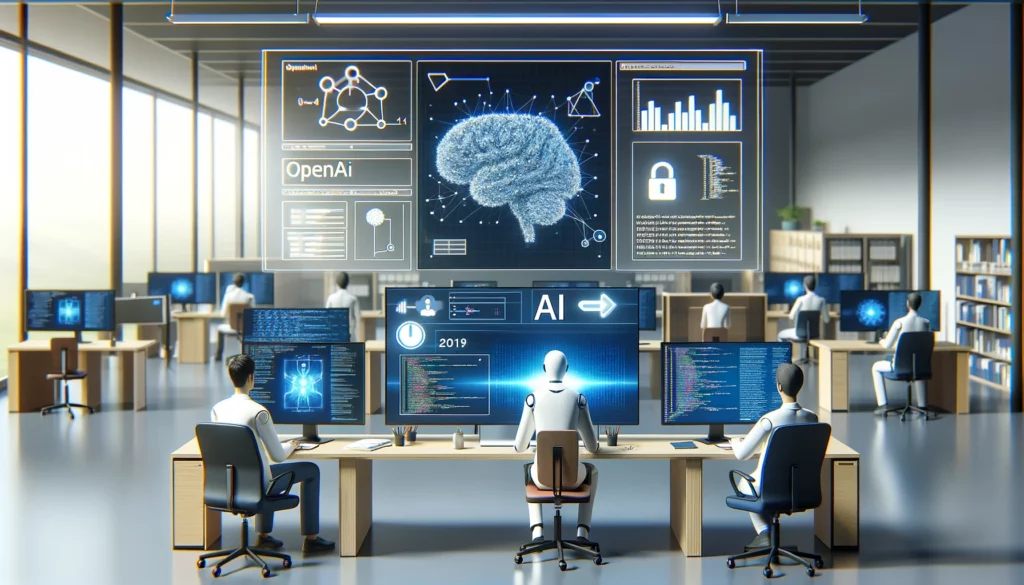AI’s Energy Crunch: Can Data Centers Keep Up?
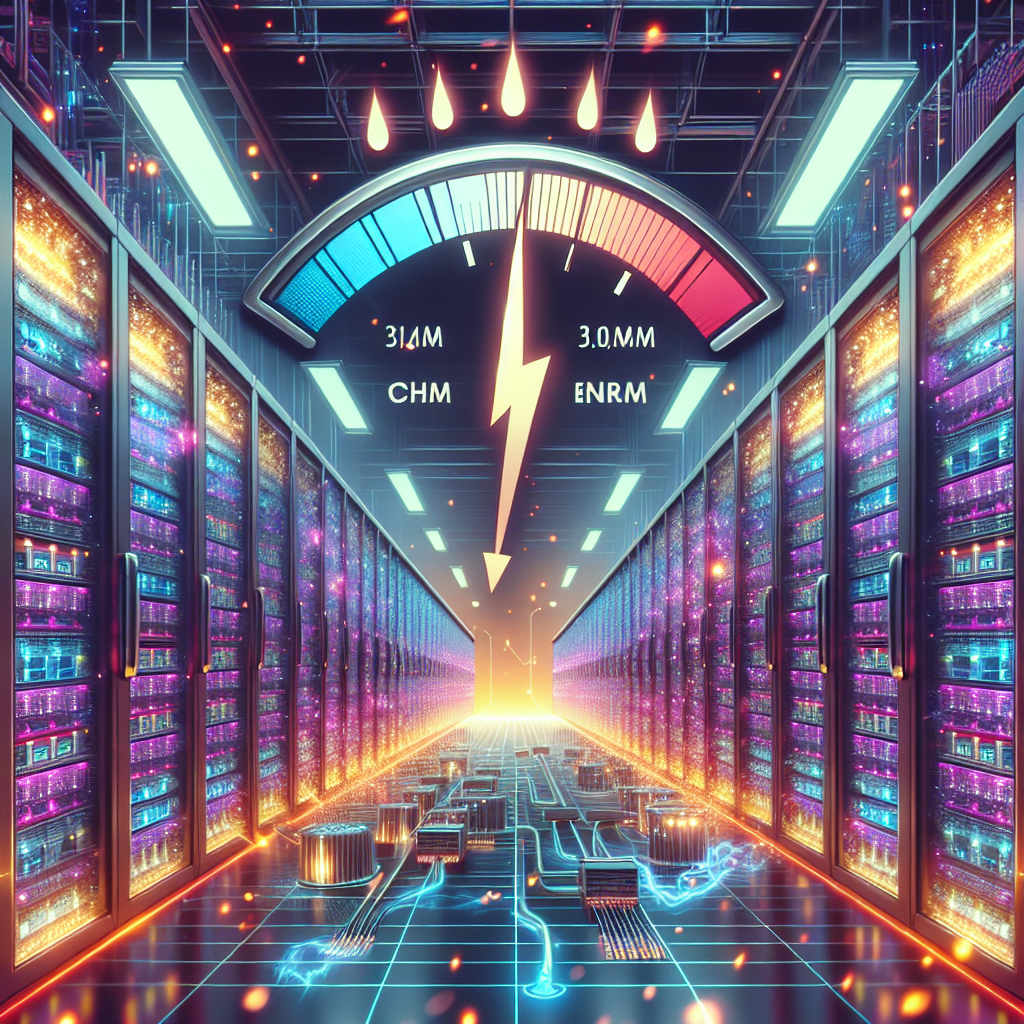
A new bottleneck for the AI boom
Artificial intelligence is growing fast. So is the electricity it needs. As companies roll out ever-larger models and embed AI in everyday tools, data centers are racing to add power, cooling, and space. Utilities are seeing new spikes in demand. Policymakers are watching the grid. The question is no longer whether AI will scale, but whether the infrastructure underneath can keep up without driving up emissions and costs.
The scale of the shift is becoming clearer. In January, the International Energy Agency (IEA) warned that electricity use tied to data centers, AI and cryptocurrencies could double by 2026. In many regions, that means new plants, new transmission lines, and tougher choices about where to build and how to power the next wave of computing.
What is driving the surge
Modern AI depends on specialized chips and vast clusters of servers. Training frontier models involves weeks of nonstop computation. After training, the models run millions or billions of times a day — a phase known as inference — to power chatbots, search answers, and copilots.
- Training: Massive one-time jobs that use clusters of graphics processing units (GPUs) or custom accelerators. Energy demand is concentrated and predictable.
- Inference: Ongoing, often spiky, with usage tied to consumer and enterprise activity. As AI is embedded in more products, inference demand scales with users.
- Data movement: Moving and storing the data used to train and run models also adds a significant load on networks and storage systems, increasing power needs.
Cooling compounds the challenge. High-density racks and accelerators throw off heat. Many new facilities are turning to liquid cooling, which can be more efficient than air but requires design changes and, in some cases, more water.
The numbers behind the warning
In its Electricity 2024 report, the IEA said, “Electricity consumption from data centres, AI and cryptocurrencies could double by 2026.” The agency noted that the trend is global, with hotspots in North America, Europe, and parts of Asia. Ireland is a striking example: data centers already account for a significant share of national electricity use, and regulators have slowed new connections in some areas to protect grid stability.
In the United States, analysts point to a rapid rise in power requests as cloud providers and AI companies plan new campuses. A Lawrence Berkeley National Laboratory review found that the queue of proposed power generation and storage projects in the U.S. grid interconnection process surpassed 2,500 gigawatts by the end of 2023. Not all of that is for AI, but the backlog highlights how demand and supply are out of sync. Many regions will need more clean power and new lines to deliver it.
The pace matters. Building substations and transmission can take years. Chip cycles move faster. That mismatch is prompting a shift in siting strategy, with companies seeking locations near abundant renewables, nuclear plants, or large urban load centers where spare capacity exists.
Industry bets on efficiency and clean power
Technology companies say efficiency is improving even as workloads grow. New chips perform more operations per watt. Software teams compress models, prune parameters, and cache results. Data centers adopt smarter cooling and heat reuse. These gains help, but executives acknowledge they will not offset growth on their own.
- Custom silicon: Many providers are deploying purpose-built chips for AI that deliver better performance per watt than general-purpose GPUs.
- Liquid cooling: Direct-to-chip or immersion techniques reduce cooling energy and allow higher-density racks.
- Model optimization: Techniques like quantization, sparsity, and distillation cut compute needs for inference.
- Siting and contracts: Long-term power purchase agreements (PPAs) and on-site generation help match loads with new wind, solar, hydro, and nuclear resources.
Big tech is also leaning on climate pledges. Google describes a goal of “24/7 carbon-free energy by 2030,” meaning it aims to match electricity use with clean sources every hour of every day on every grid where it operates. Microsoft has committed to be “carbon negative, water positive, and zero waste by 2030,” and has flagged the tension between AI growth and its sustainability targets in recent reports. These commitments are voluntary but measurable, and investors are watching progress closely.
Grids under pressure — and opportunity
For utilities, AI demand is both a challenge and a business opportunity. New data centers can anchor long-term investments in generation and transmission. But rapid load growth can strain reliability if it outpaces planning. In some places, utilities are asking for more demand response and flexibility from data centers, such as shifting non-urgent training jobs to off-peak hours or aligning workloads with periods of abundant wind or solar.
Permitting remains a bottleneck. Transmission lines face local opposition. Interconnection queues move slowly. Regulators are testing ways to speed approvals without weakening safeguards. Some states and countries are updating siting rules to steer data centers to zones with capacity and to require efficiency standards.
Water use is another concern. Cooling needs can increase withdrawals in dry regions, especially for evaporative systems. Companies say they are improving water efficiency and investing in reuse, but community scrutiny is rising.
What it means for consumers and the climate
The outcome will influence electricity prices and emissions. If new AI-driven load is met mainly with fossil generation, climate targets get harder. If it pulls through new clean power and storage, it can accelerate decarbonization by providing steady demand for renewables. The reality will vary by region and by how quickly grids modernize.
Consumers may see AI-enabled services expand while infrastructure catches up. There are also positive spillovers. AI tools can help forecast wind and solar output, detect faults on power lines, and optimize building energy use. Those gains could offset some of the new demand at the system level.
Policy choices ahead
Governments are moving from statements to specifics. The United Nations adopted a resolution in 2024 calling for “safe, secure and trustworthy” AI systems, a broad principle that also covers the physical risks of scaling. Energy regulators now face practical decisions about where and how fast to build, and how to align AI growth with climate goals.
- Standards: Efficiency and transparency benchmarks for data centers and AI workloads can inform permits and incentives.
- Planning: Integrated resource planning that includes expected AI loads can prevent surprises and reduce costs.
- Clean power: Faster interconnection, transmission upgrades, and support for firm low-carbon resources (such as geothermal, nuclear, and long-duration storage) can meet new demand without raising emissions.
- Water: Local water-use standards and reporting can ensure projects fit community resources.
- Flexibility: Programs that reward shifting compute to match renewable output can improve grid stability.
The next two years will set the tone. AI is not the first technology to test energy systems, but its speed and scale are unusual. As the IEA put it, the risk is clear: demand “could double by 2026.” Whether that becomes a climate liability or a catalyst for cleaner grids will depend on choices made now by companies, regulators, and communities.










